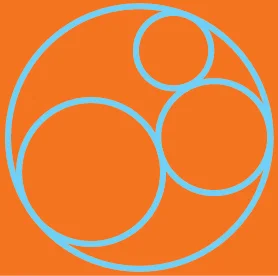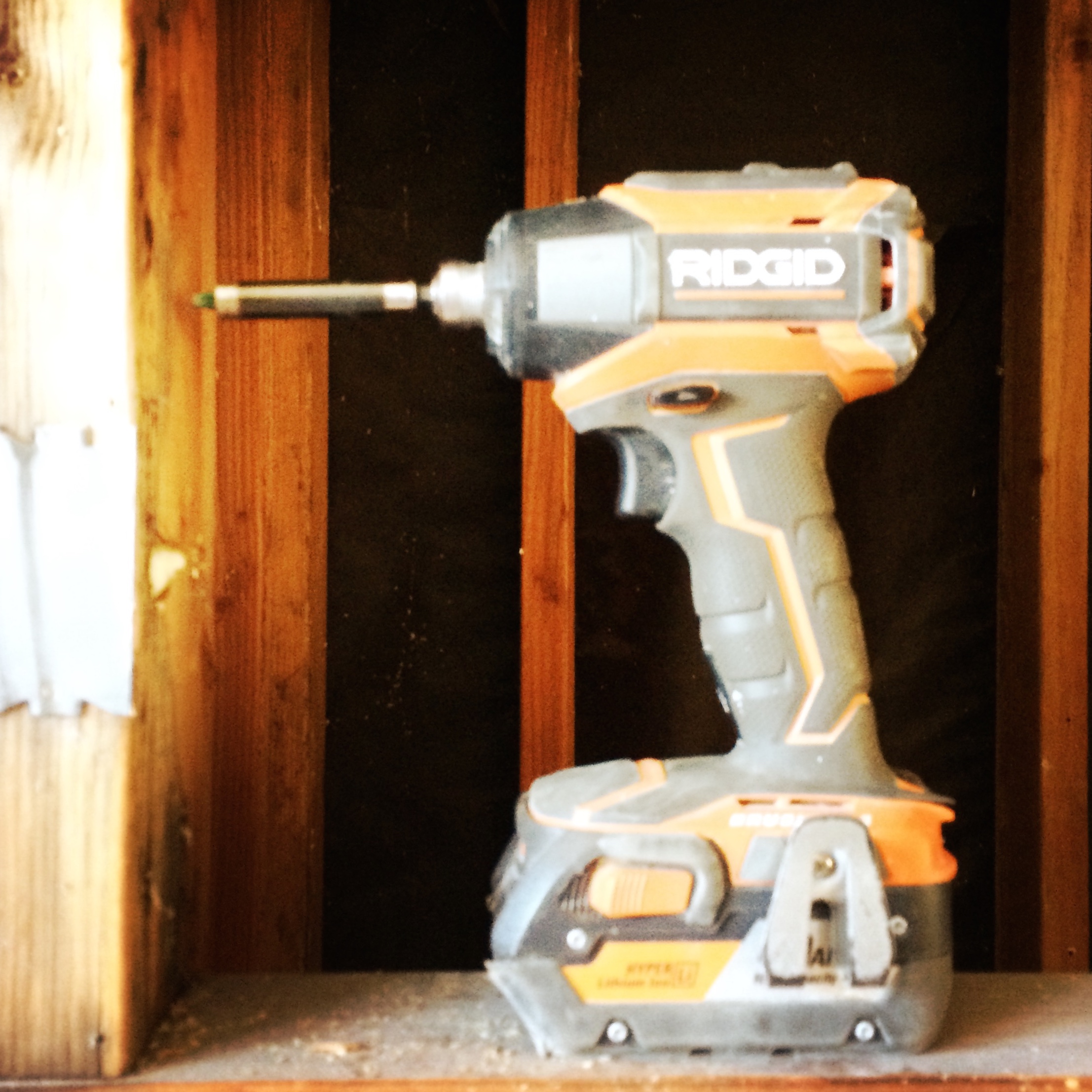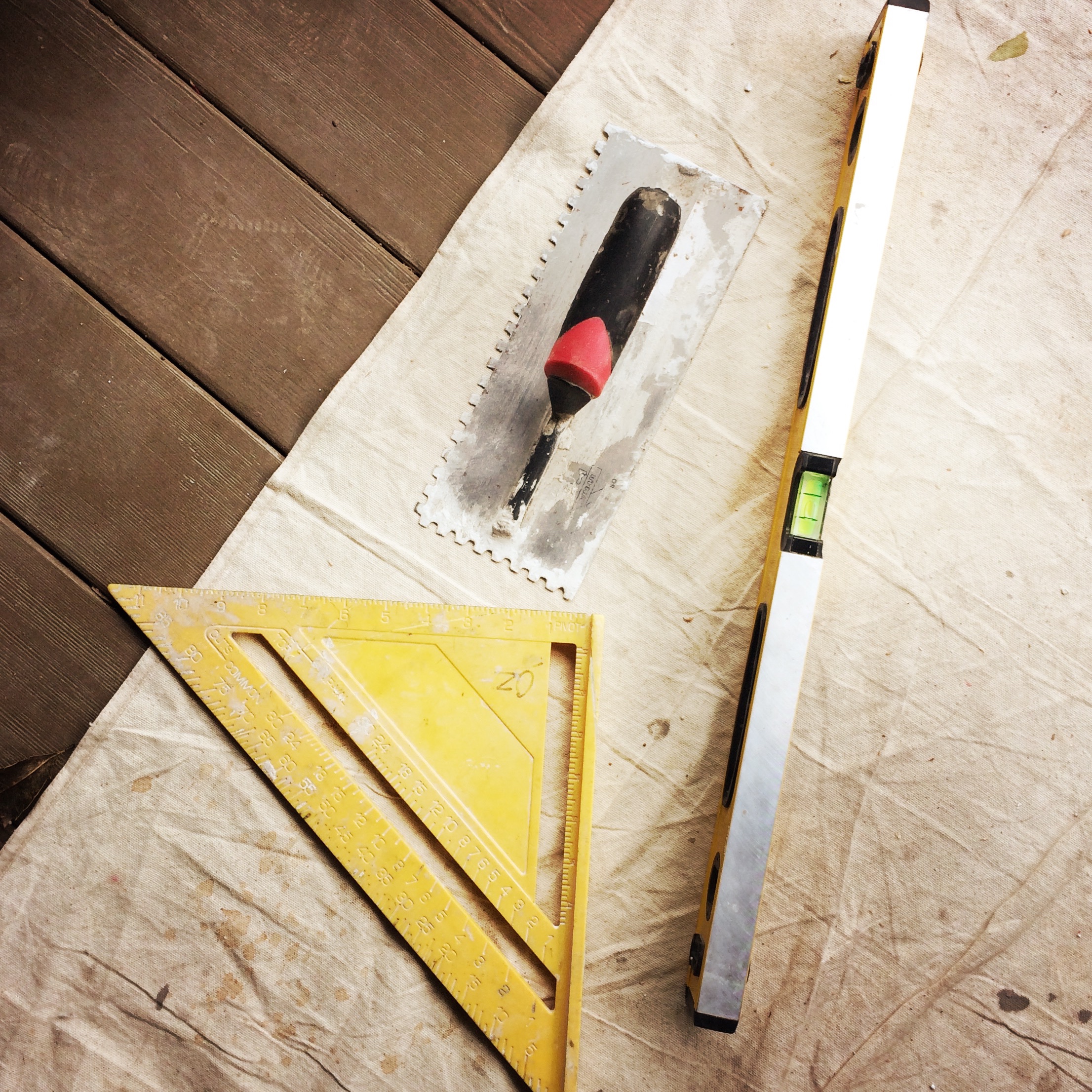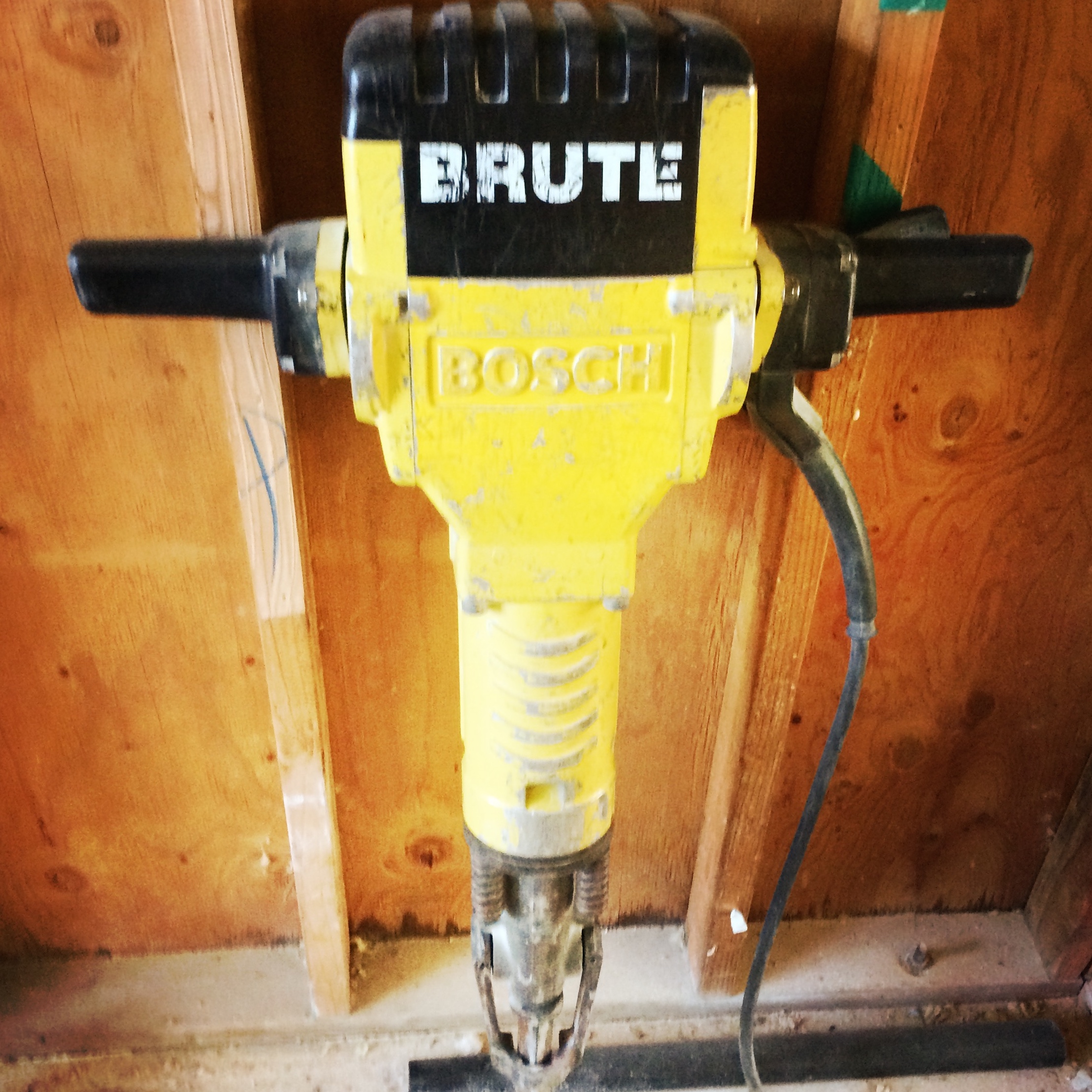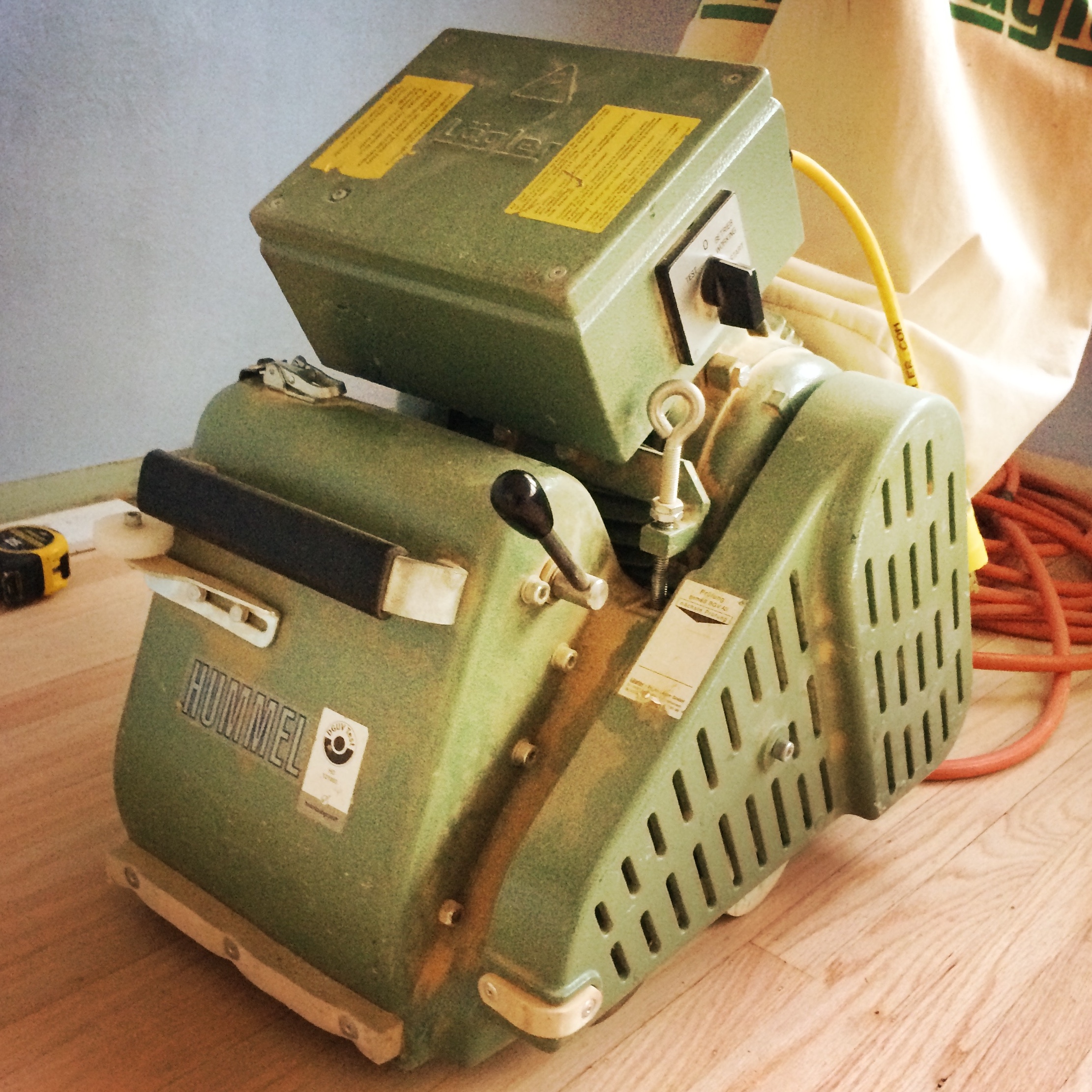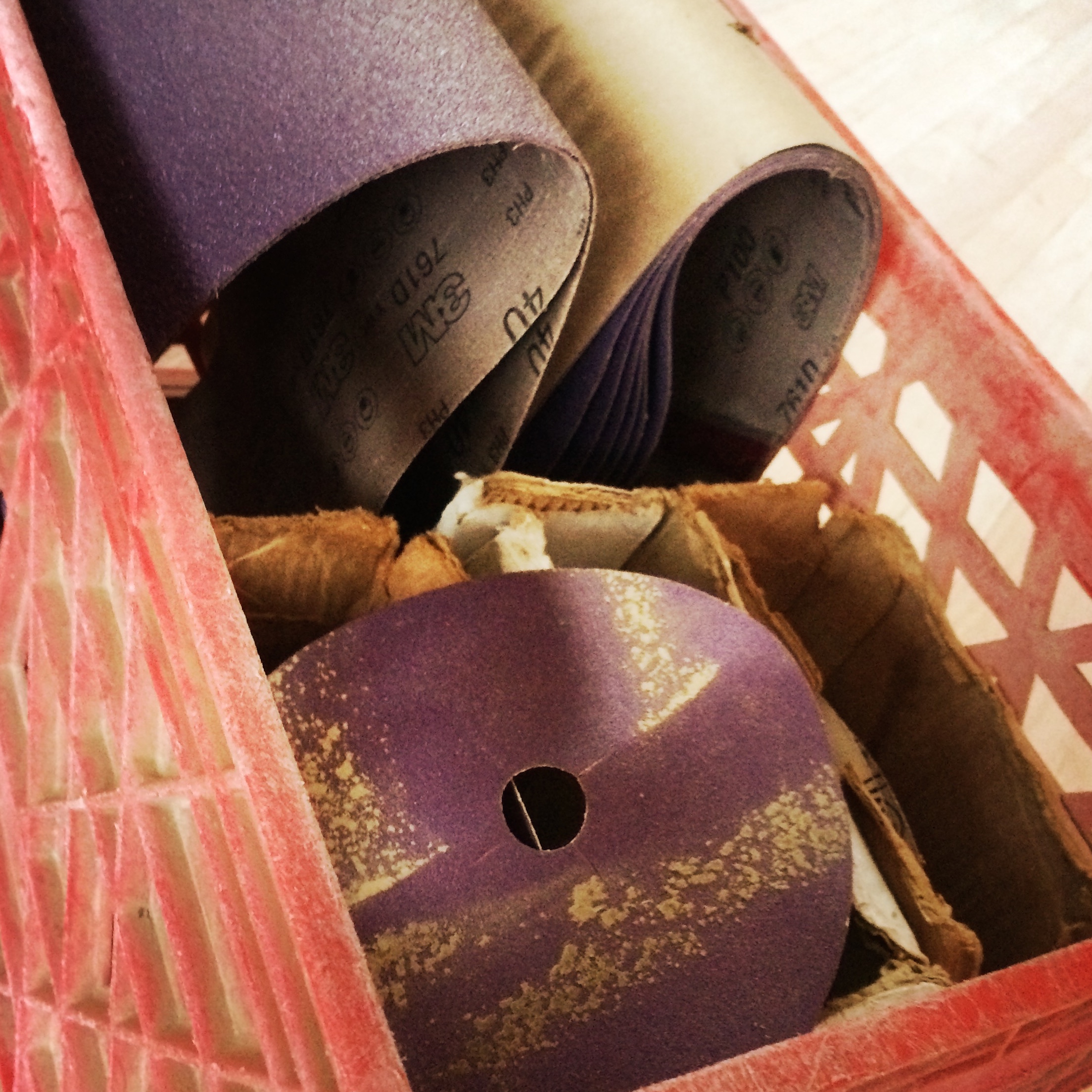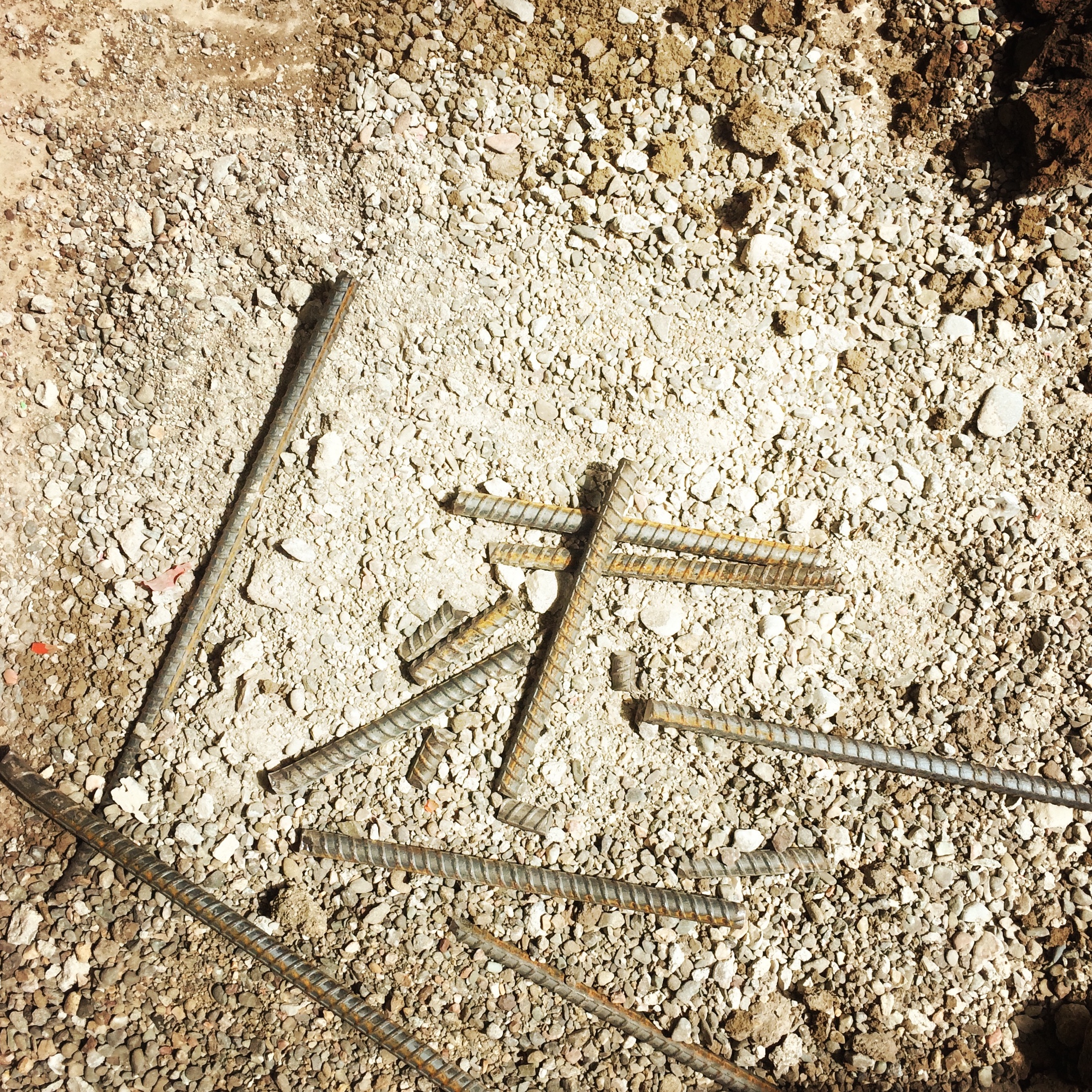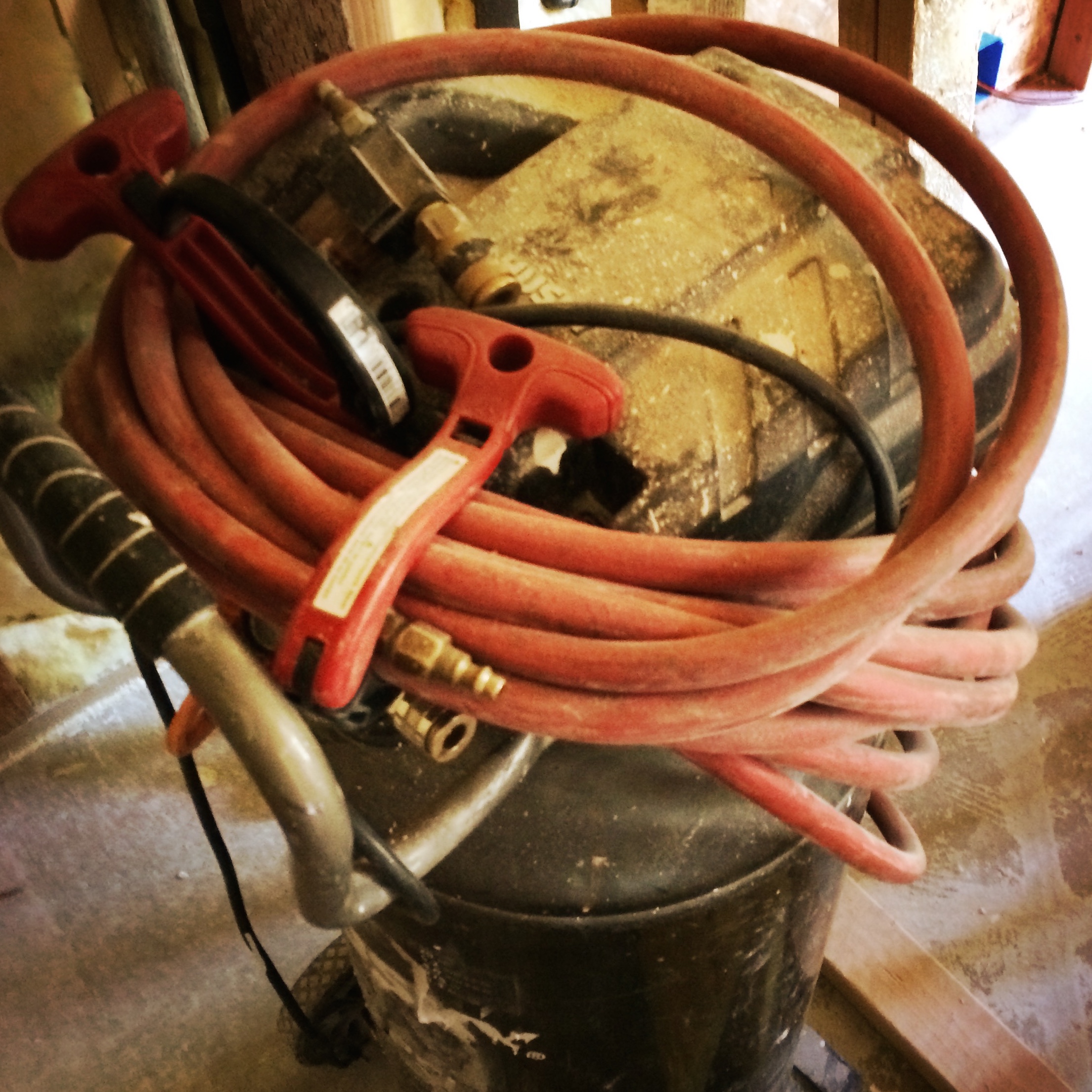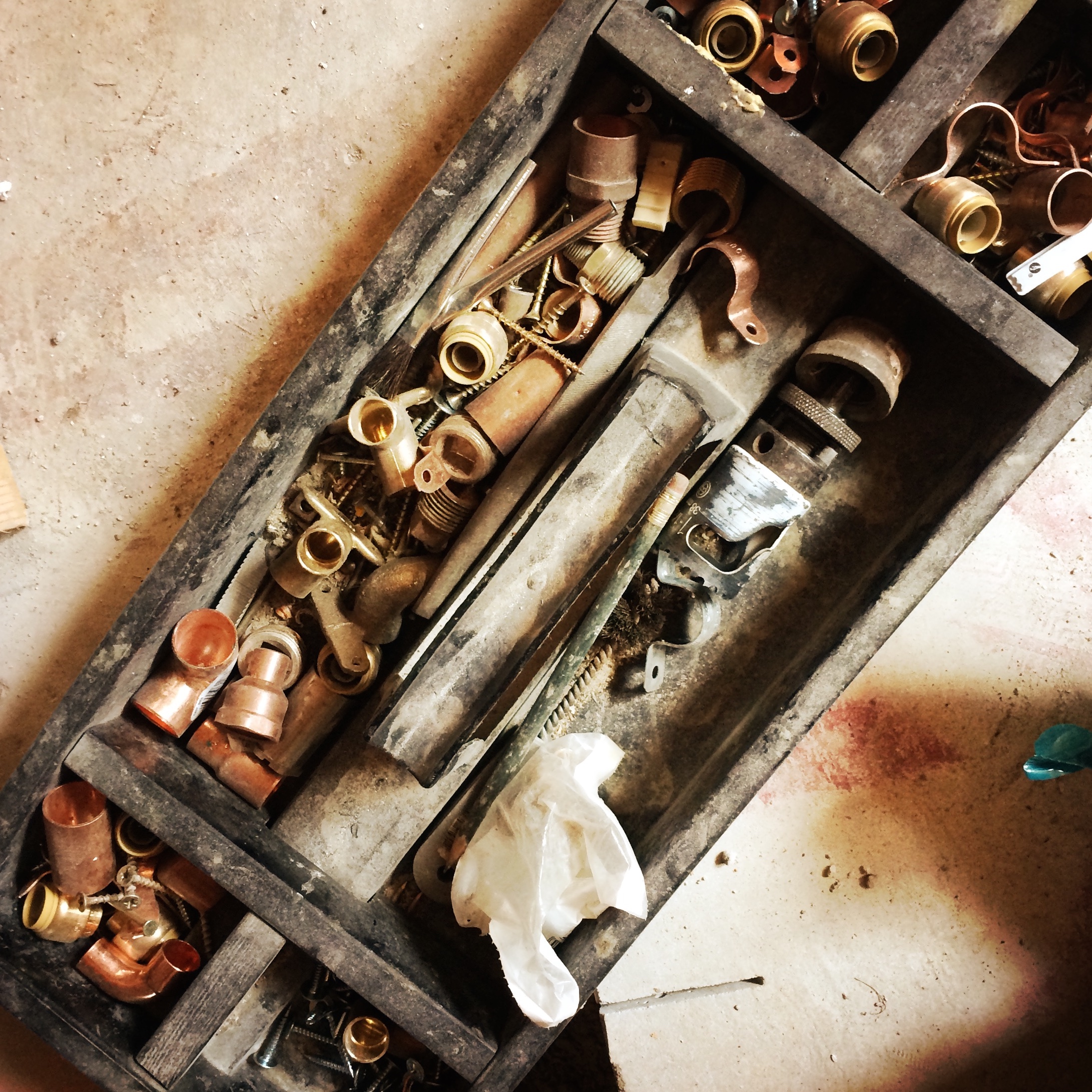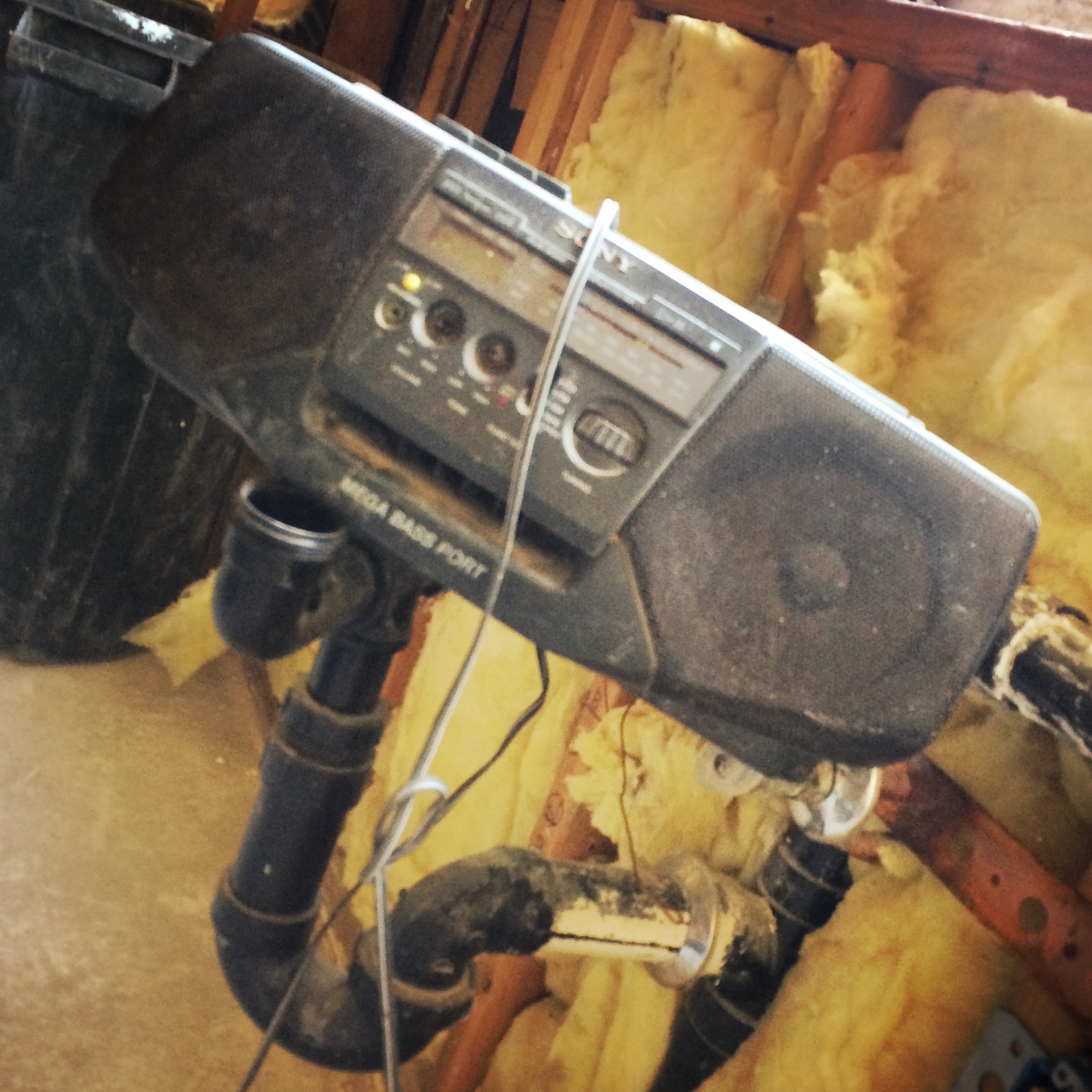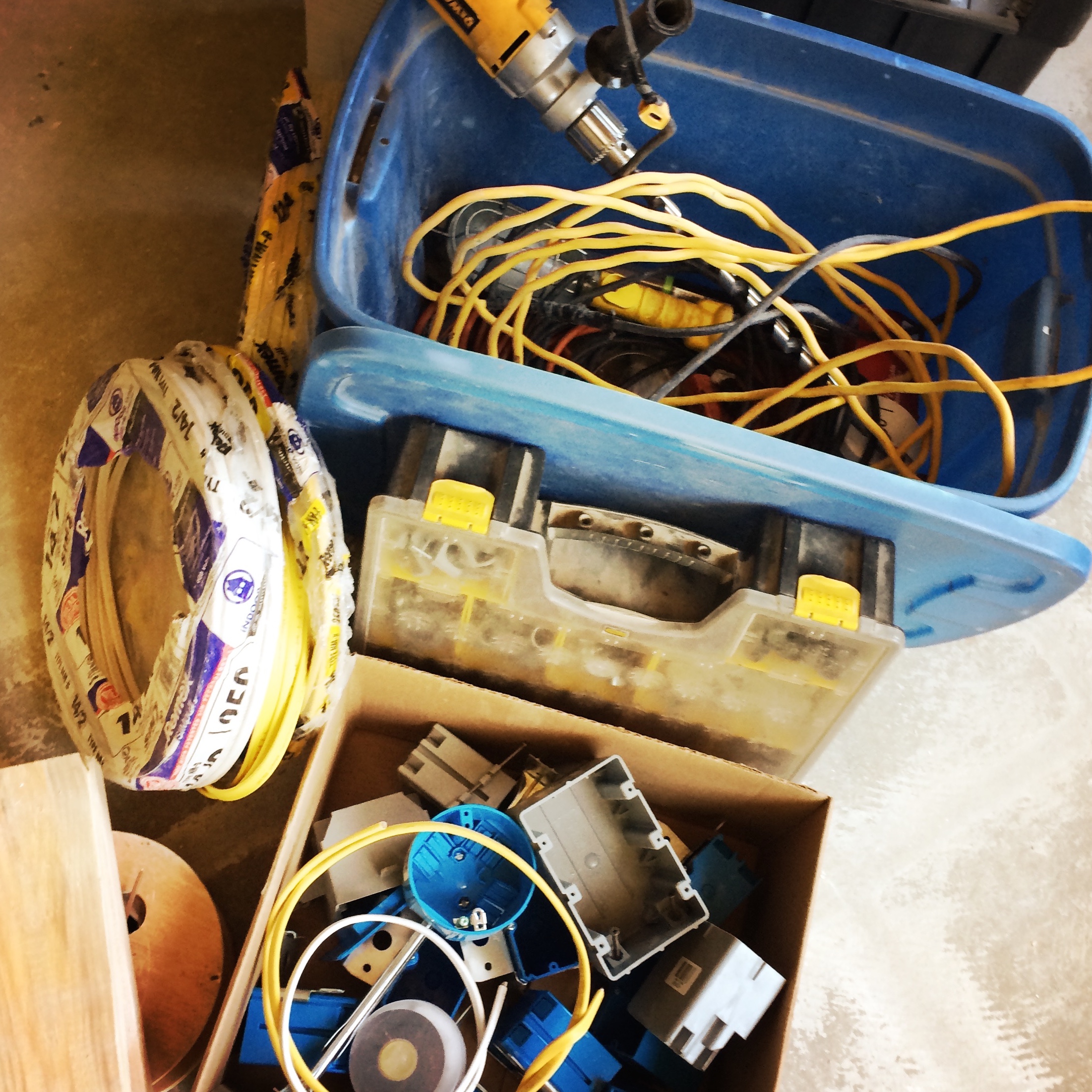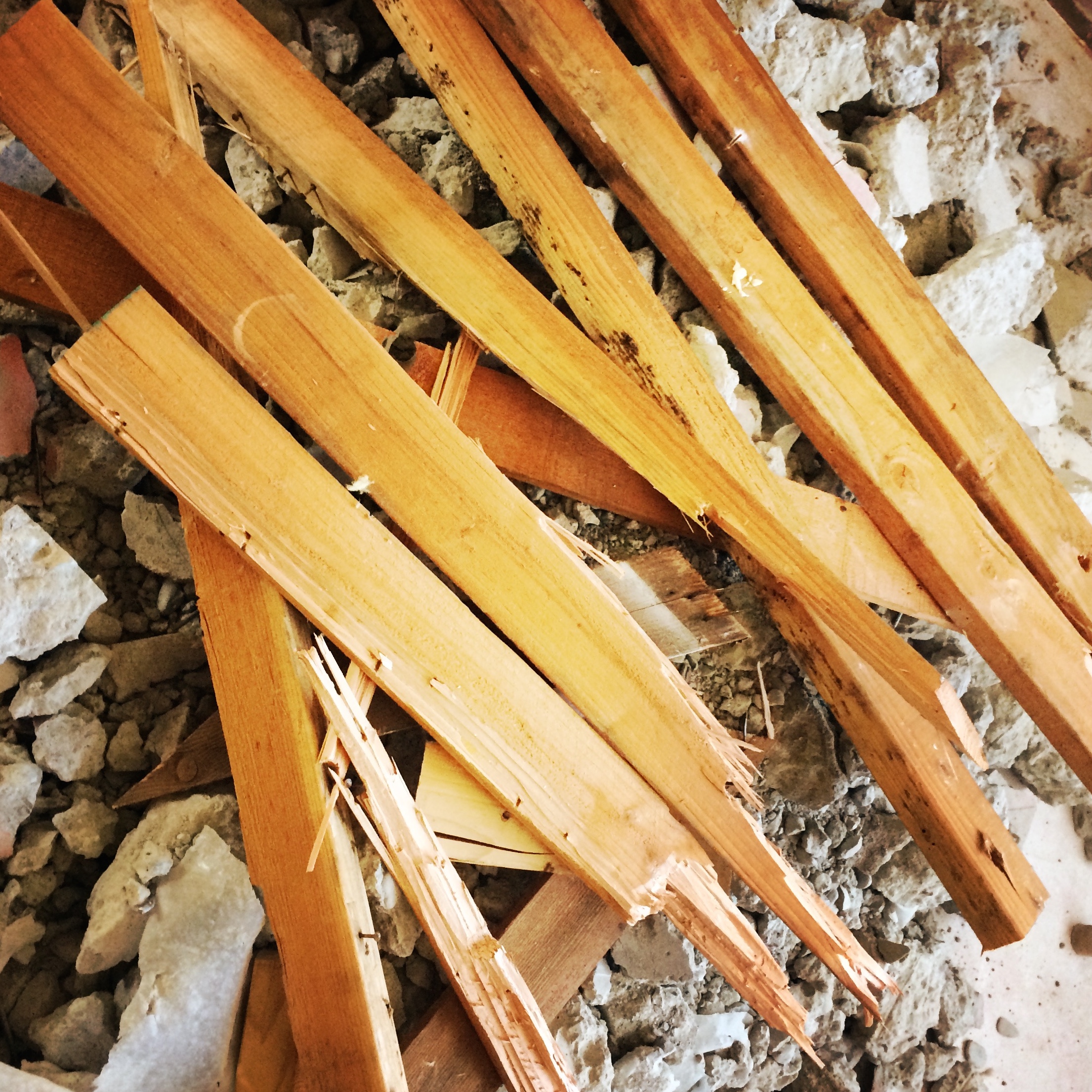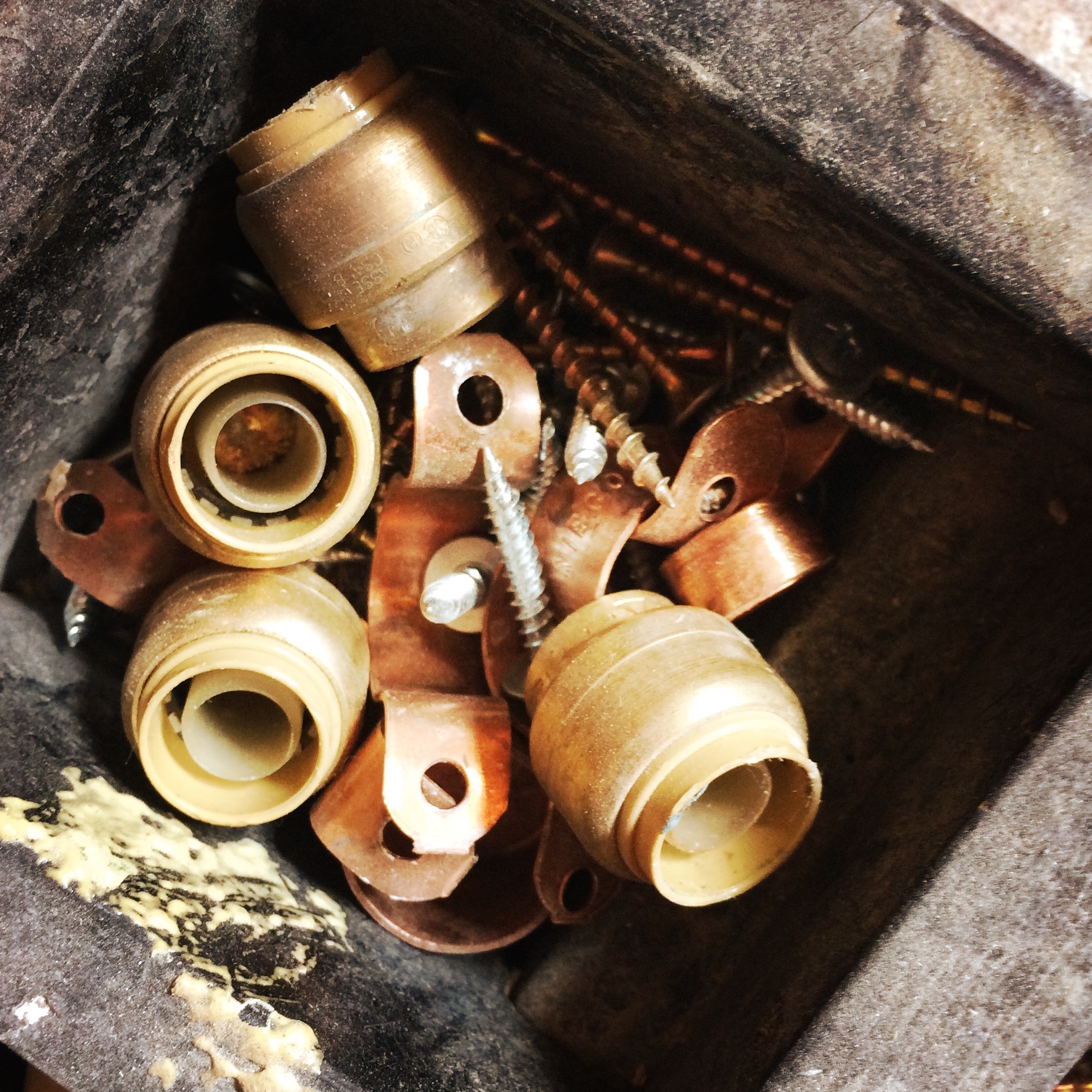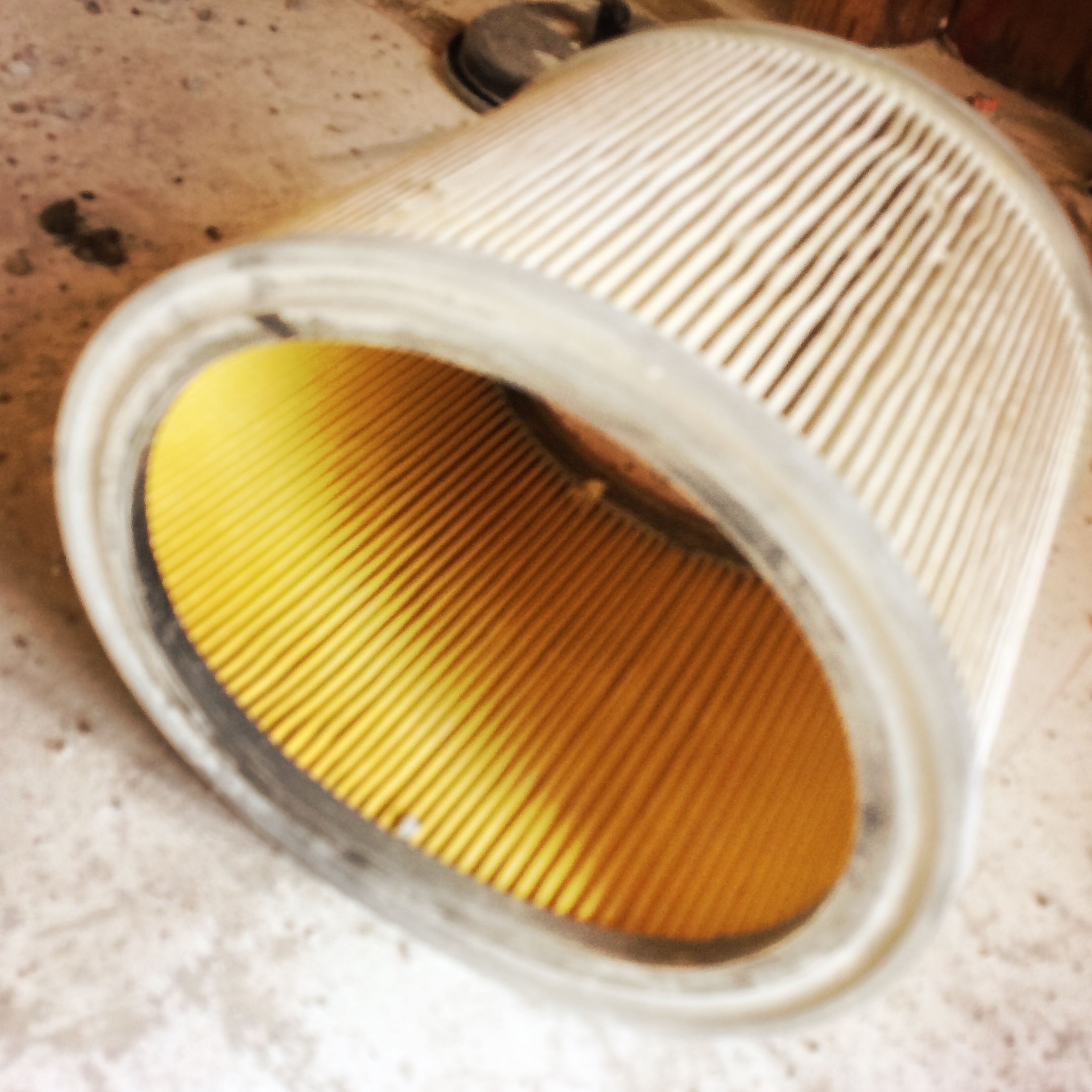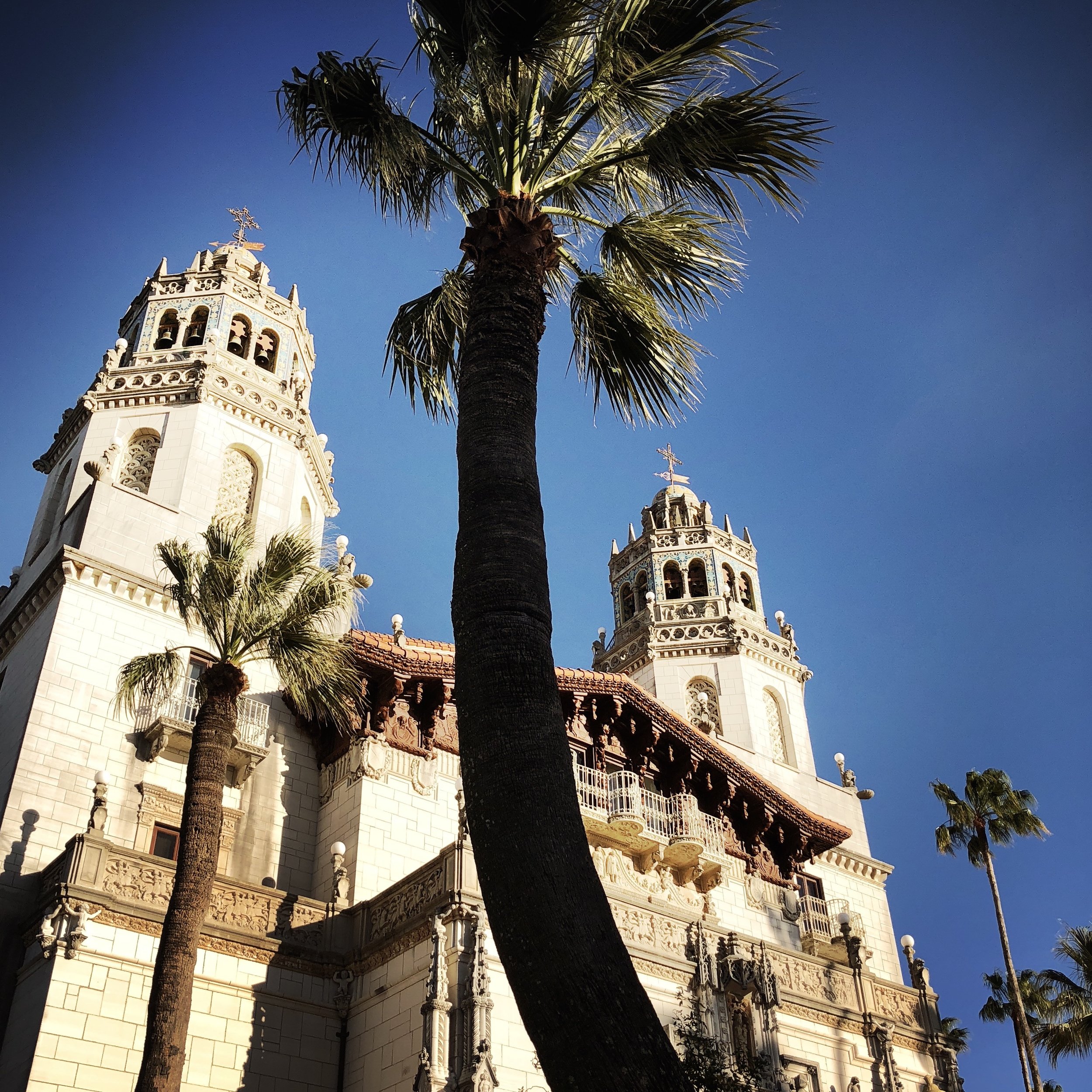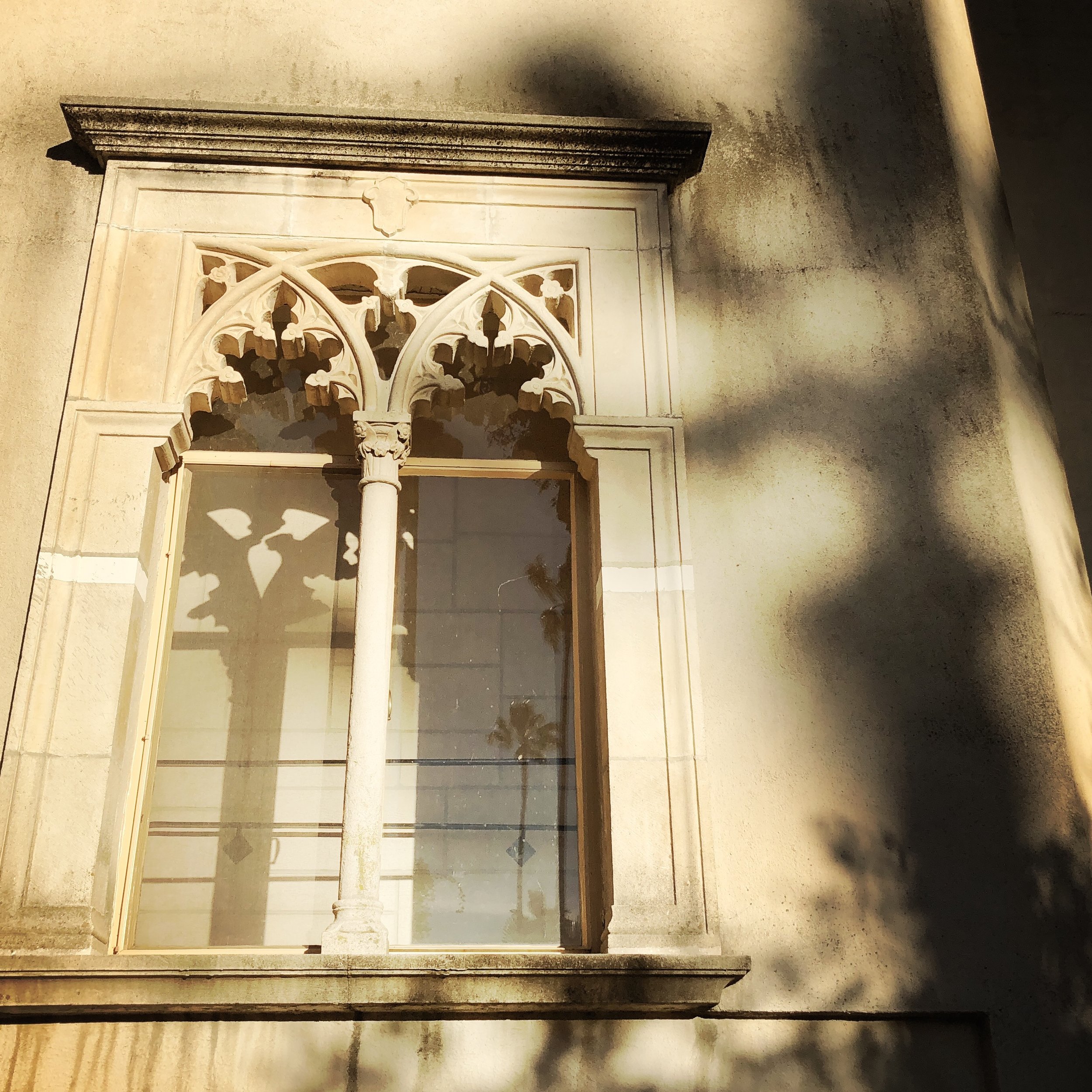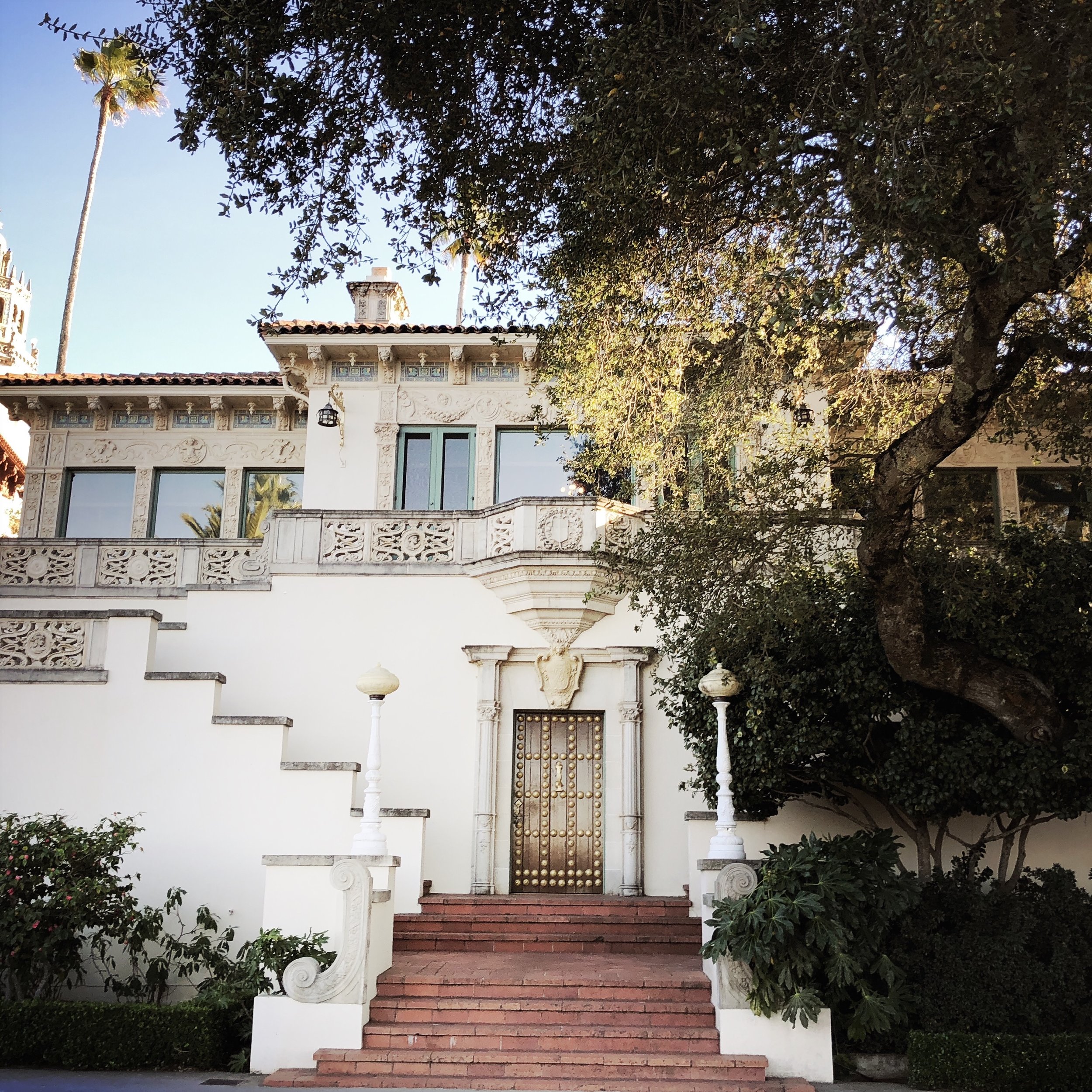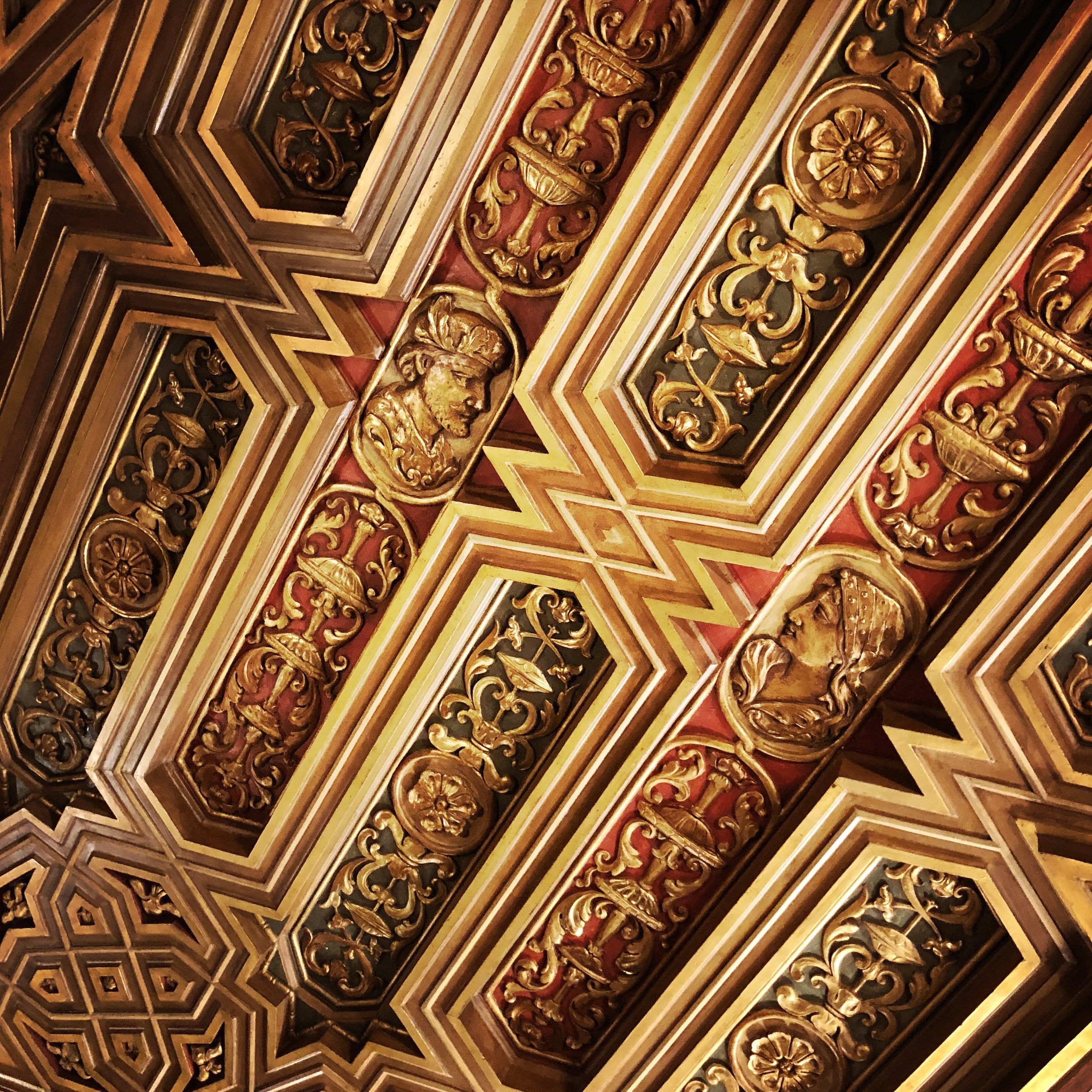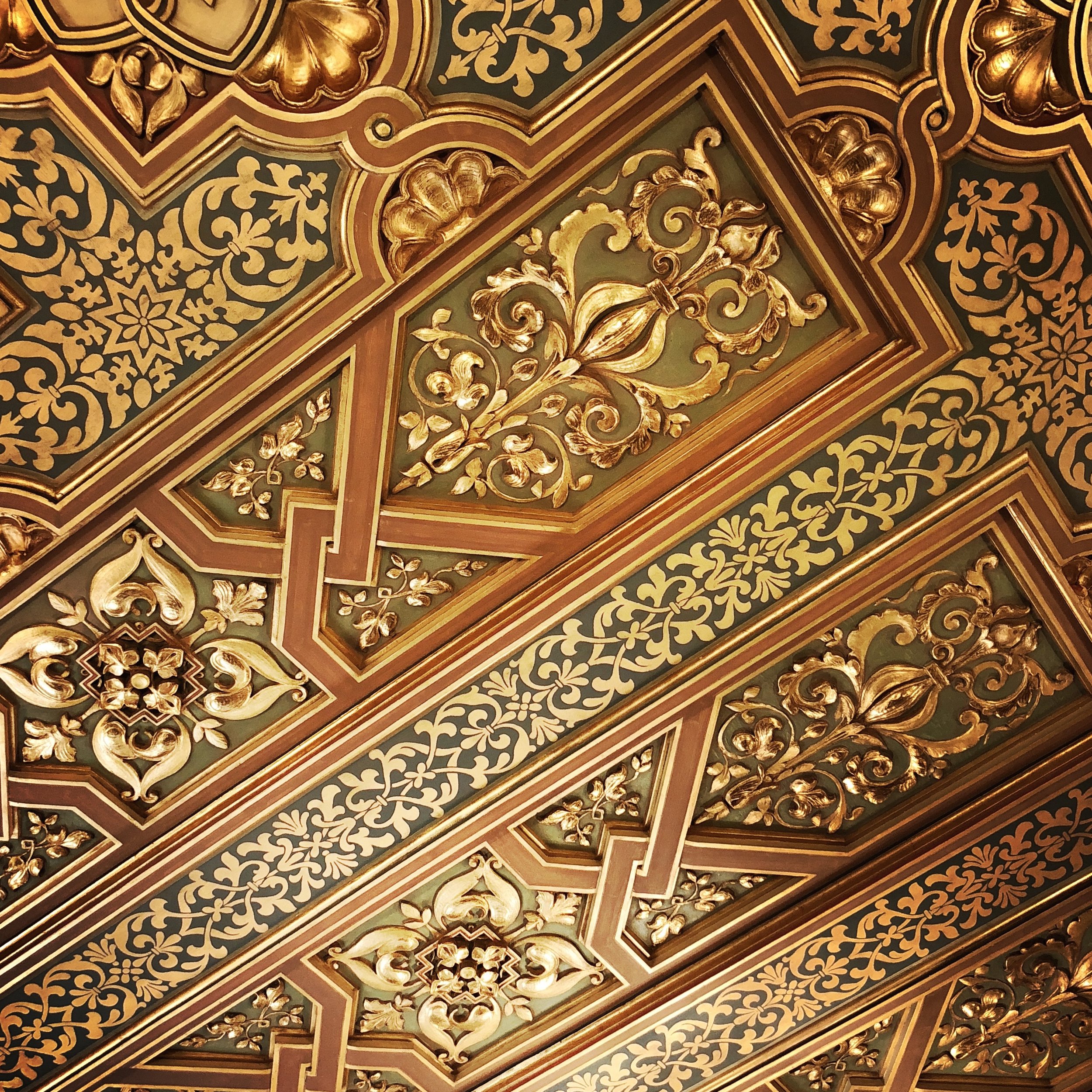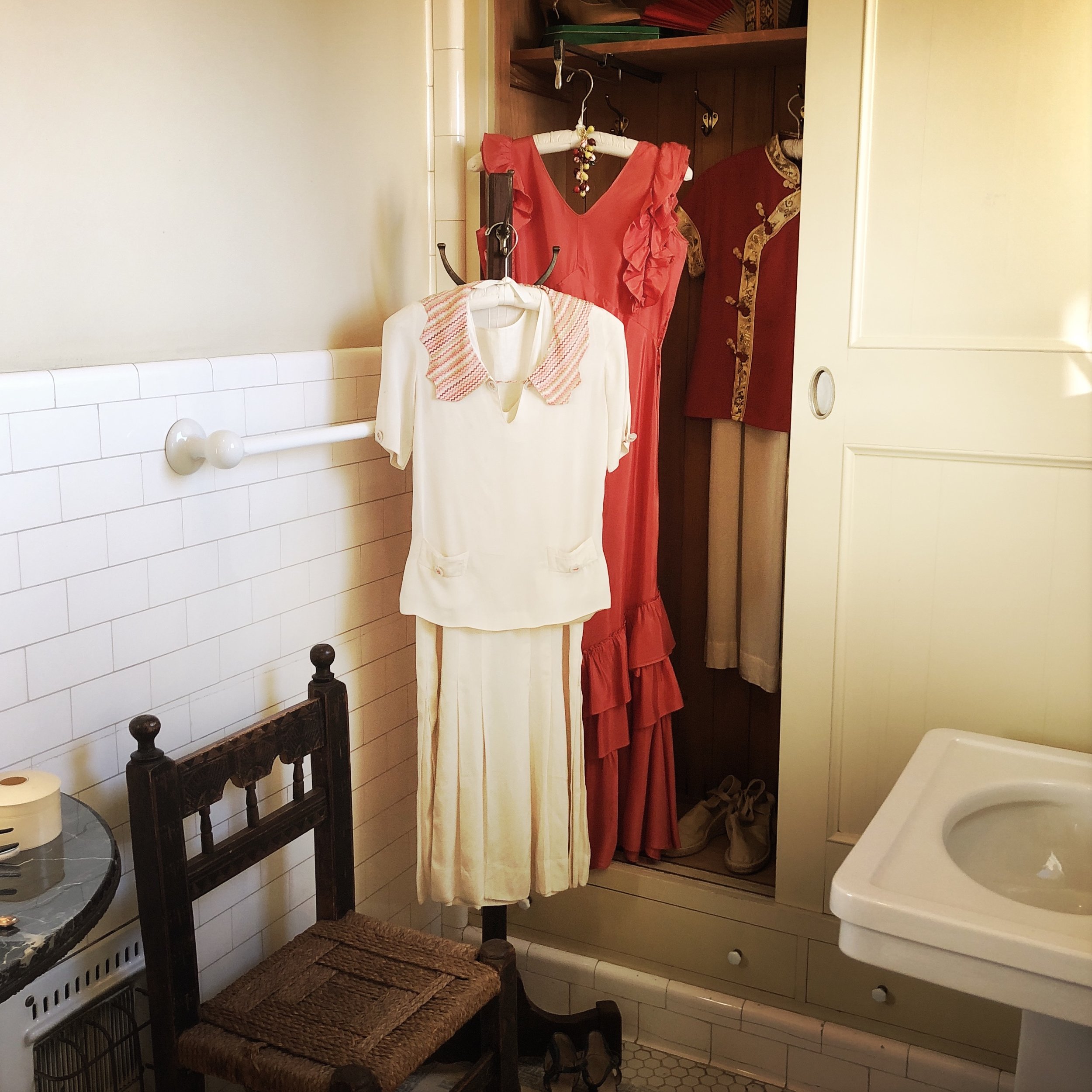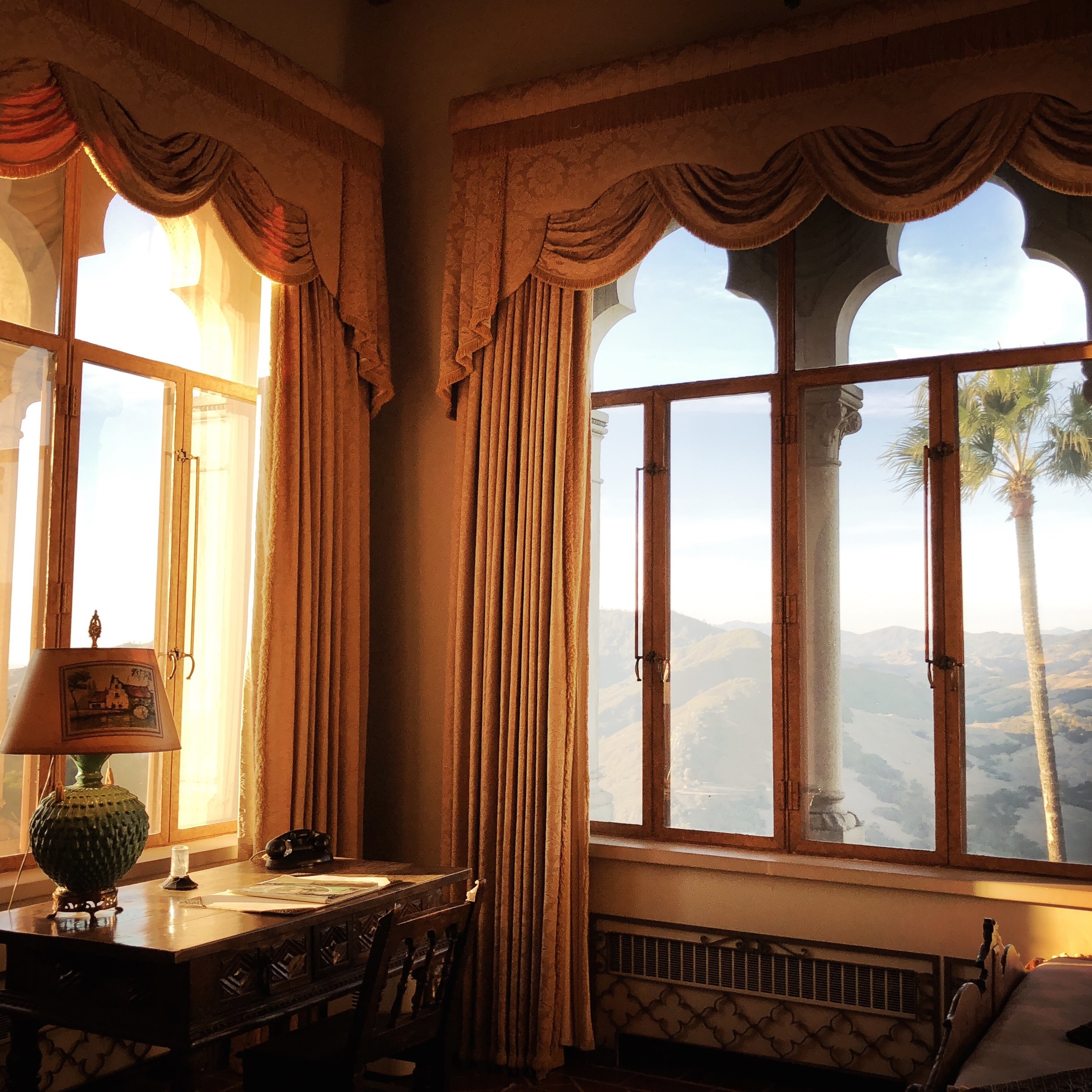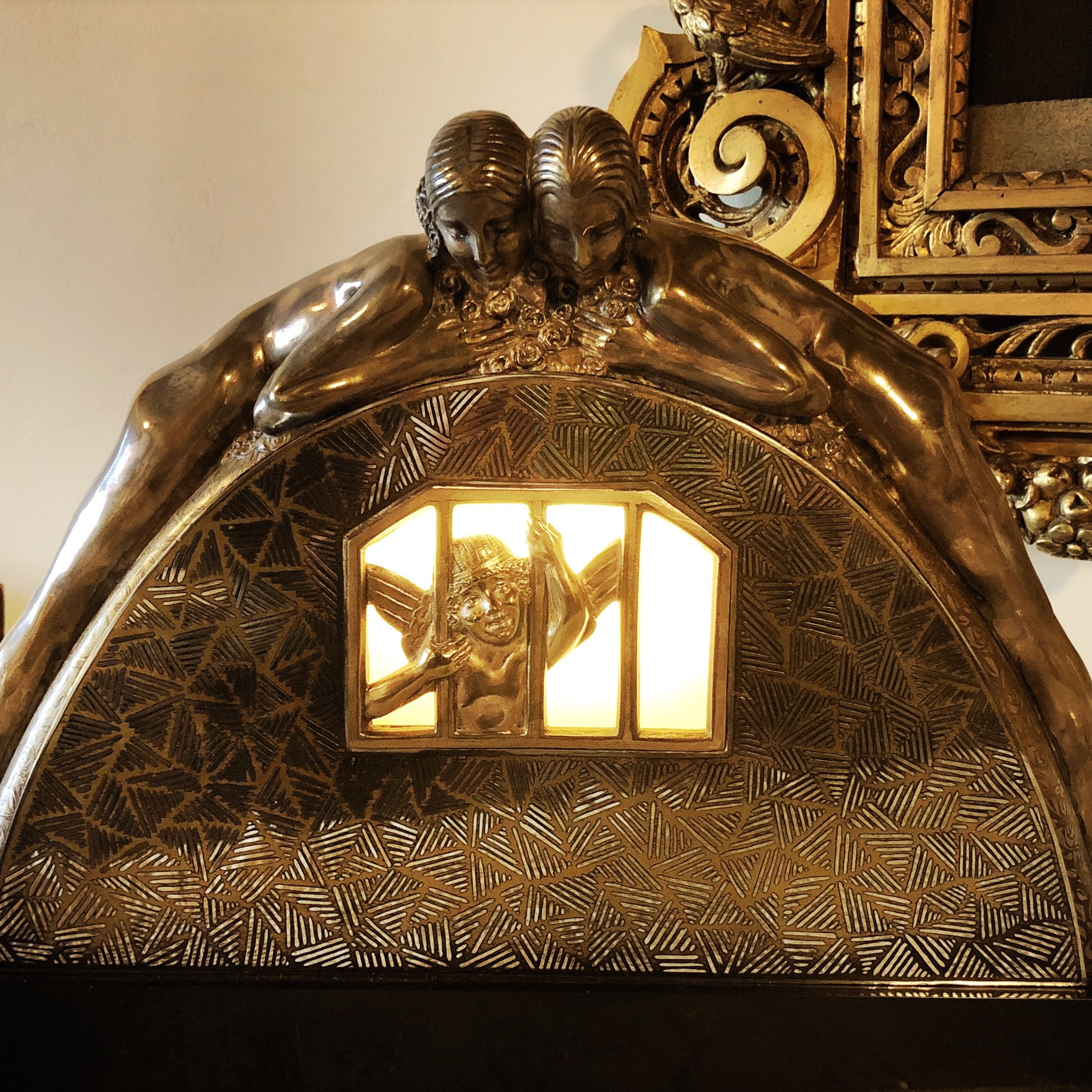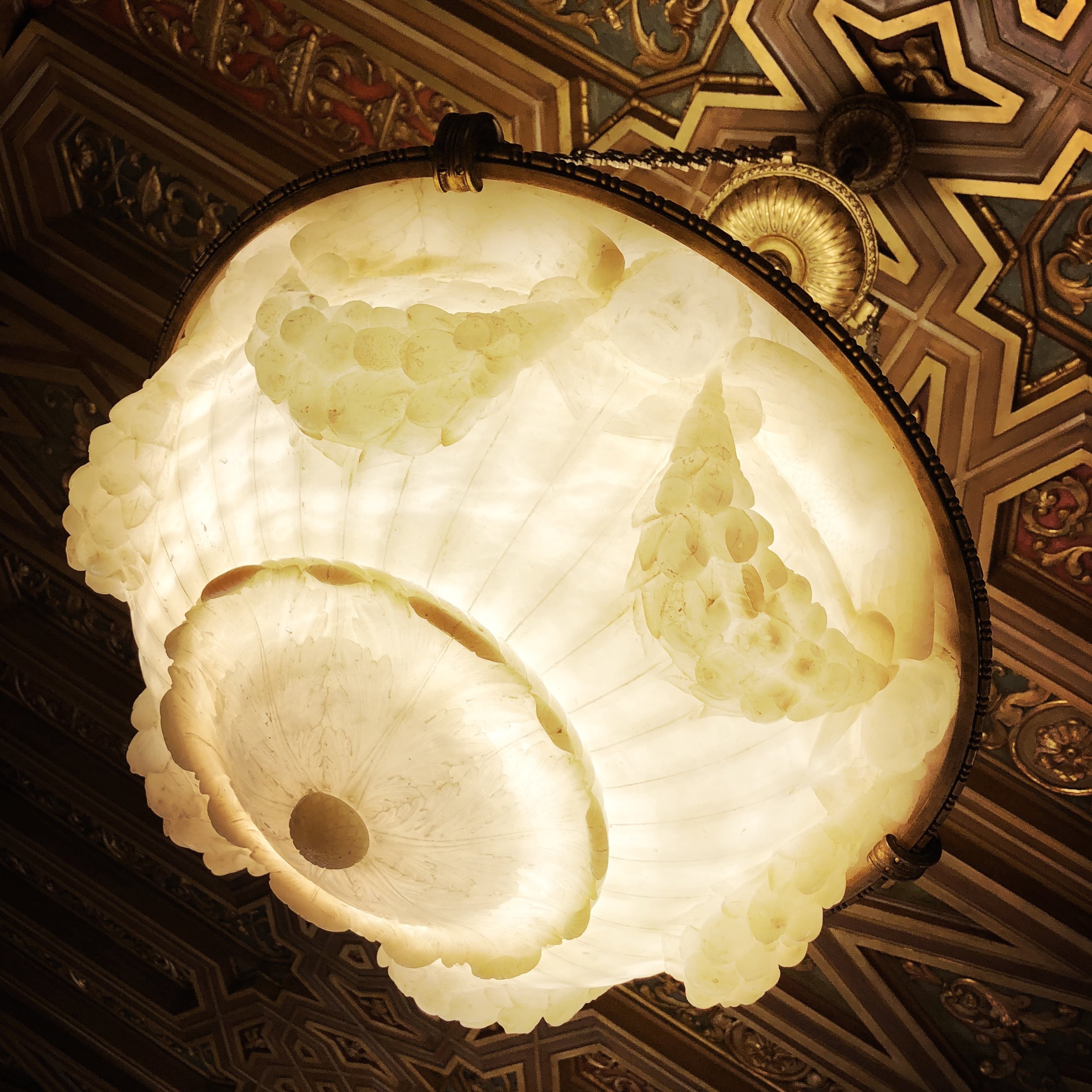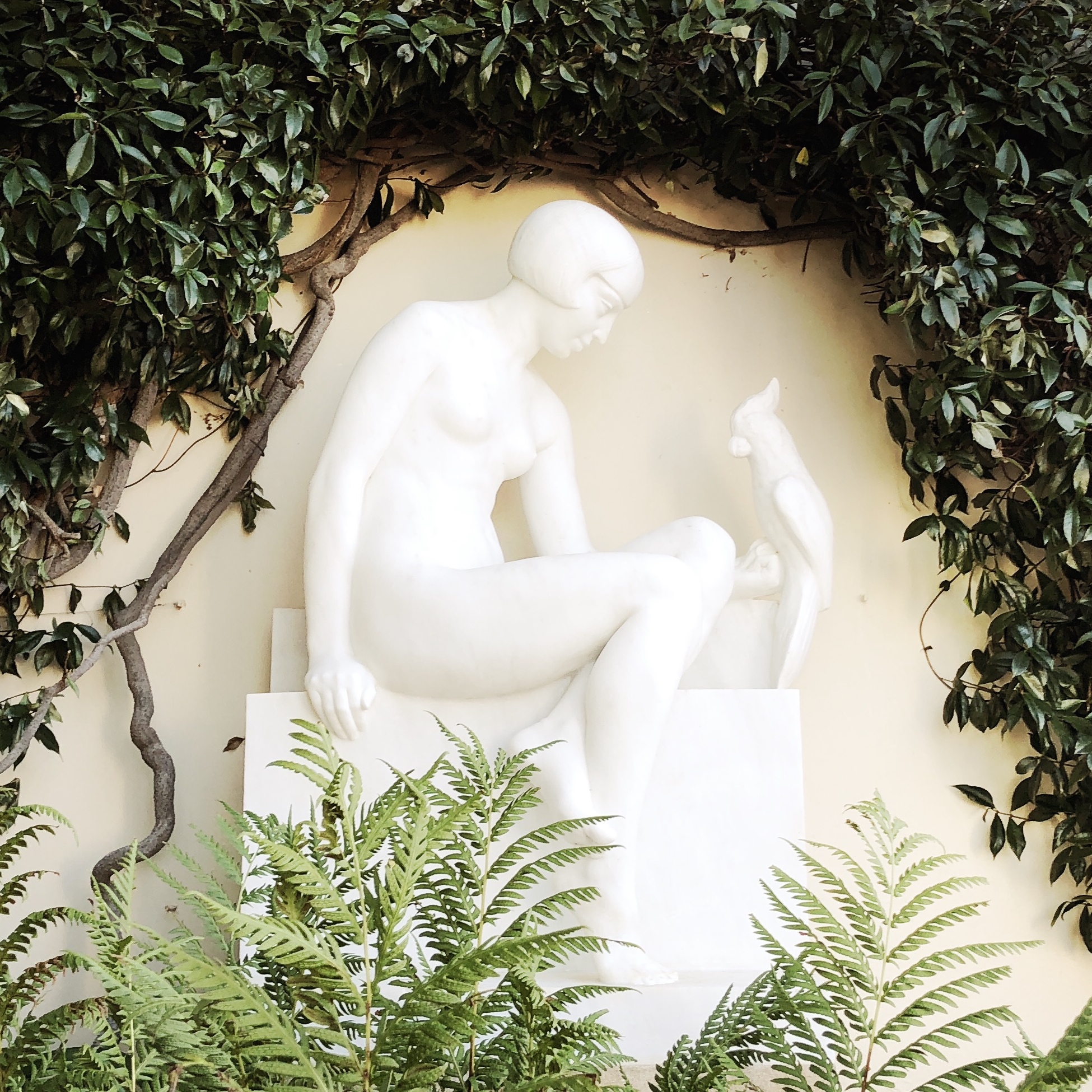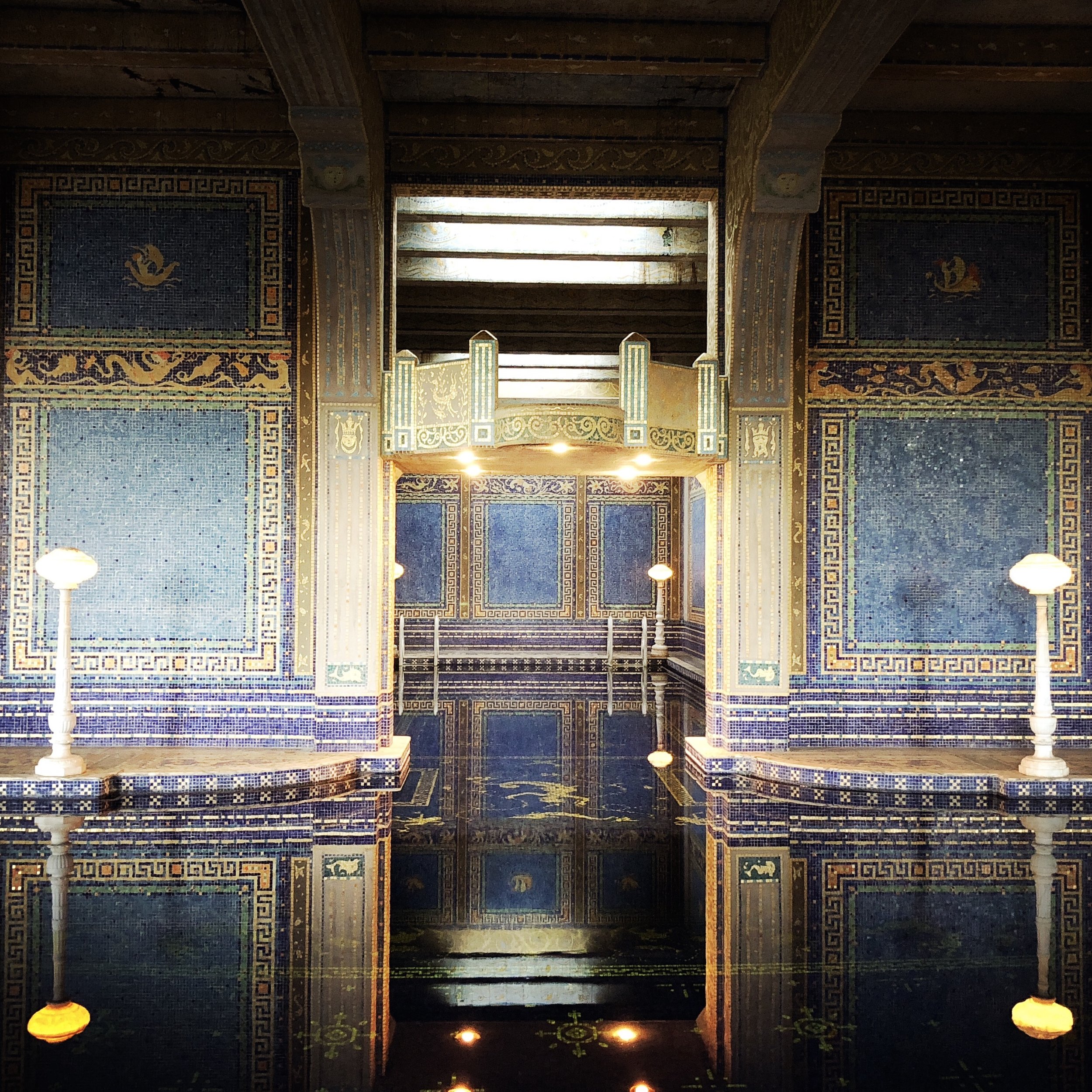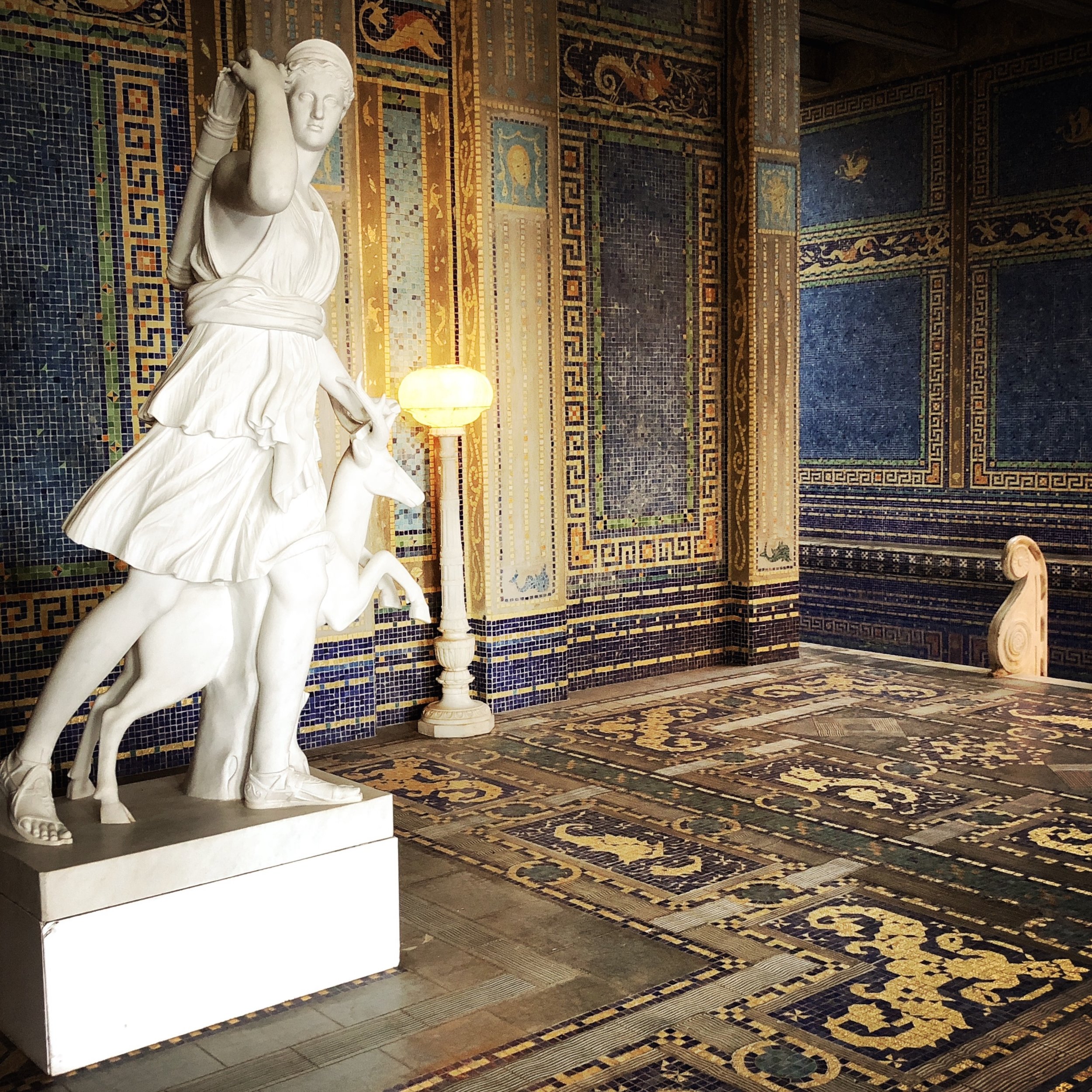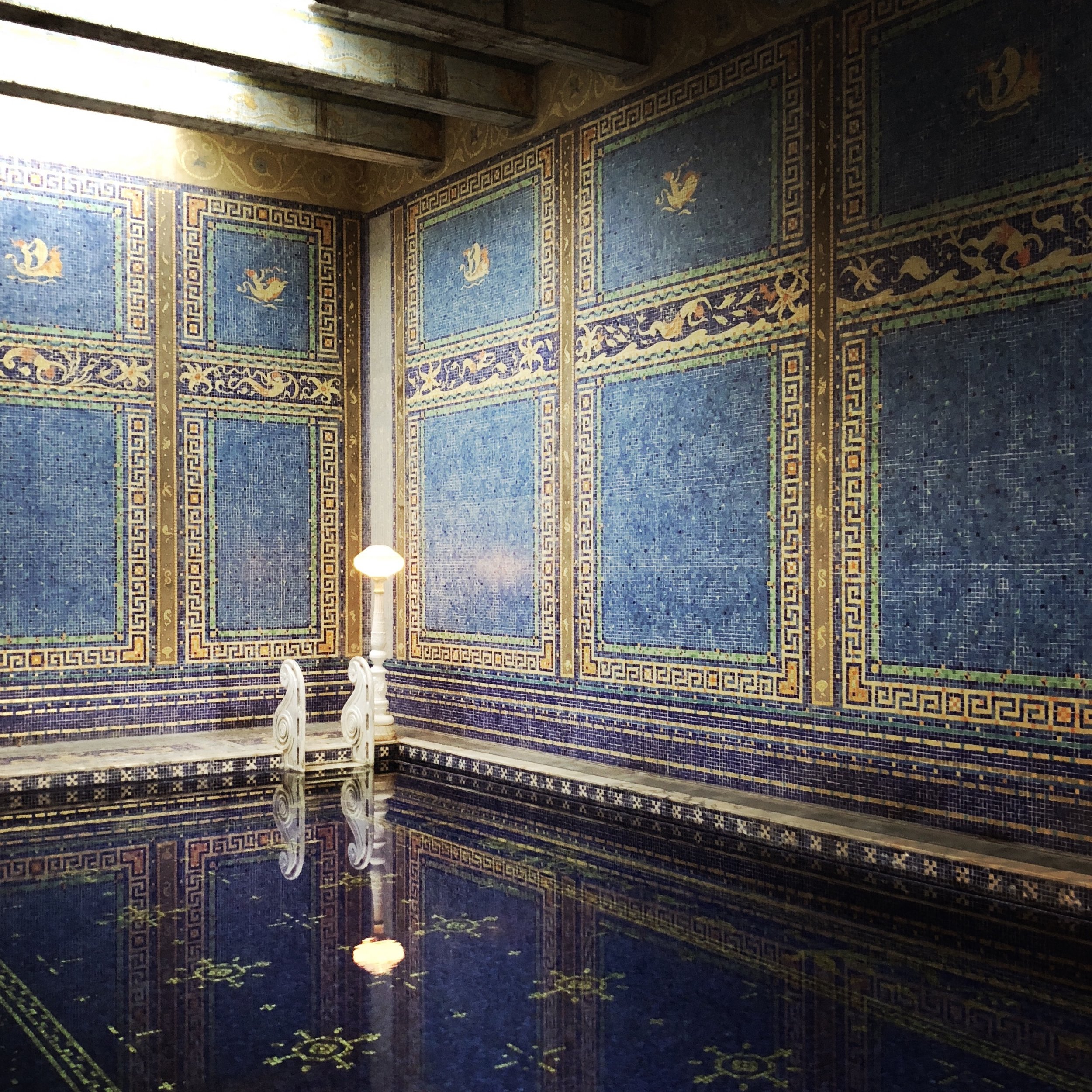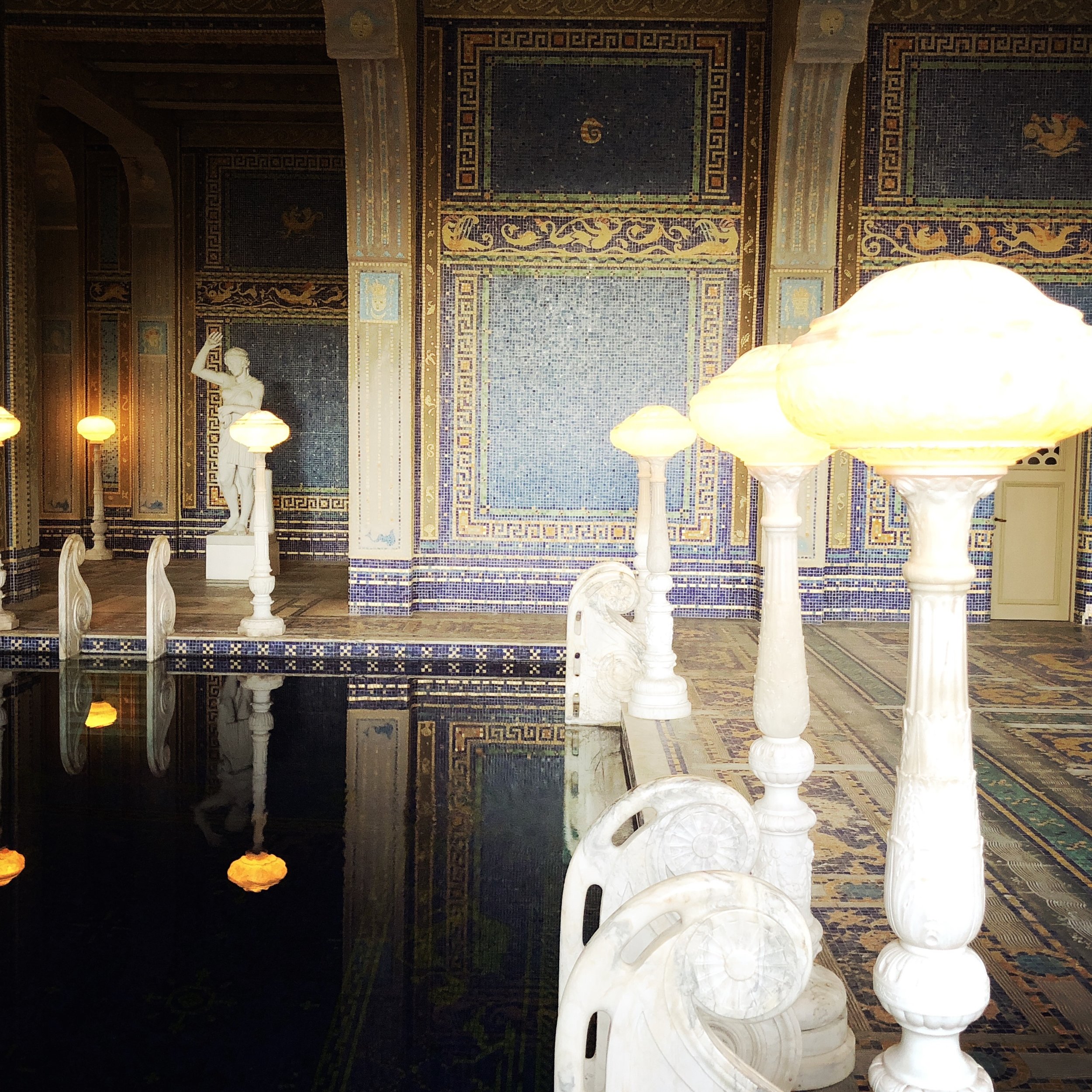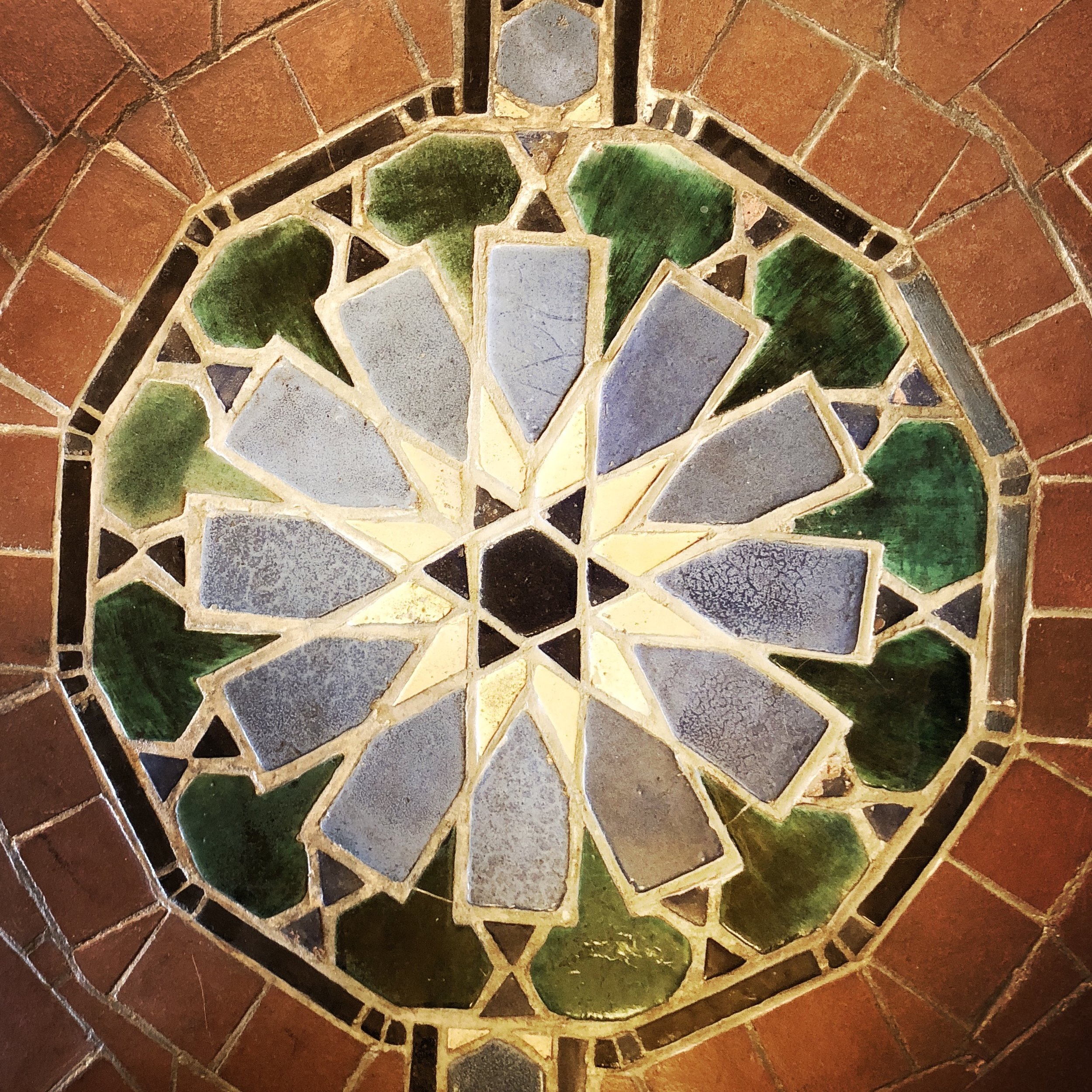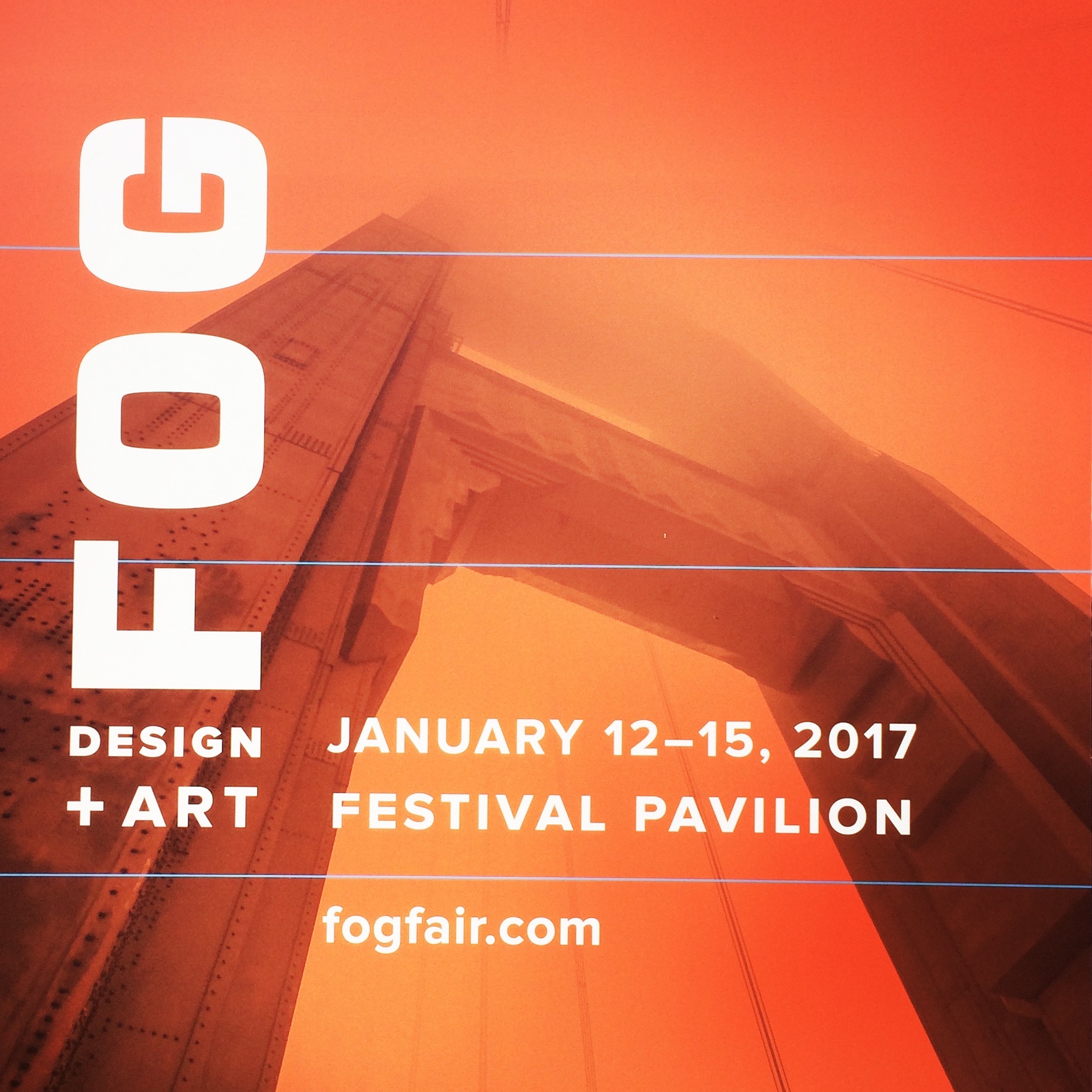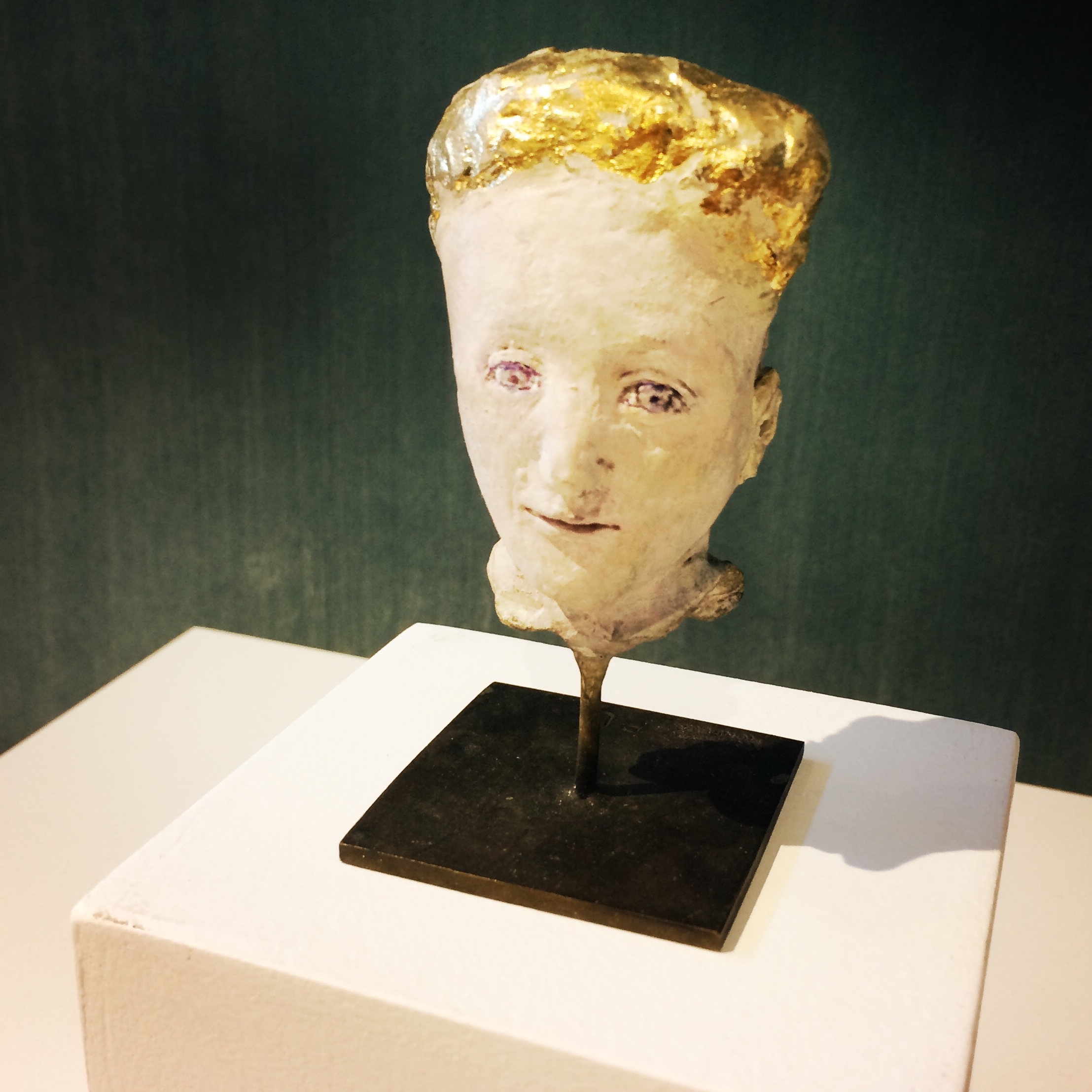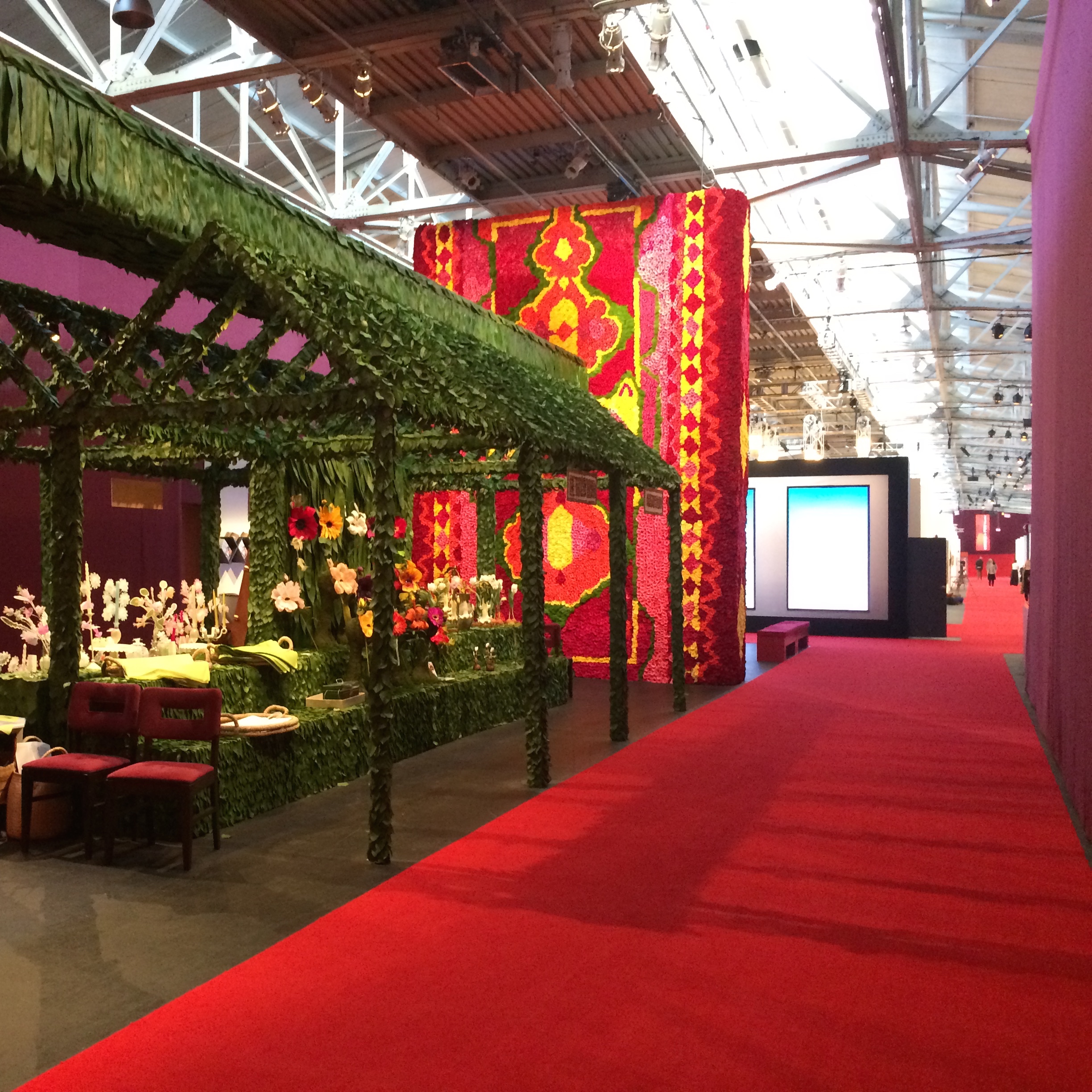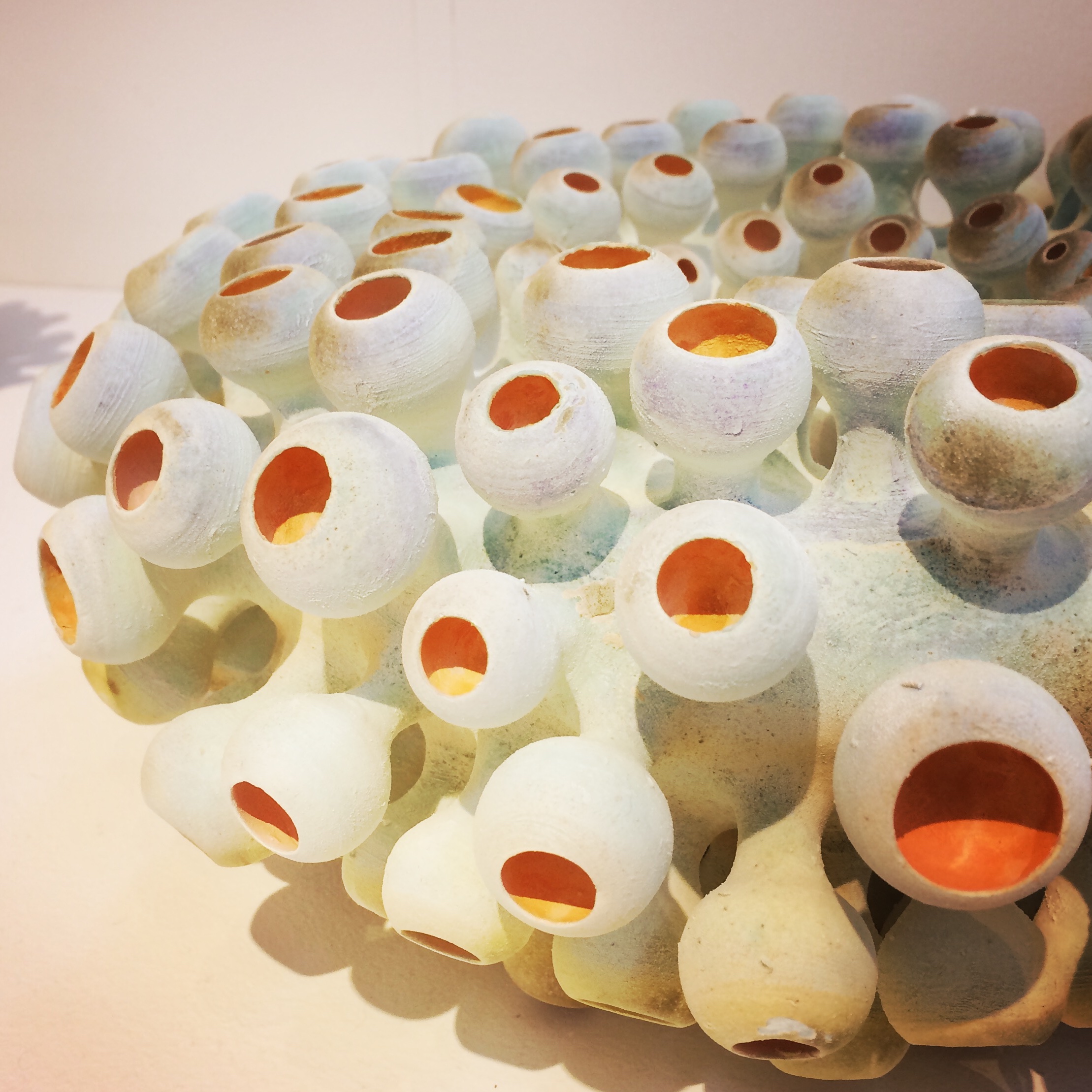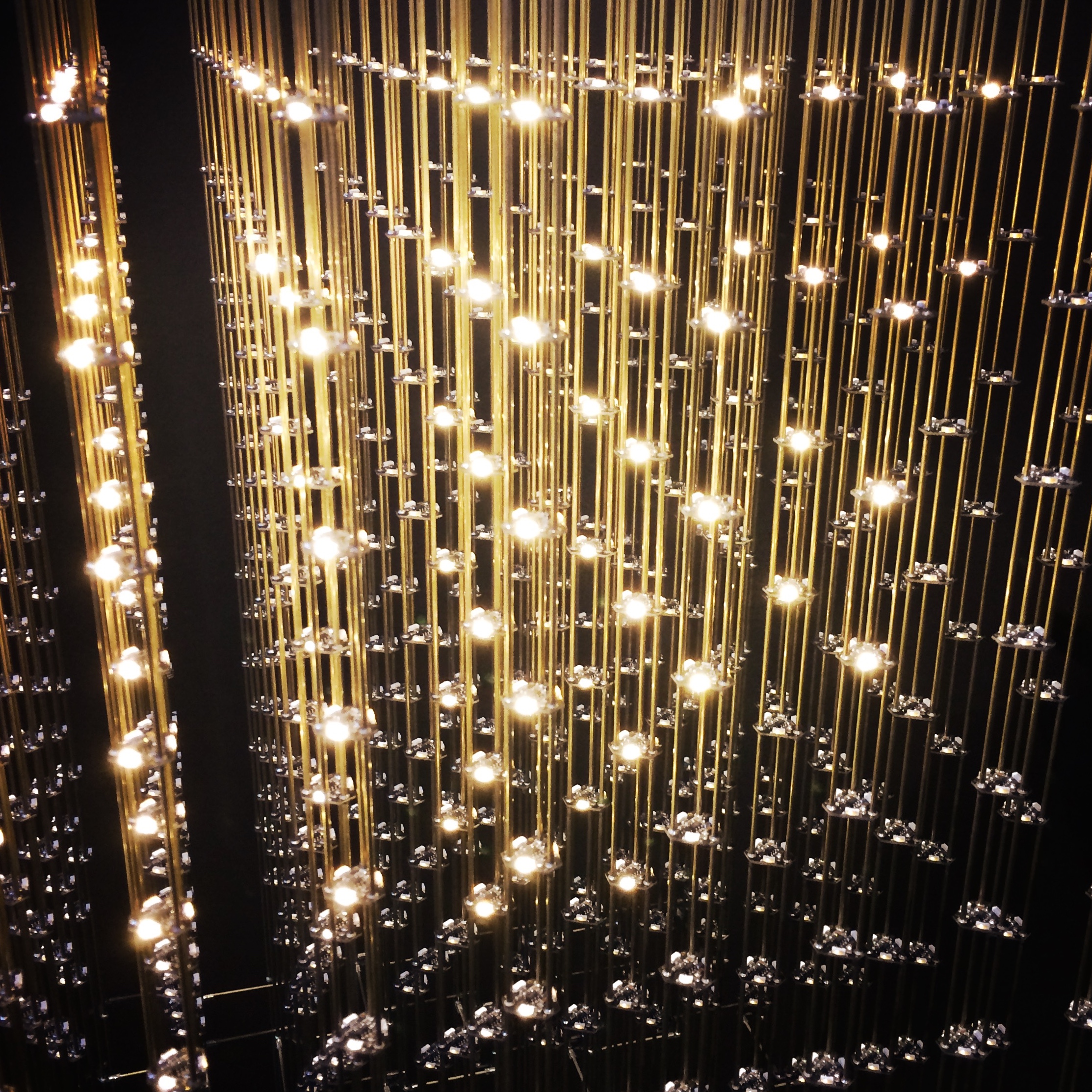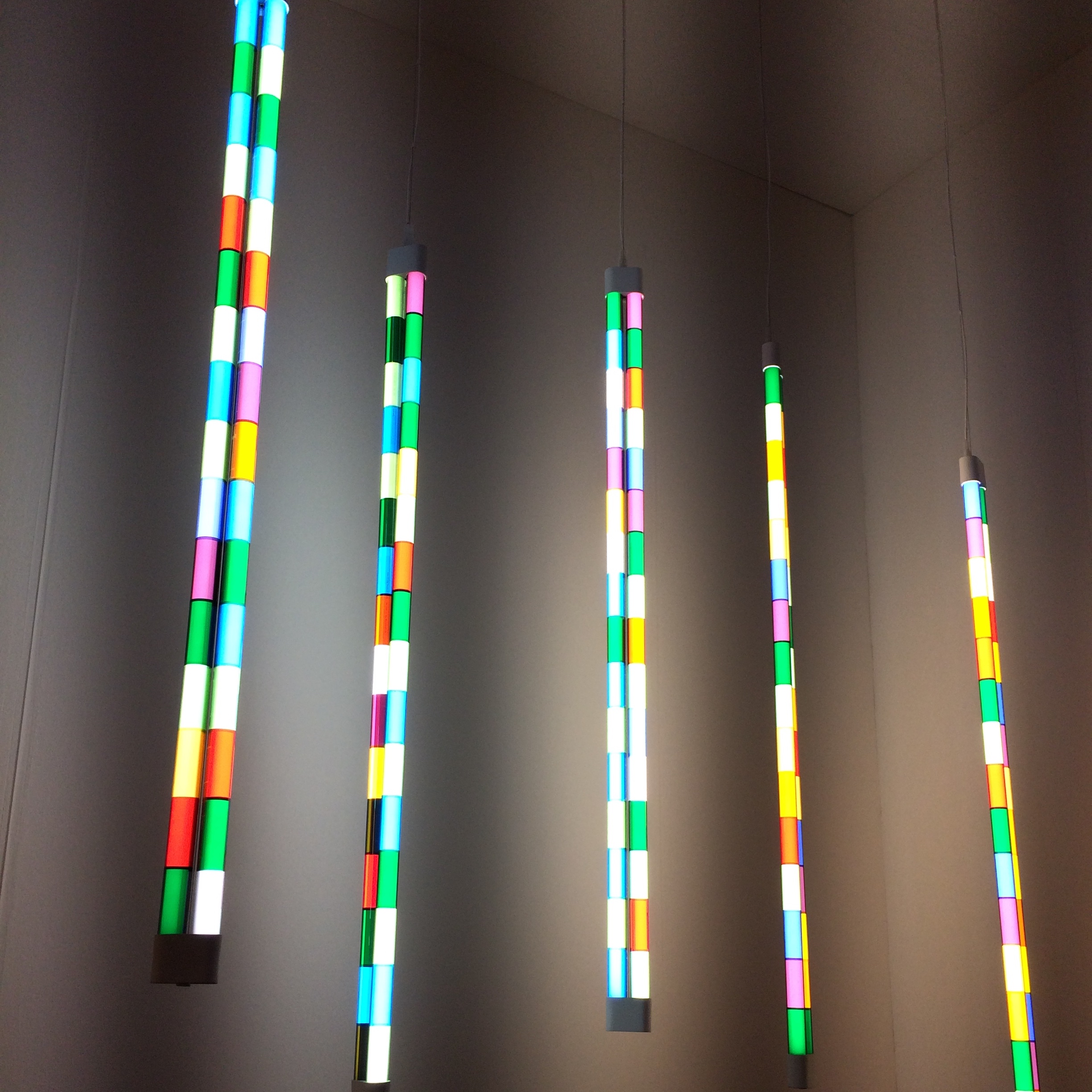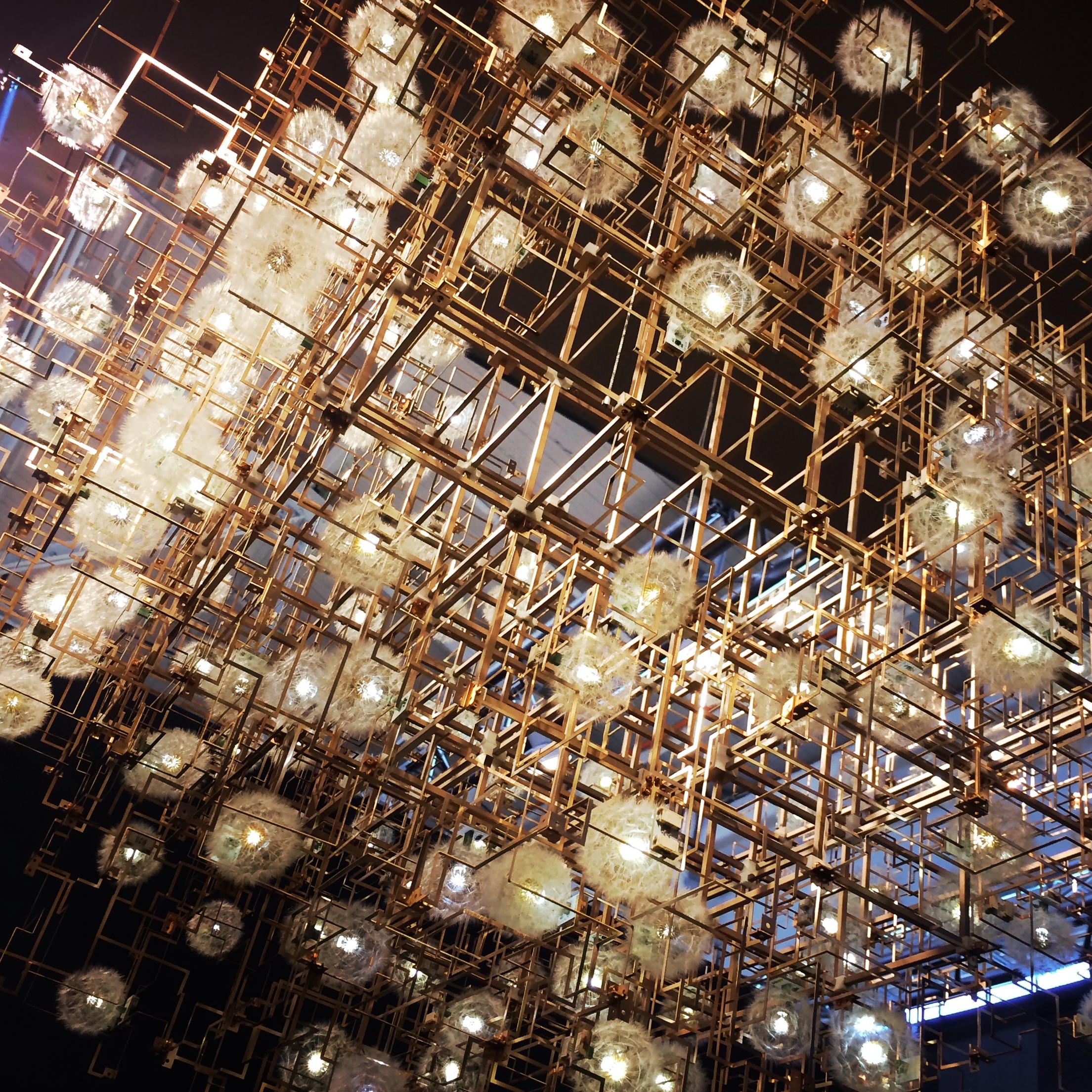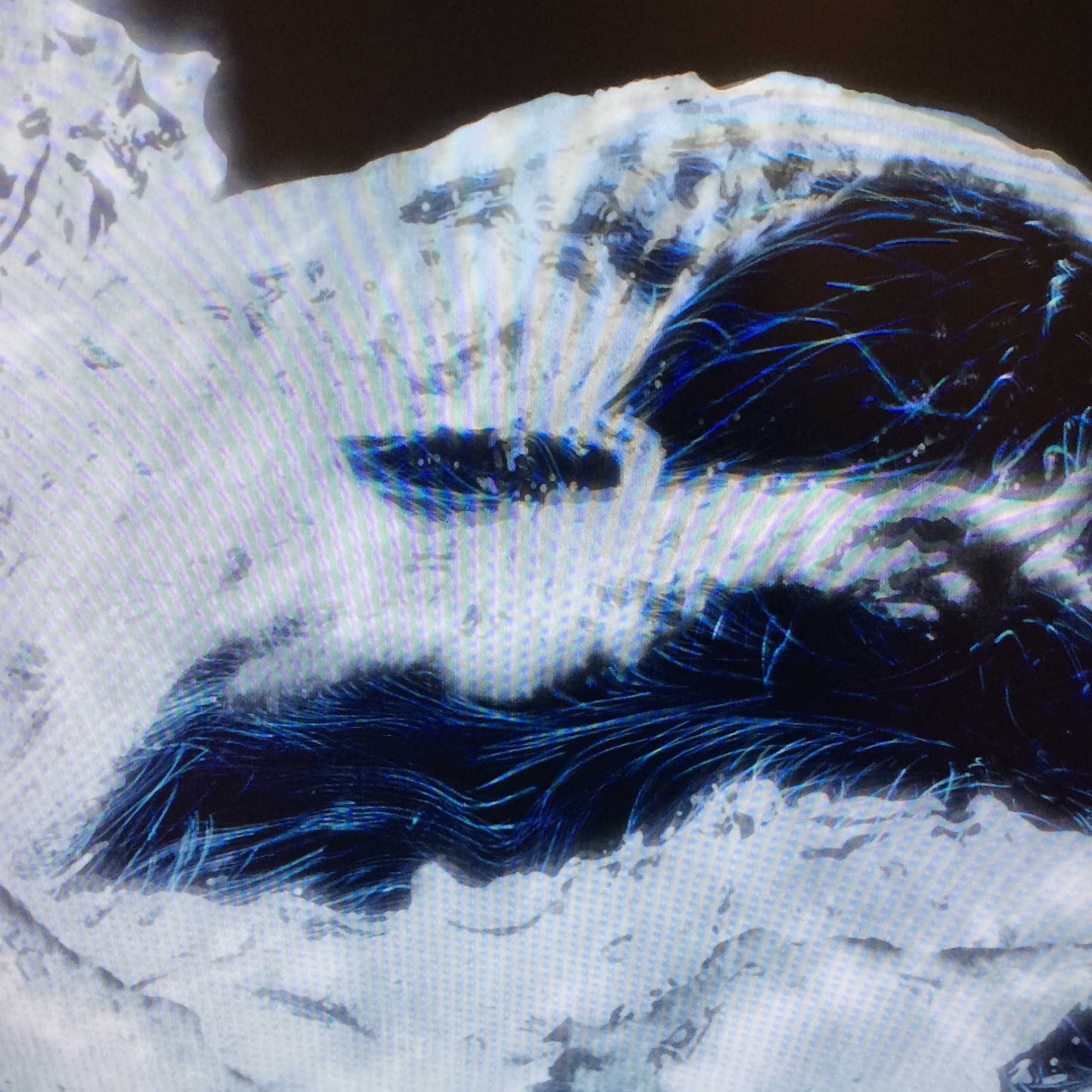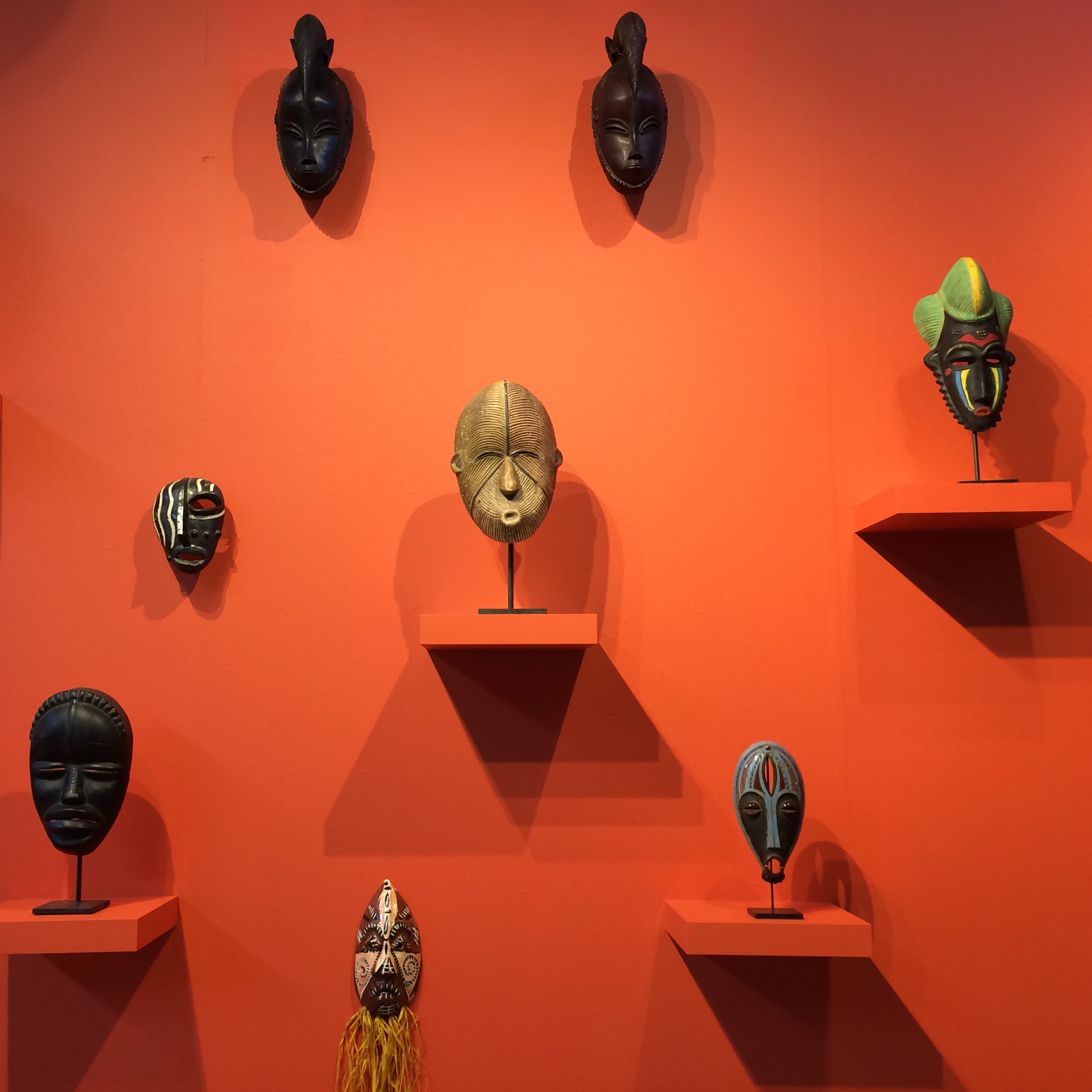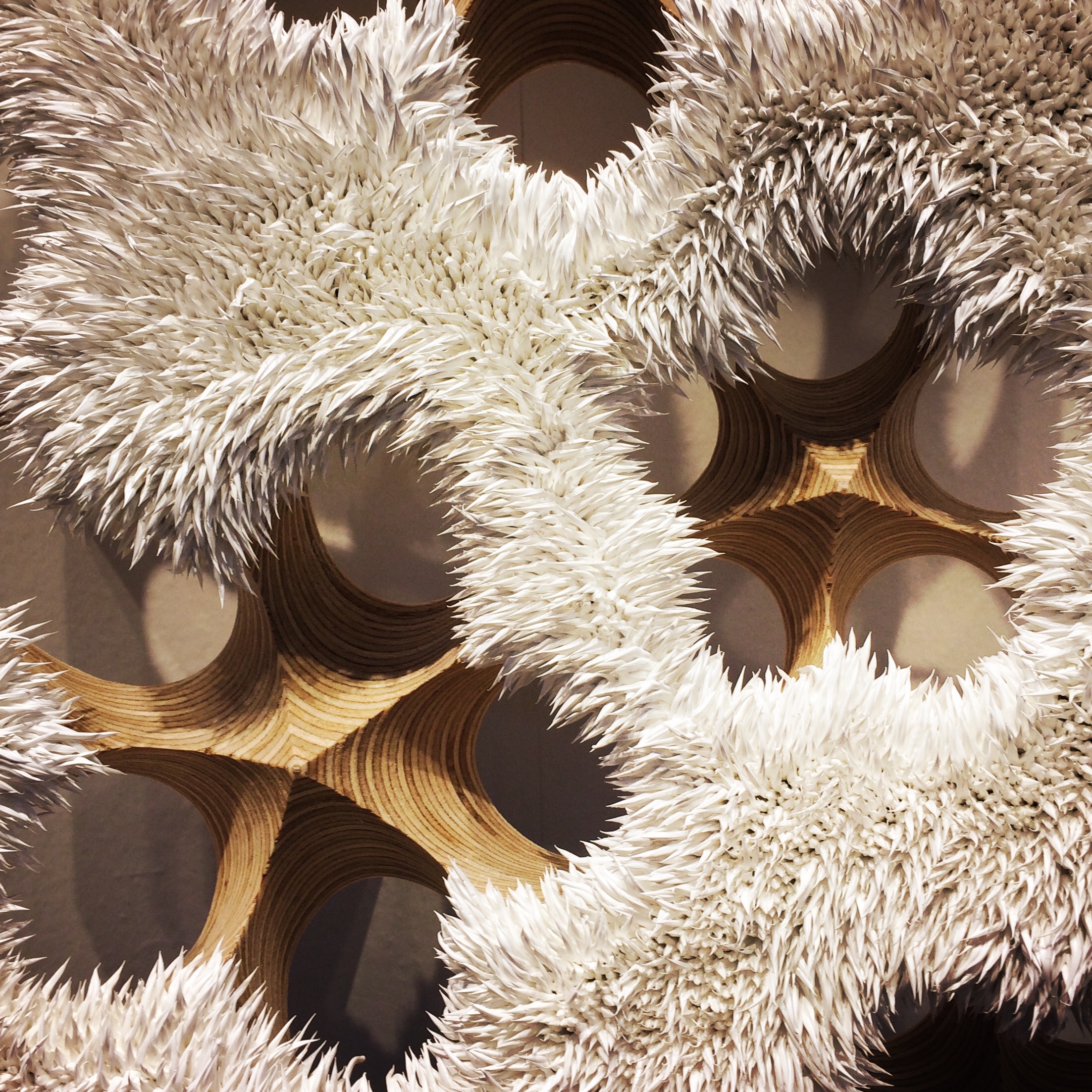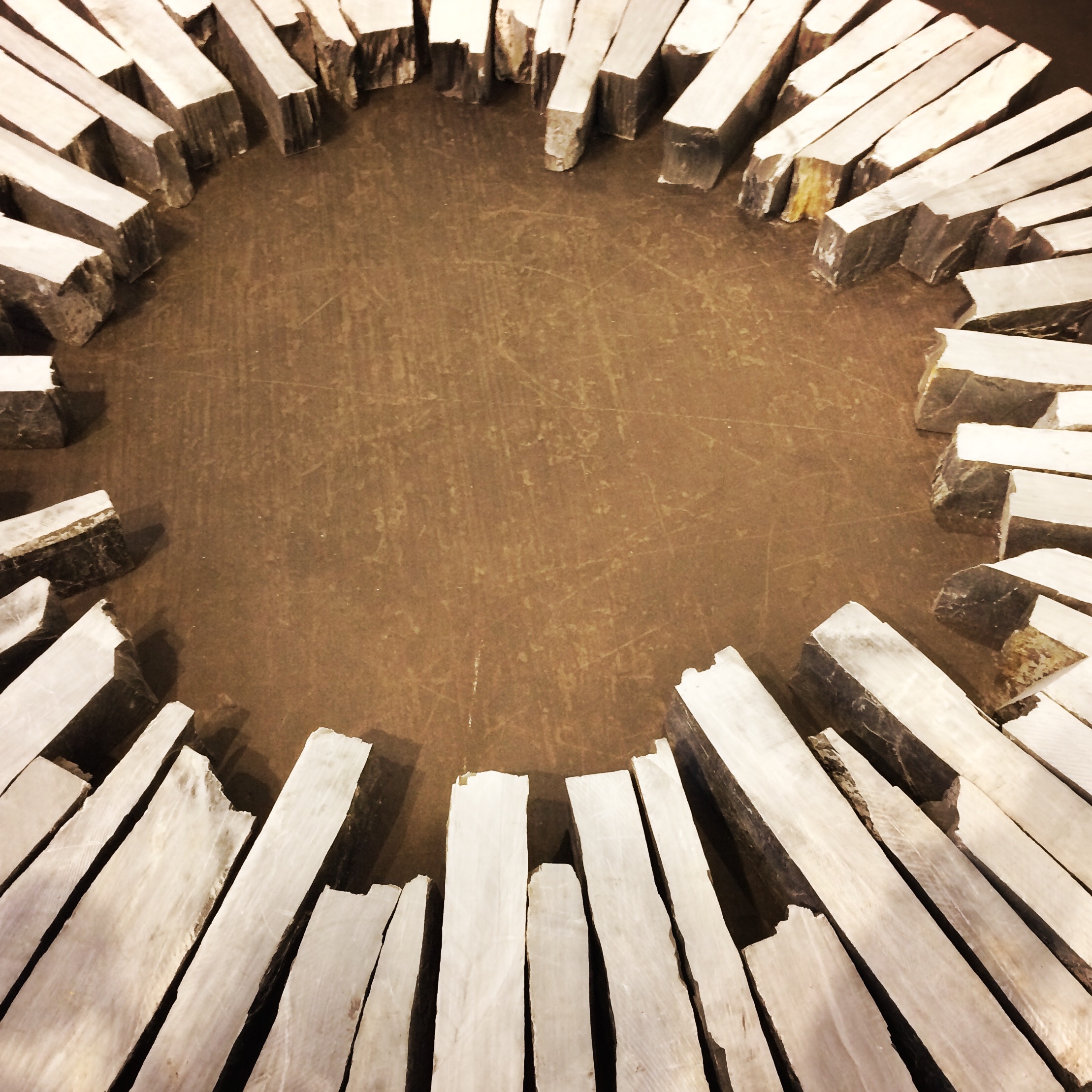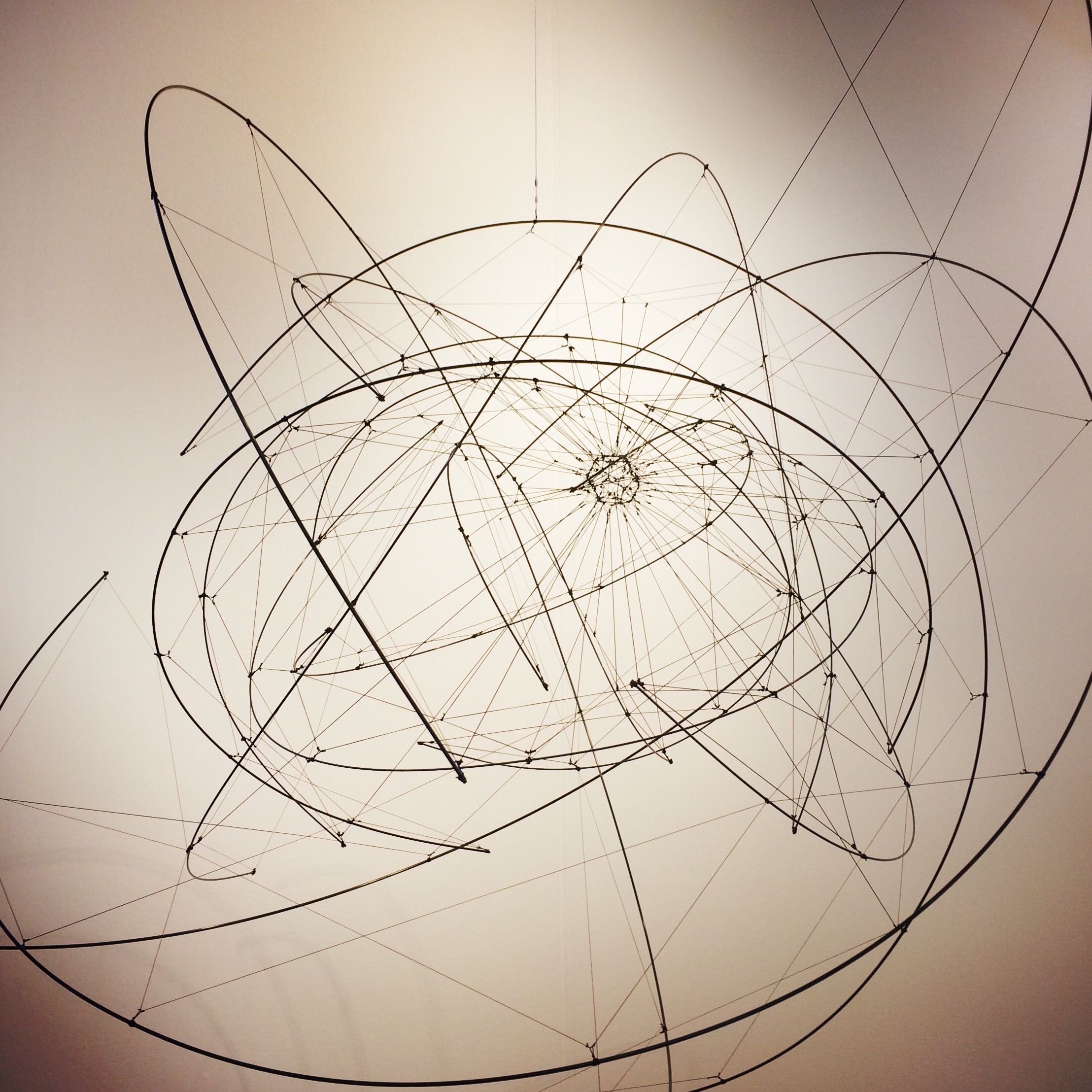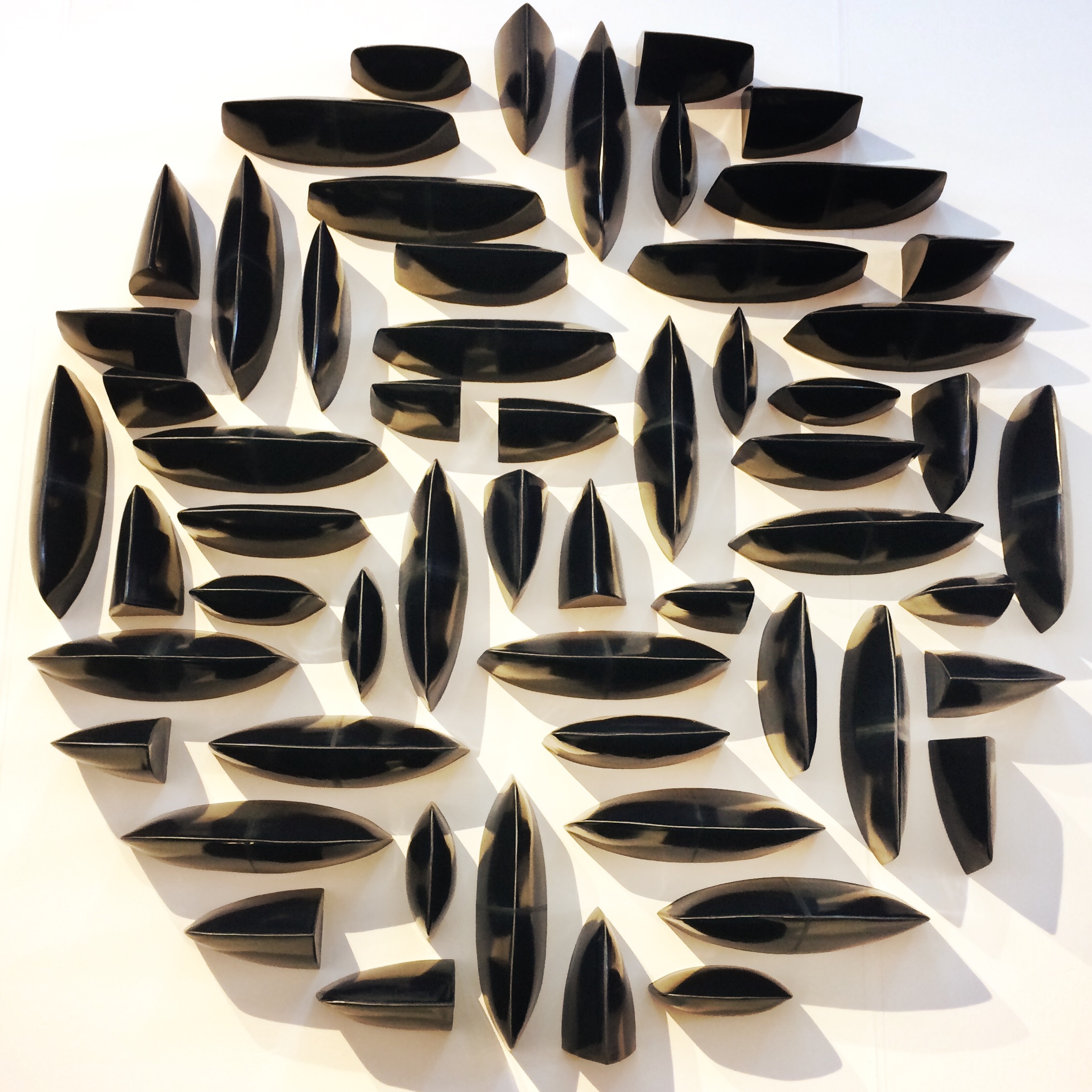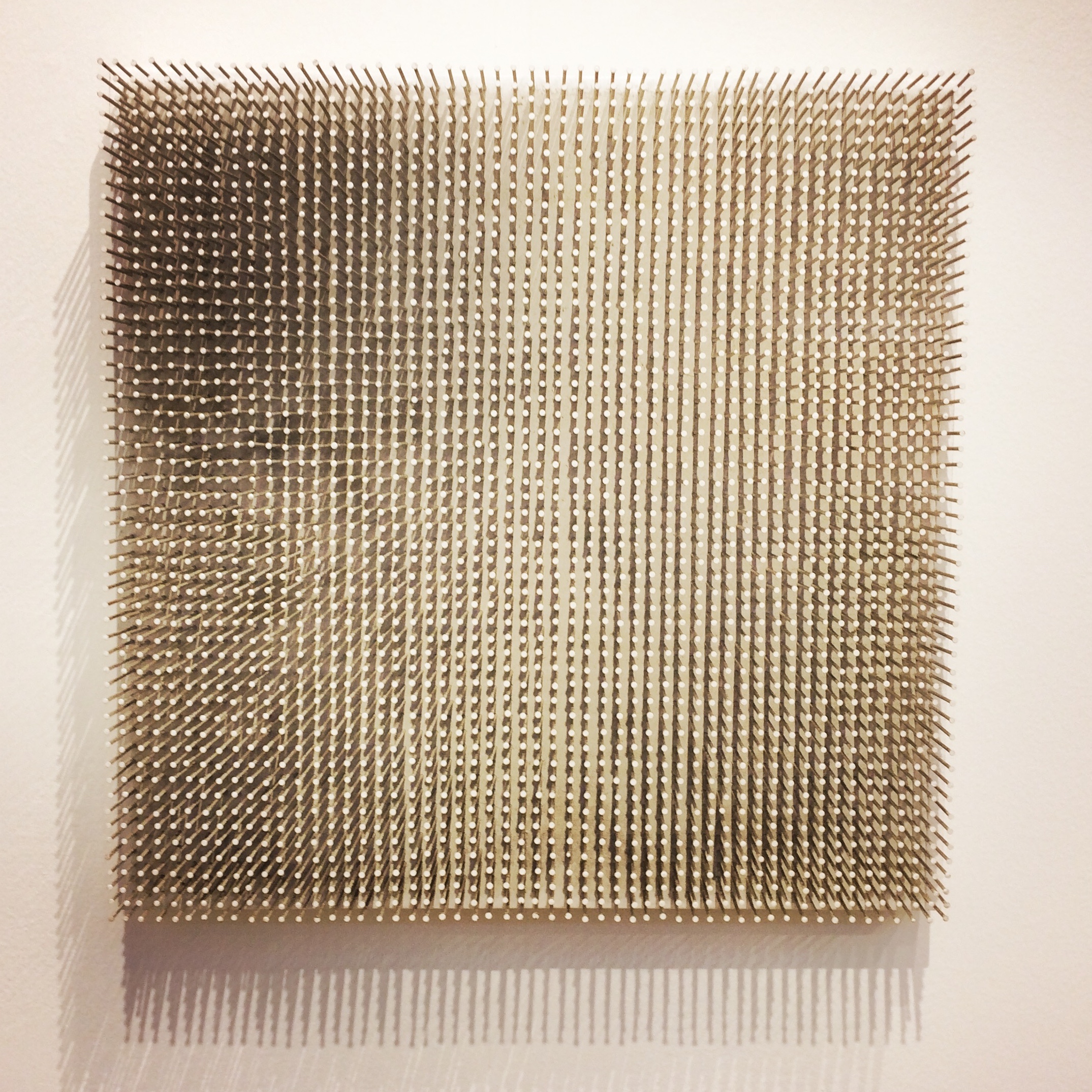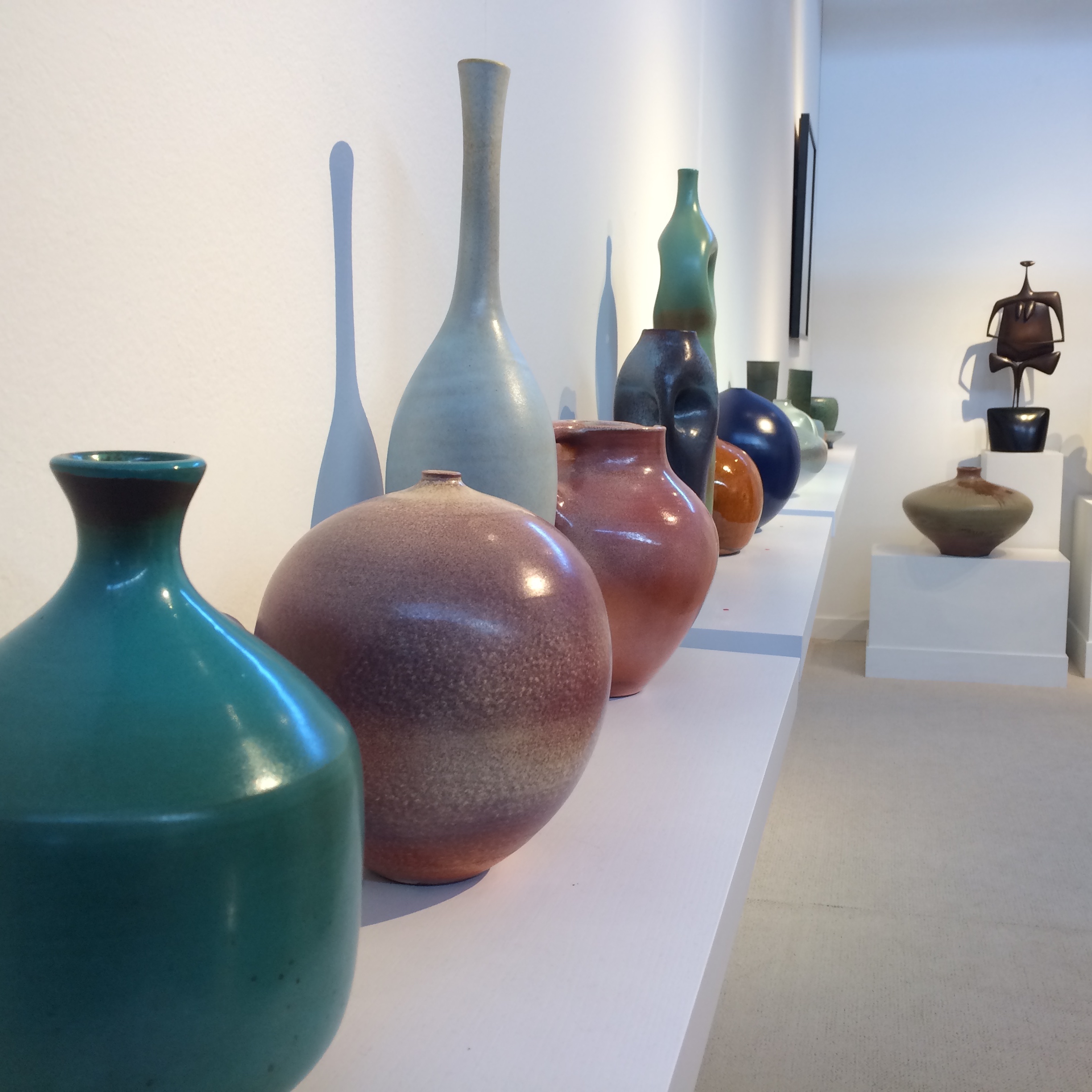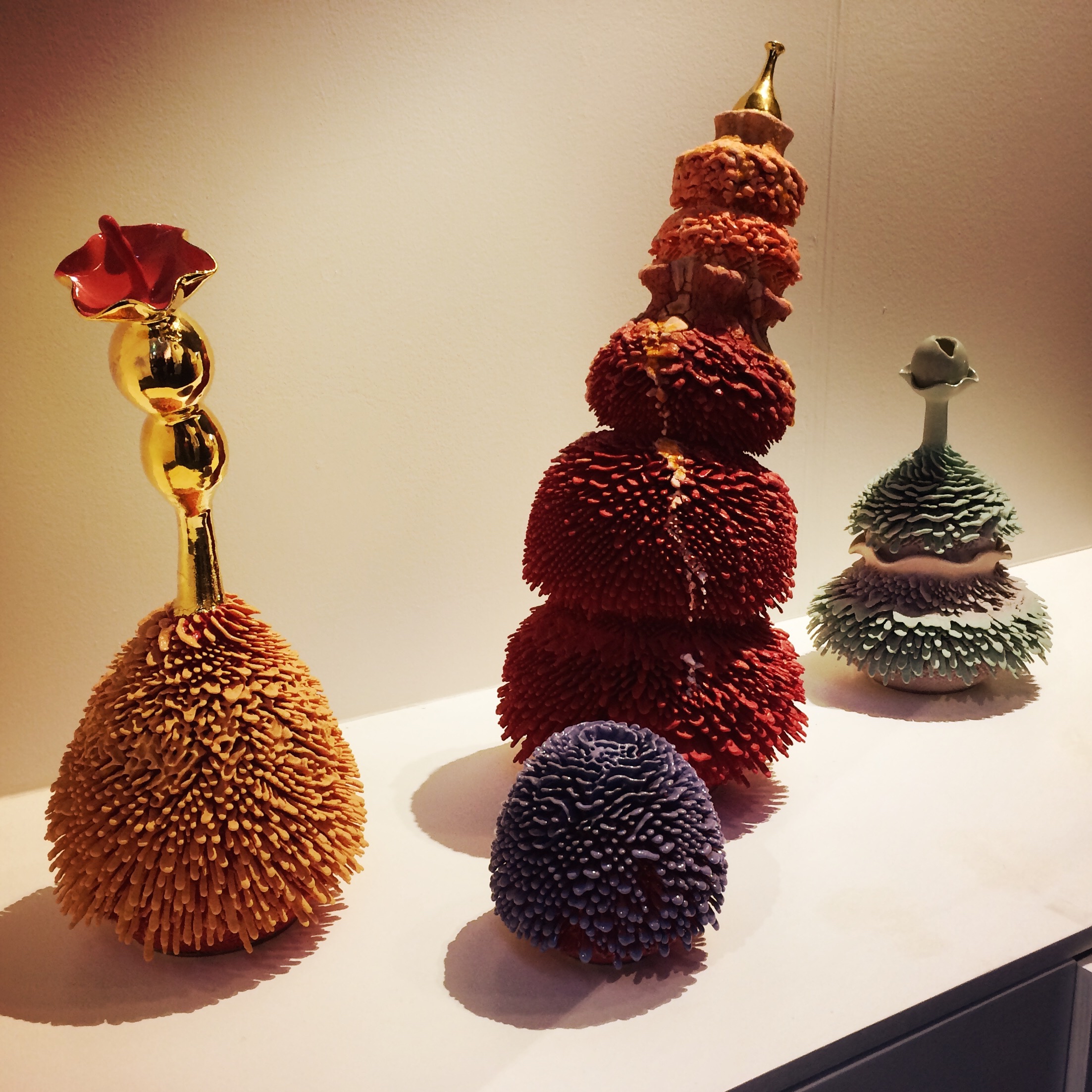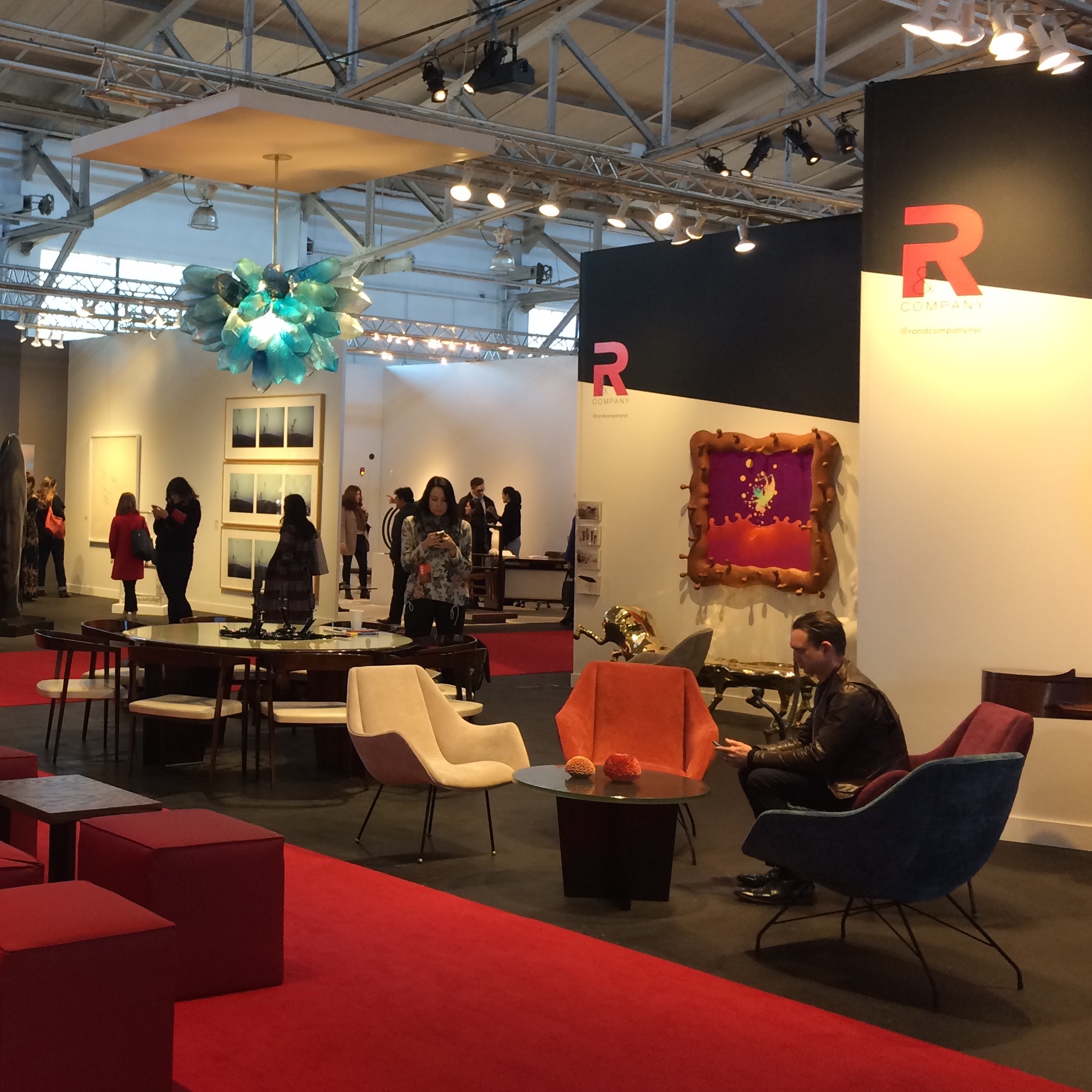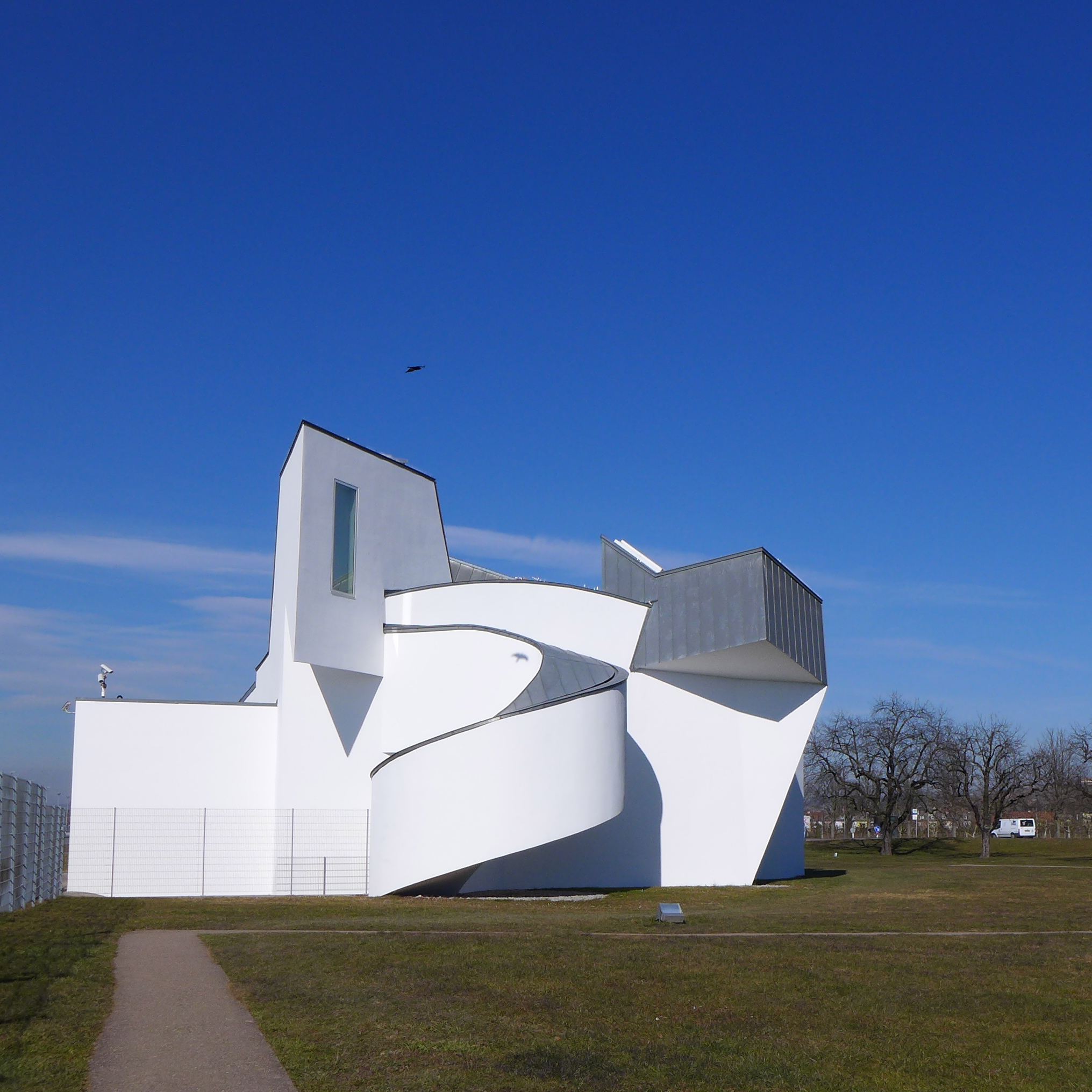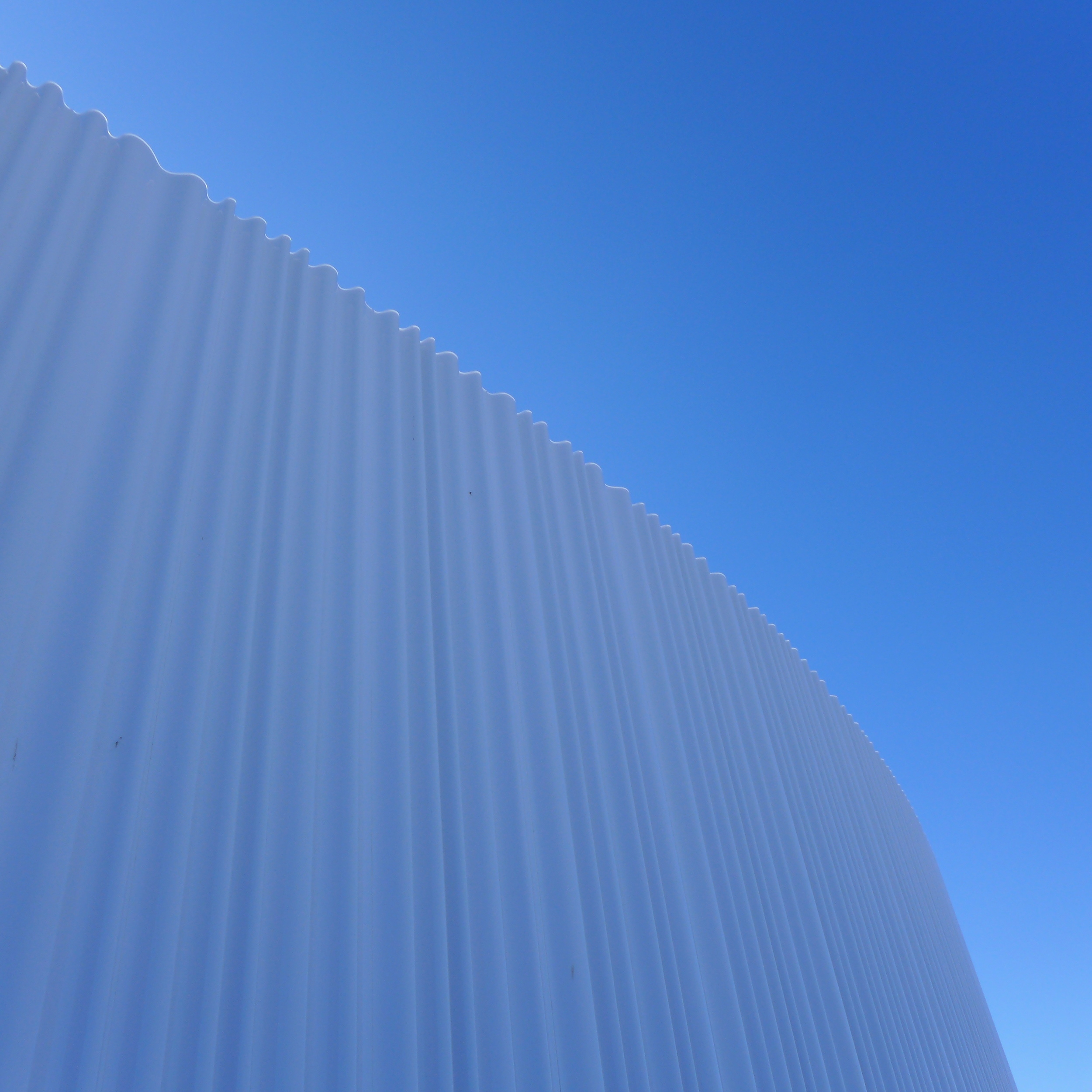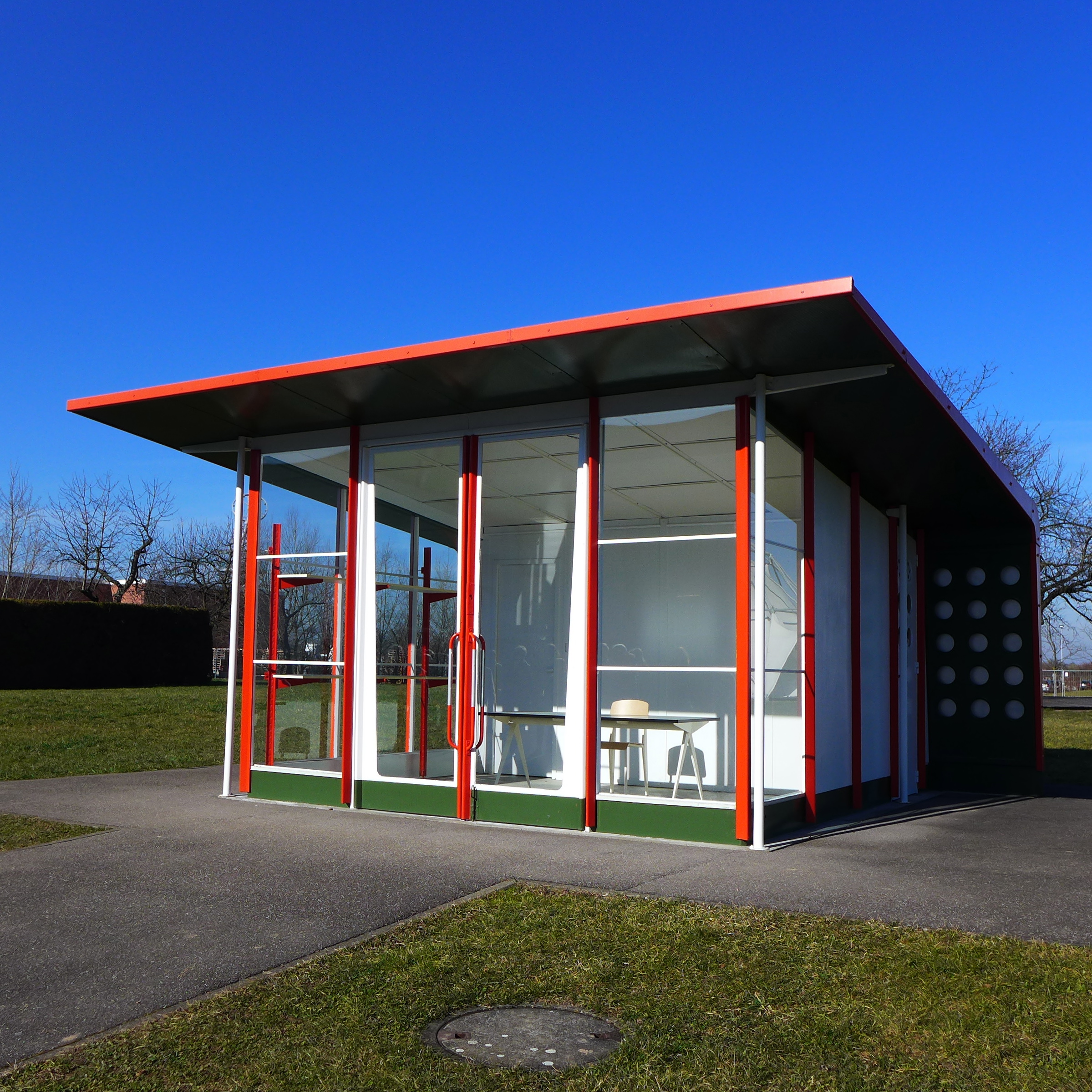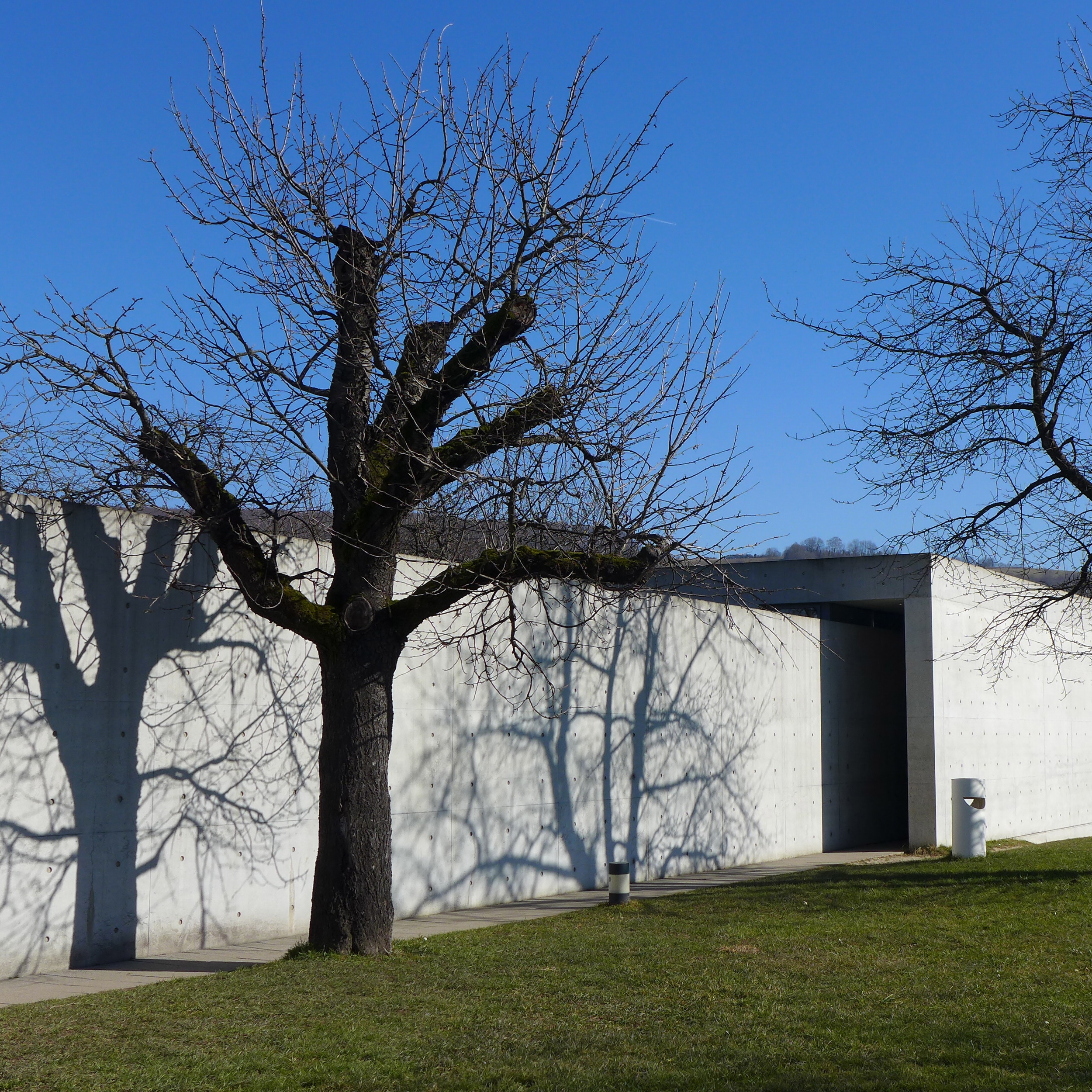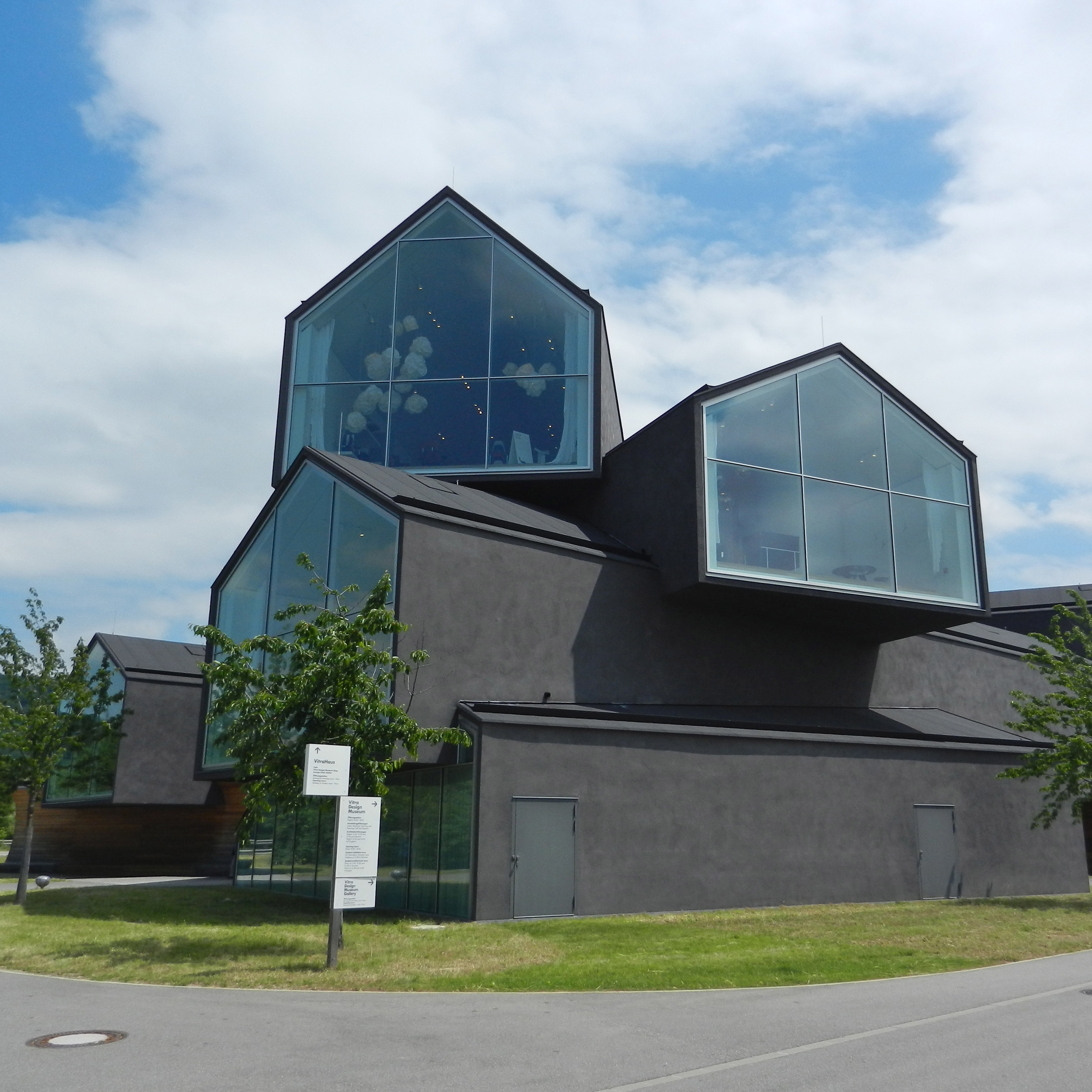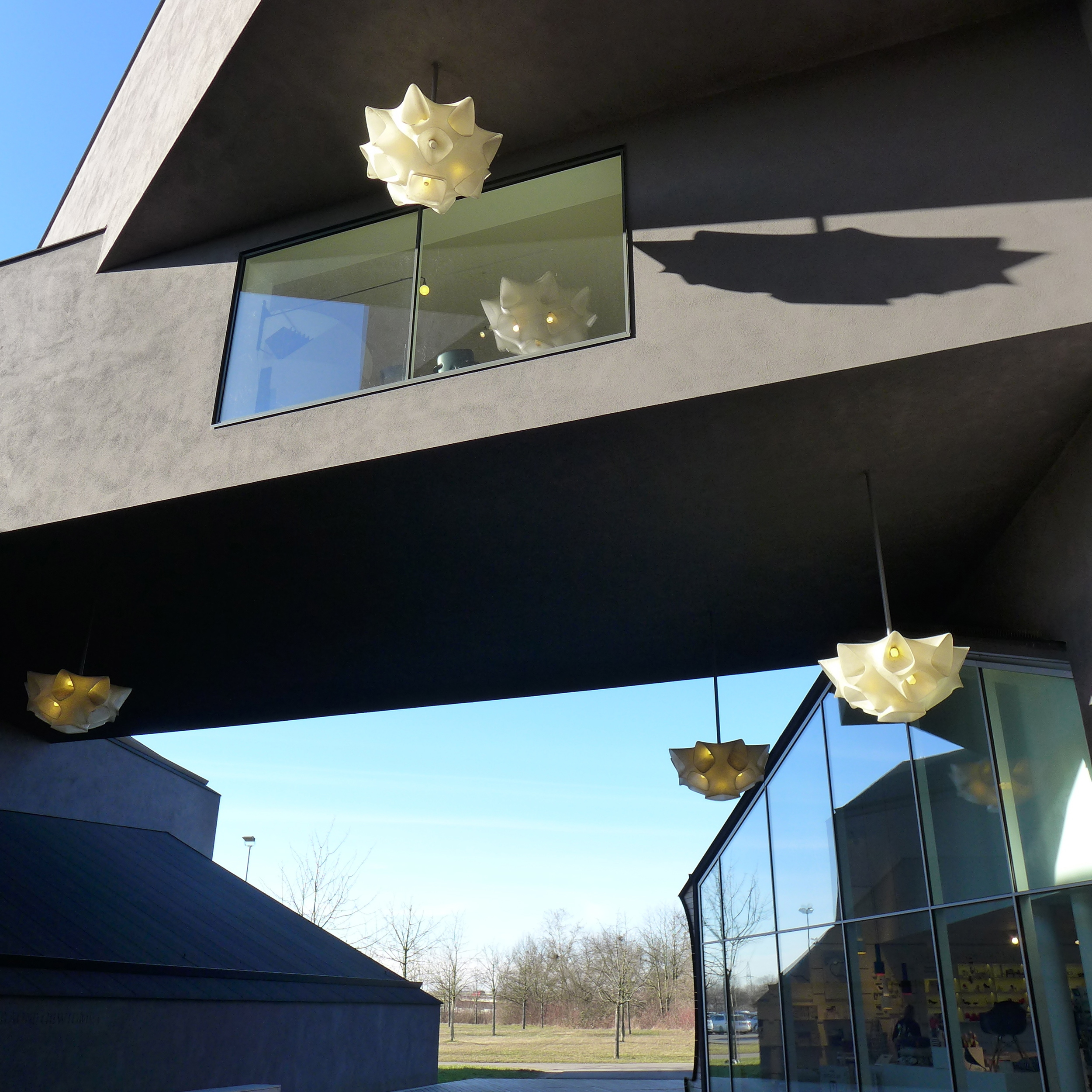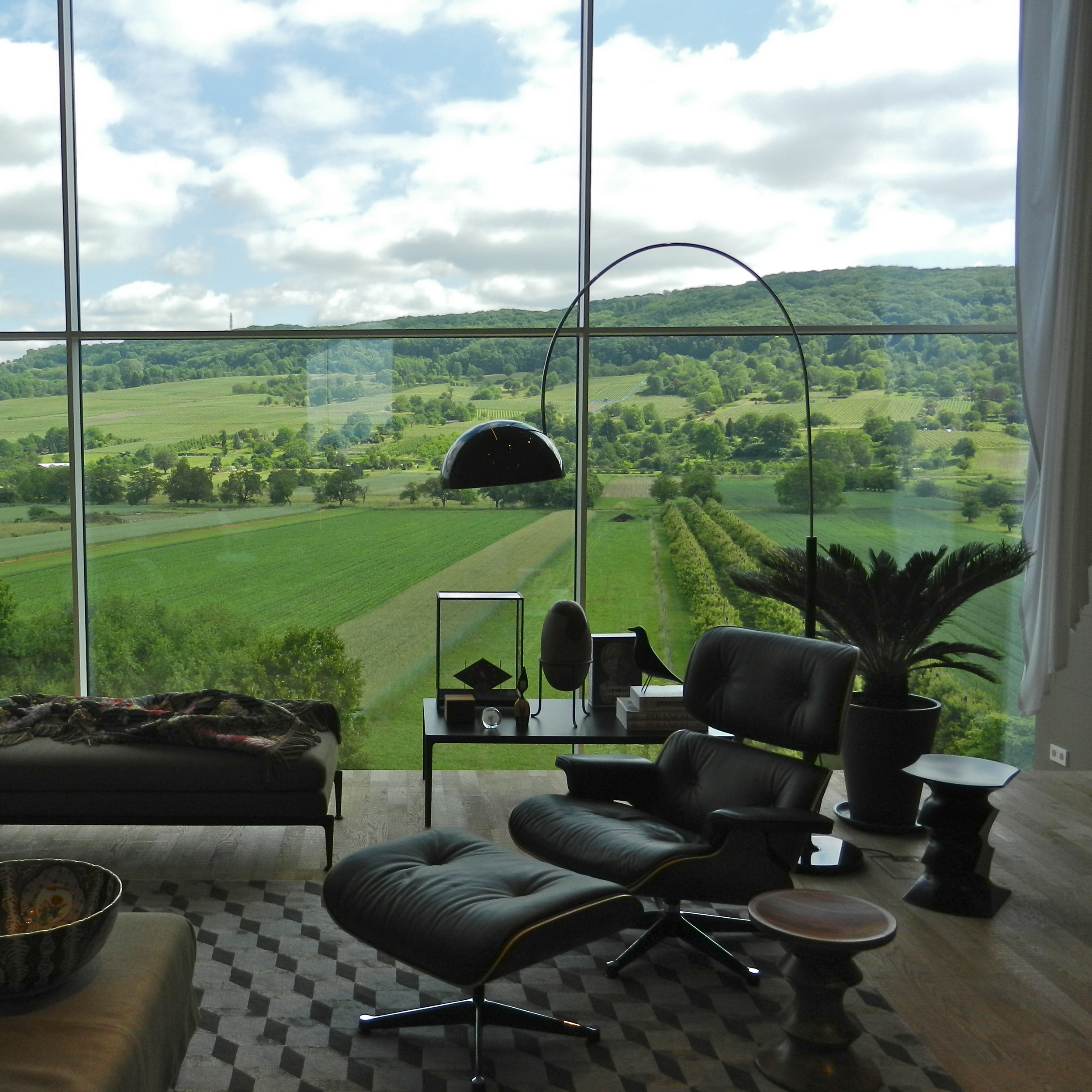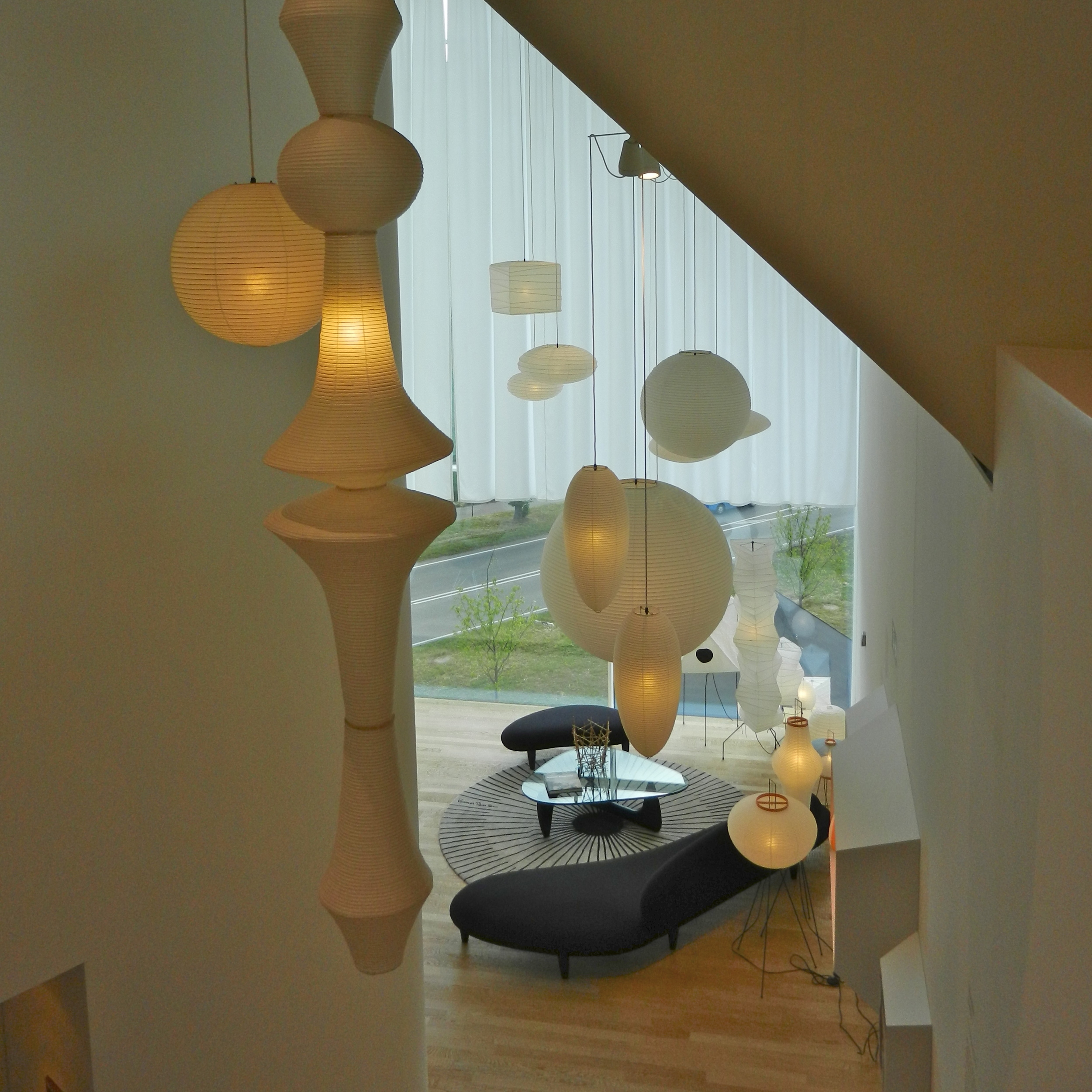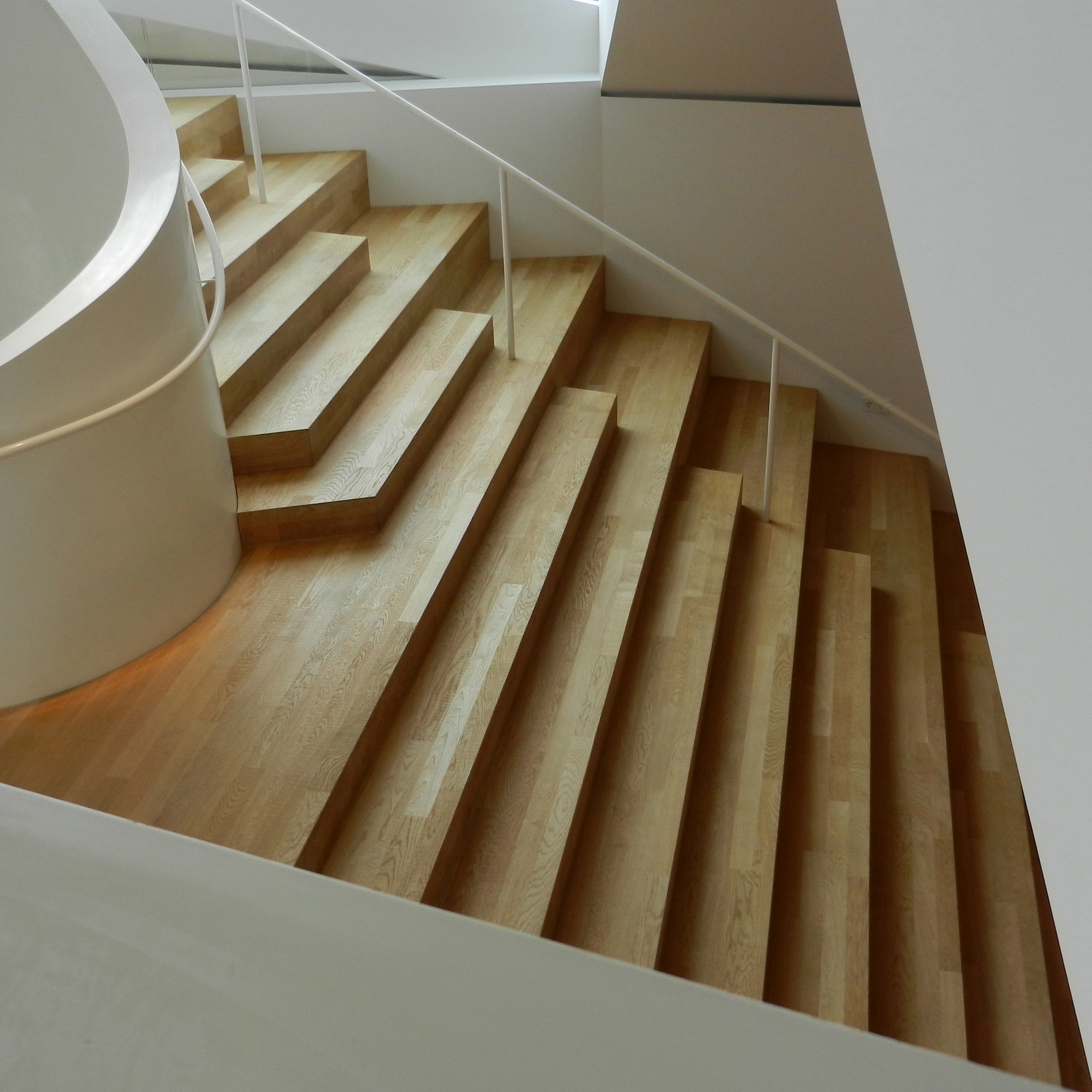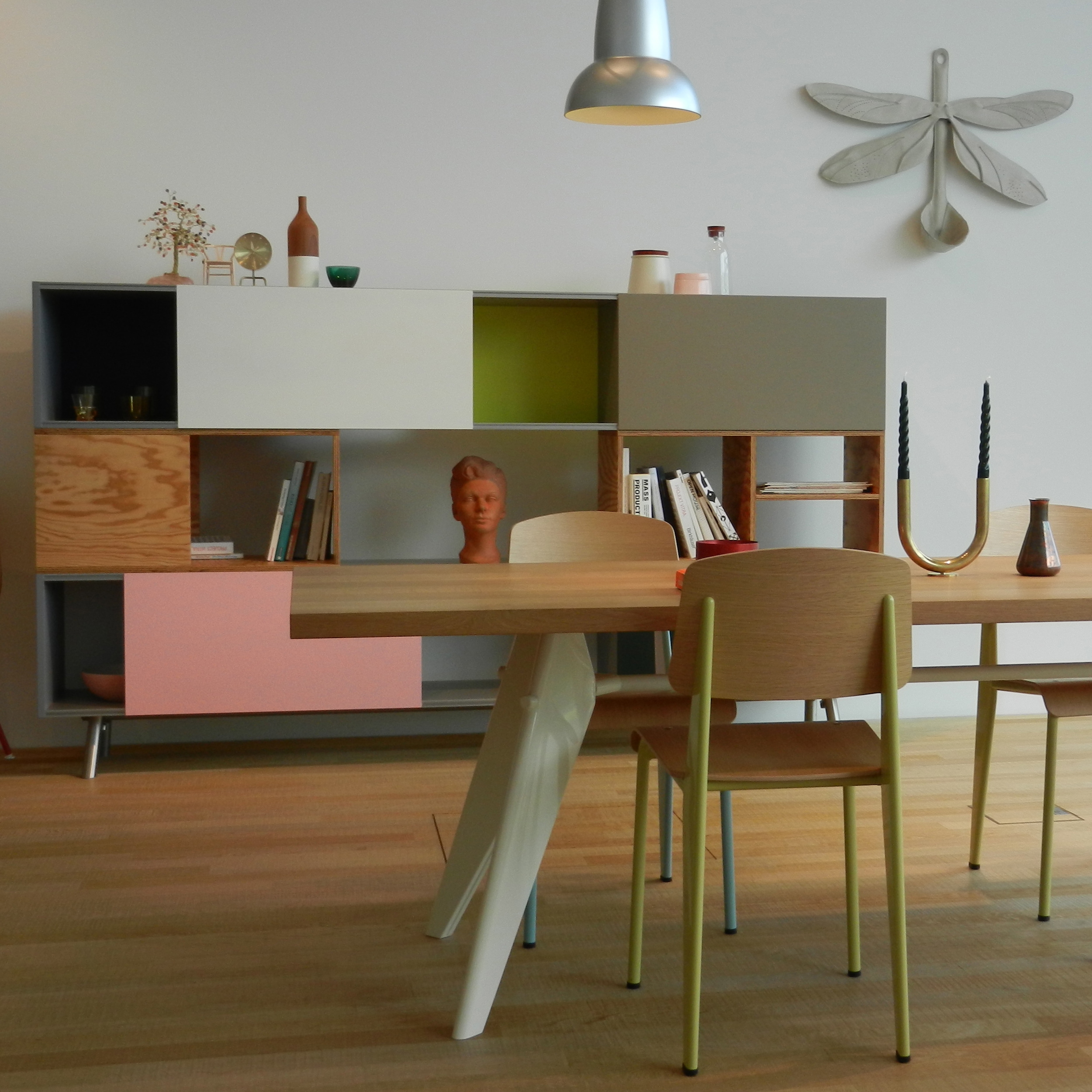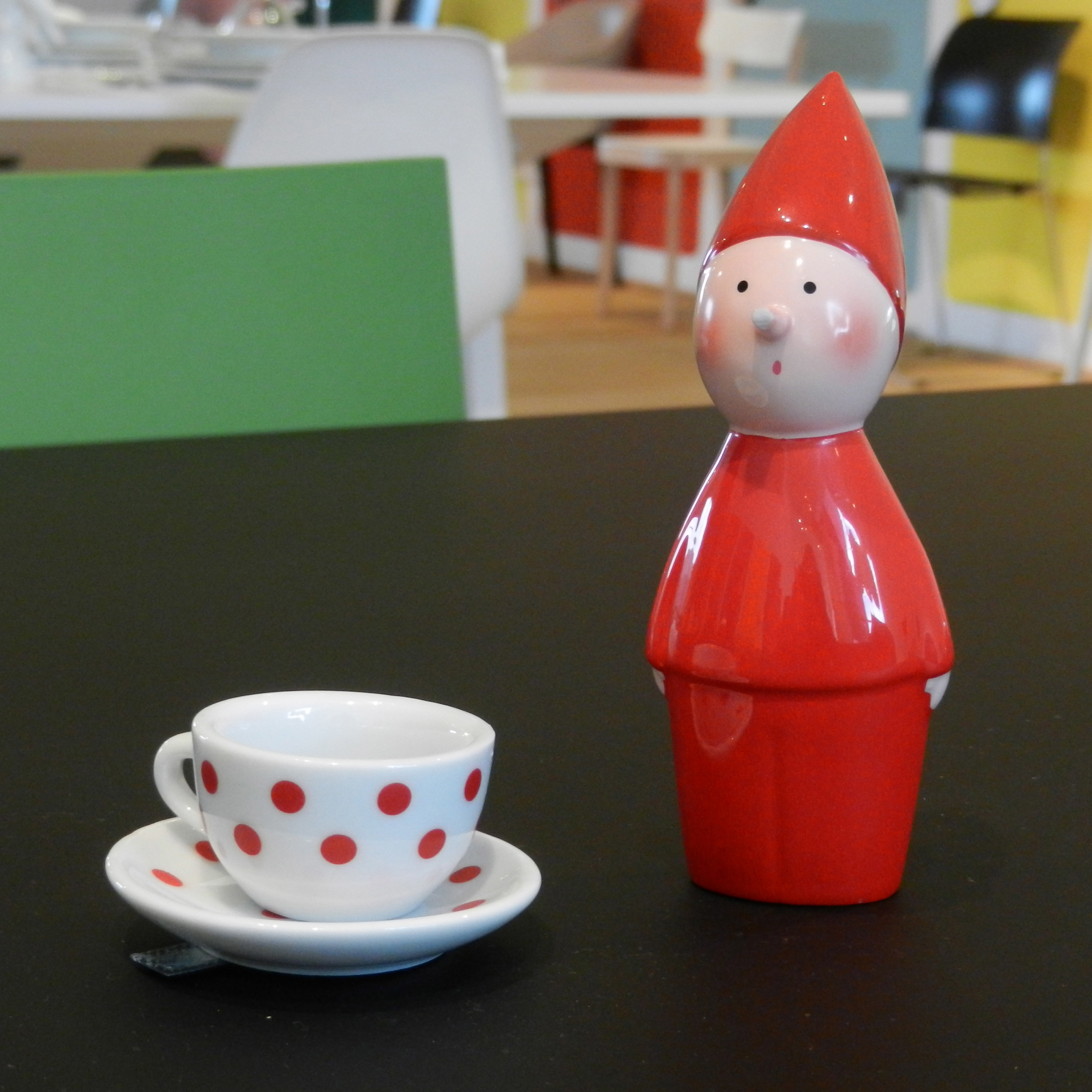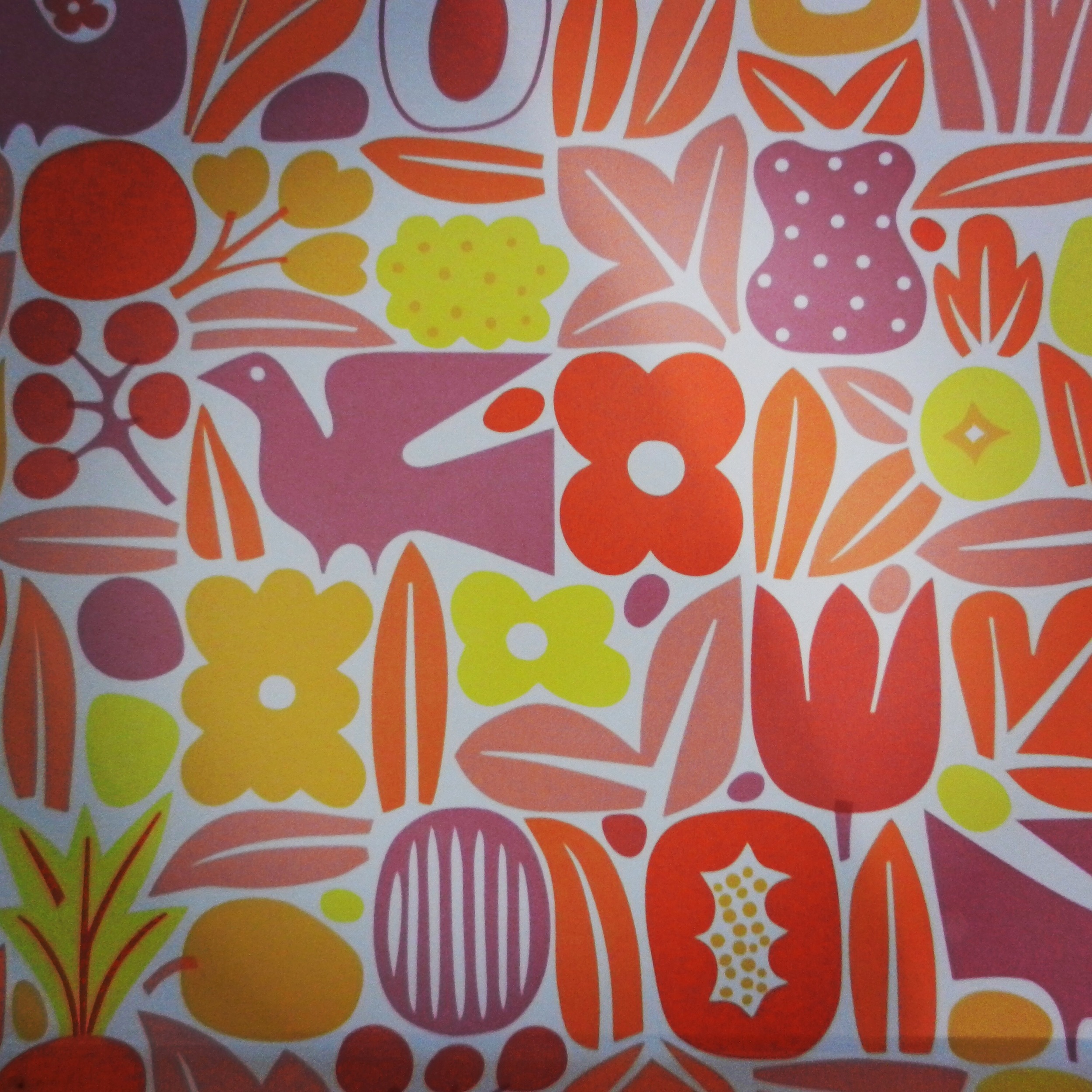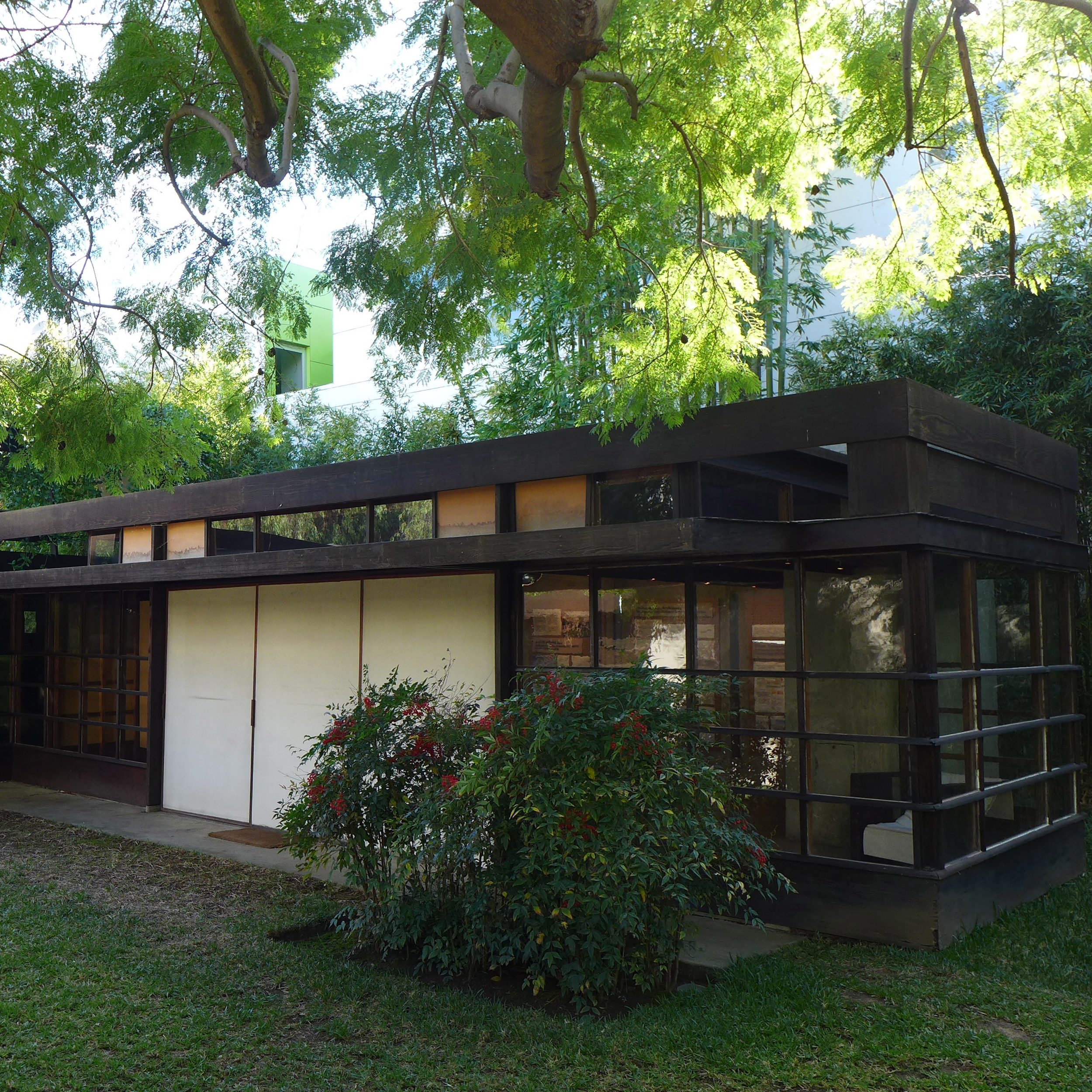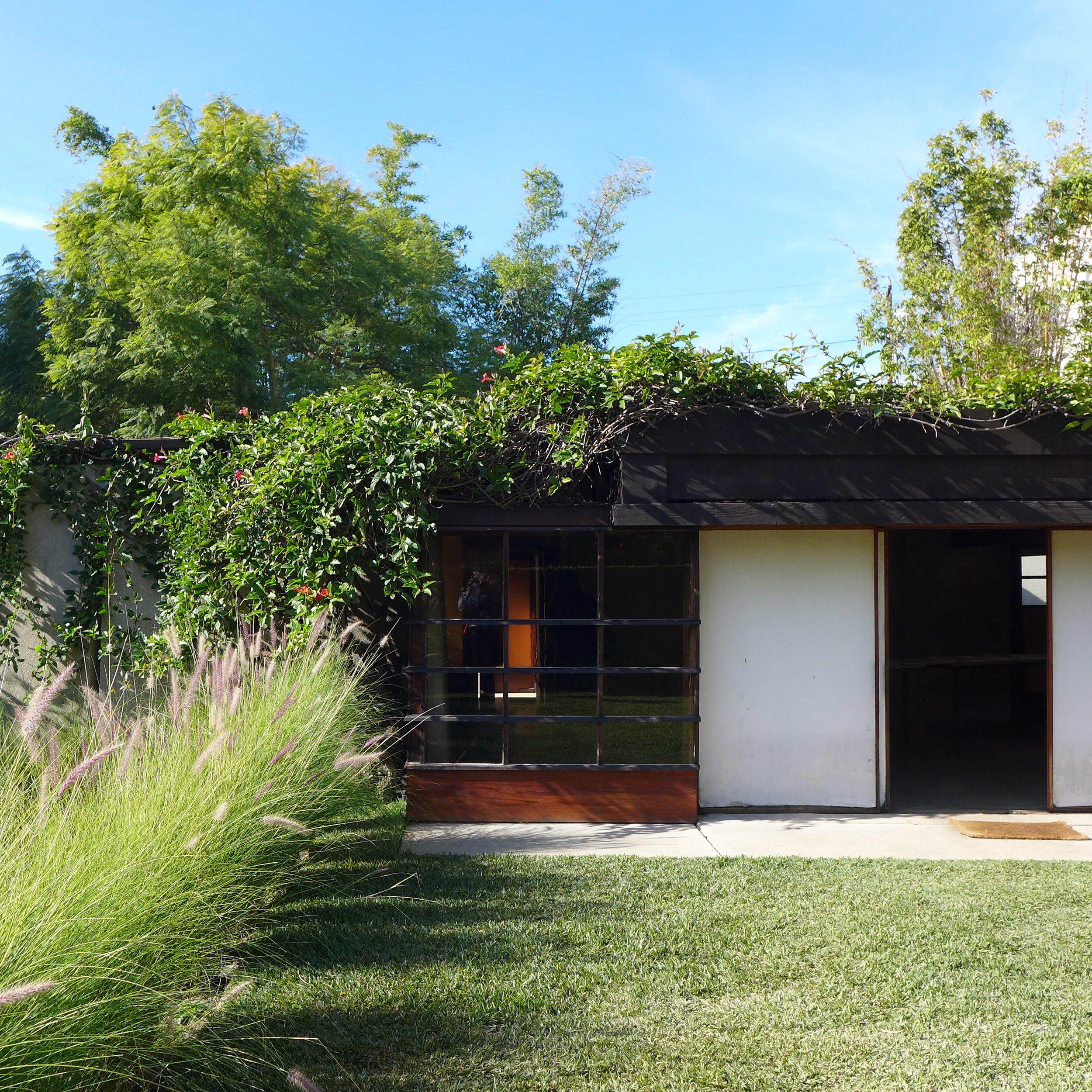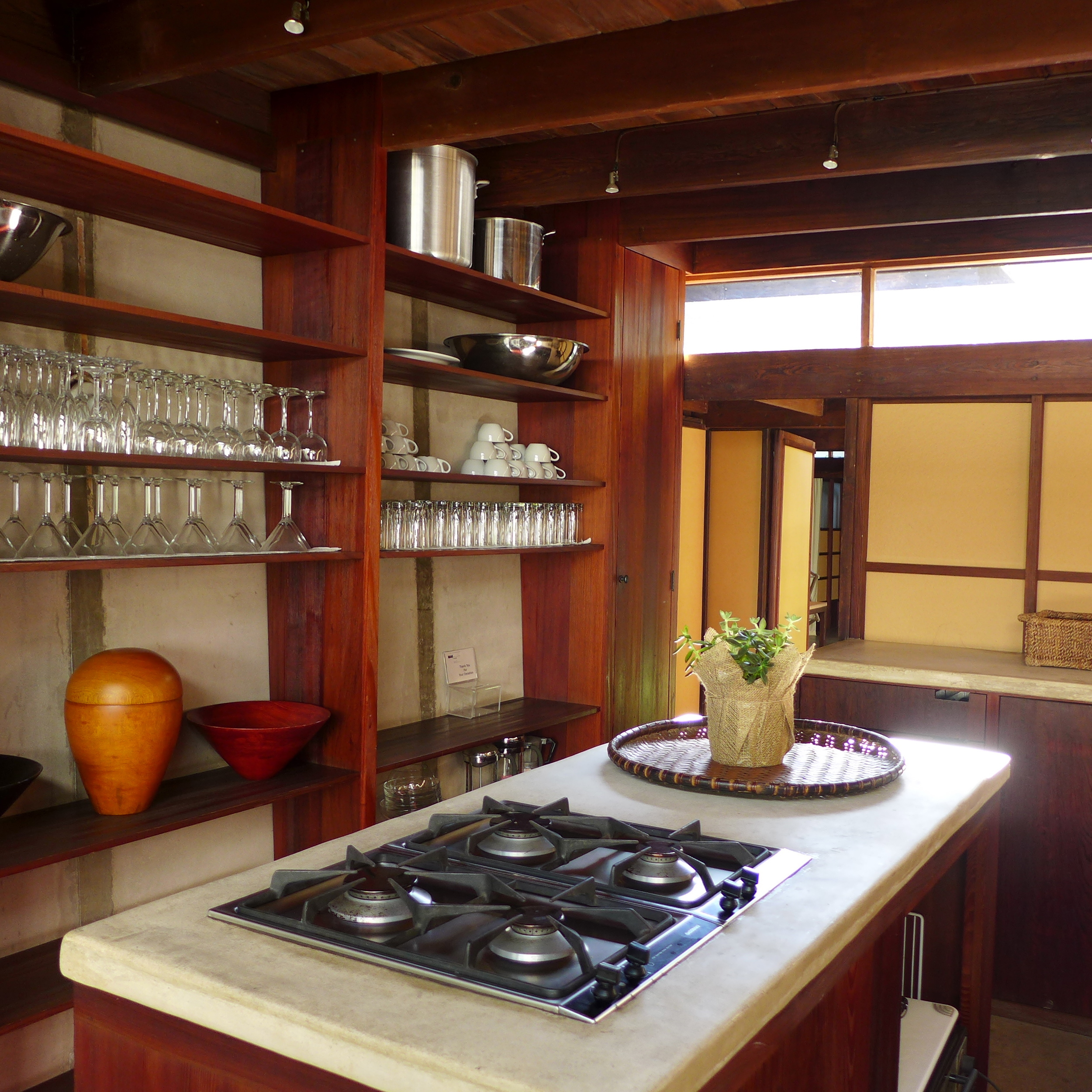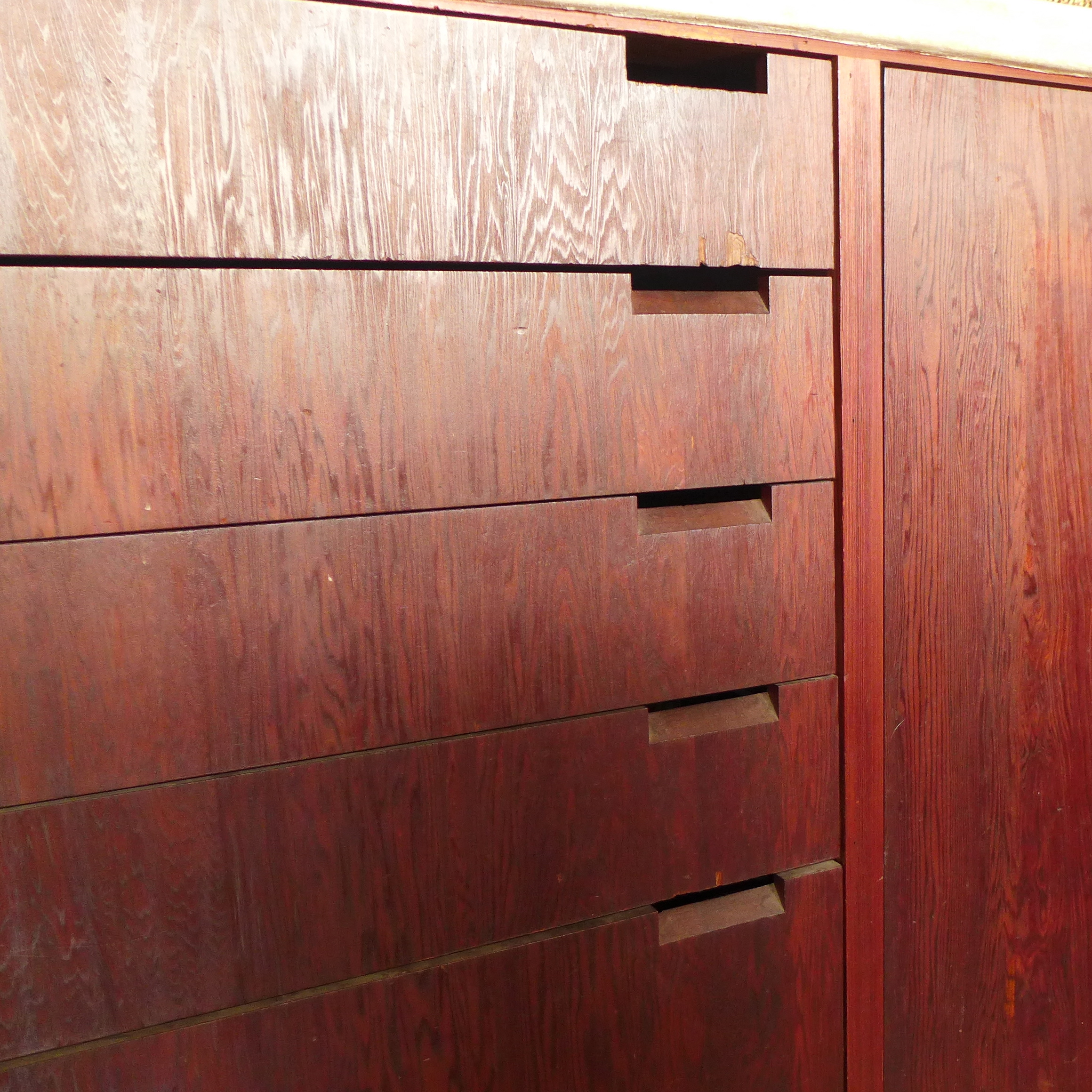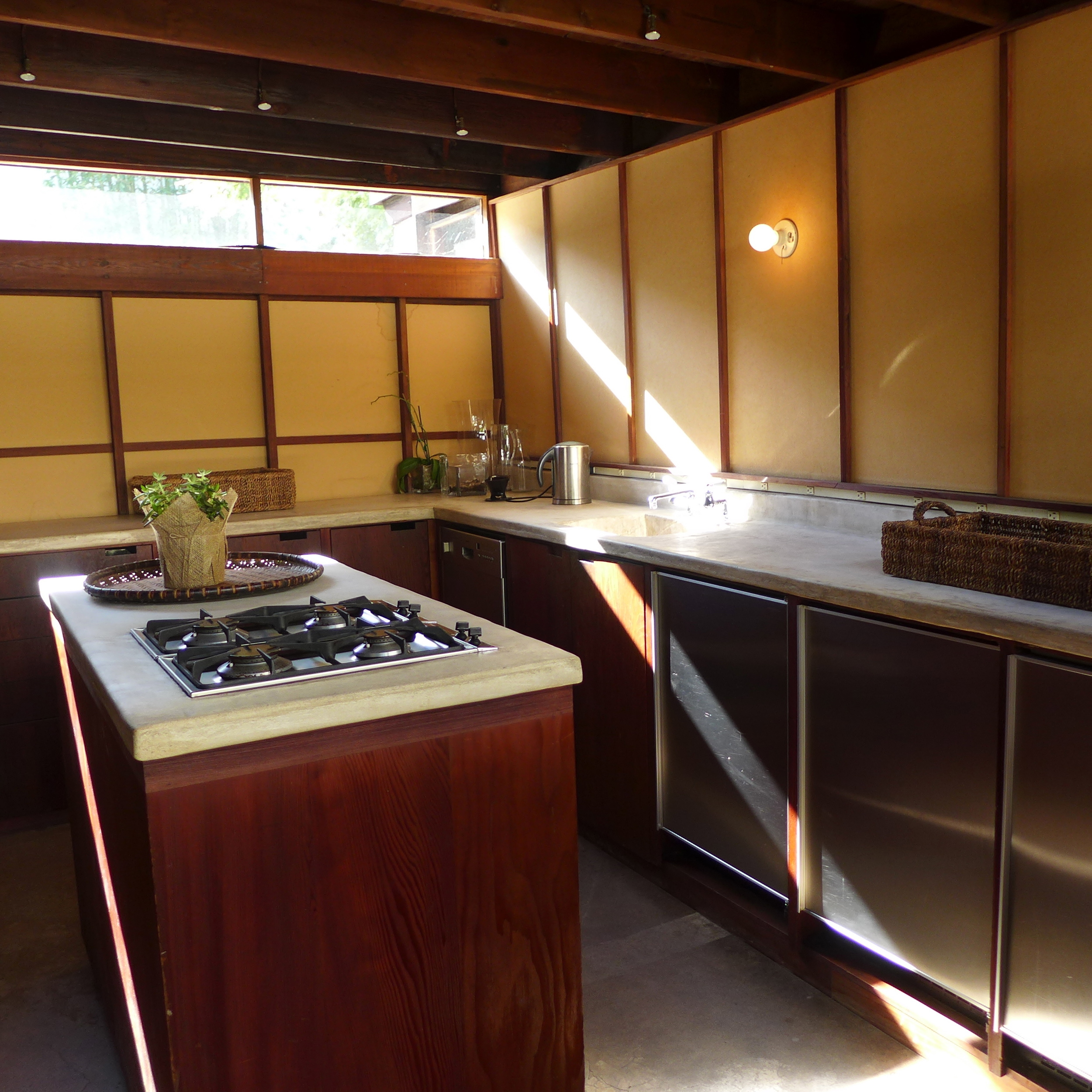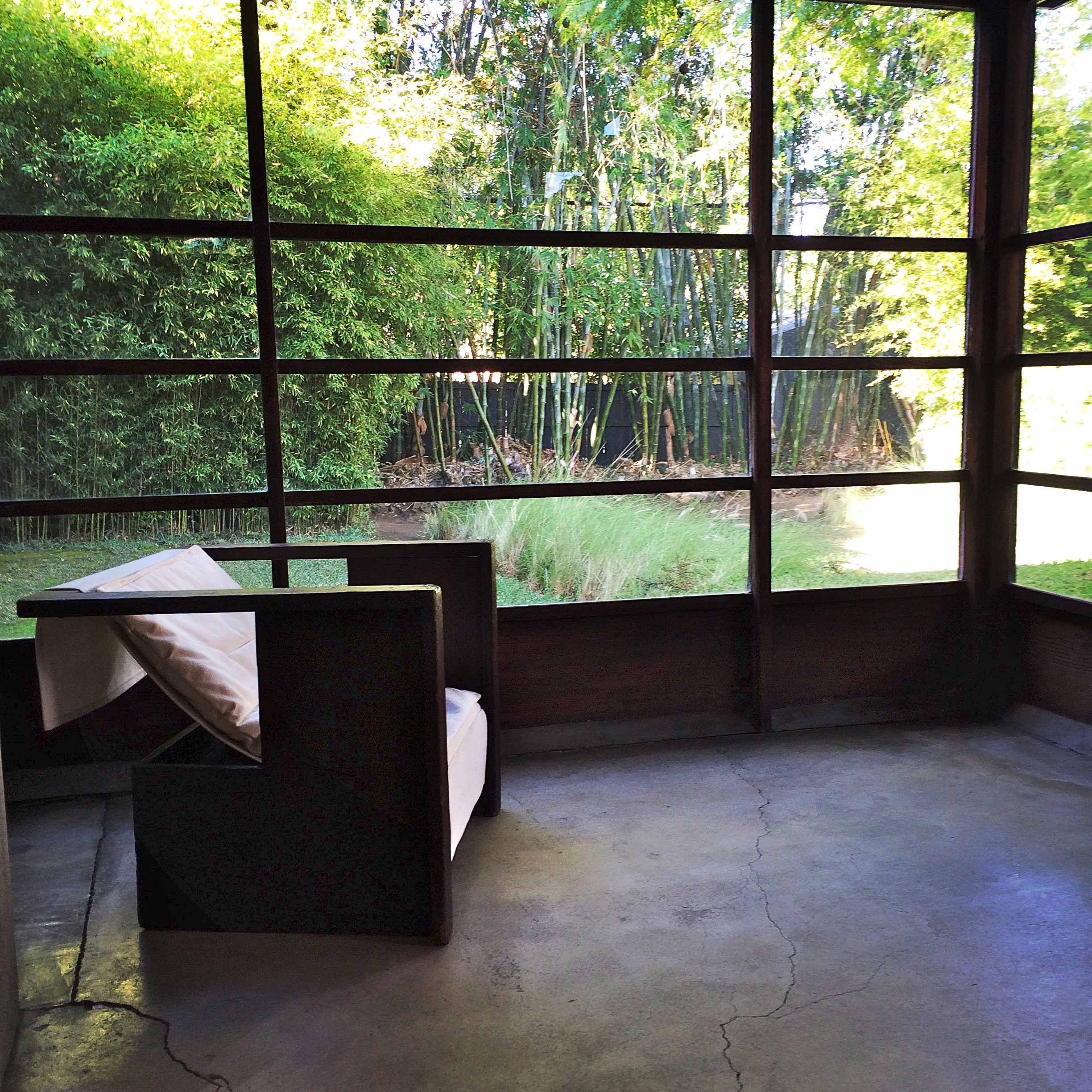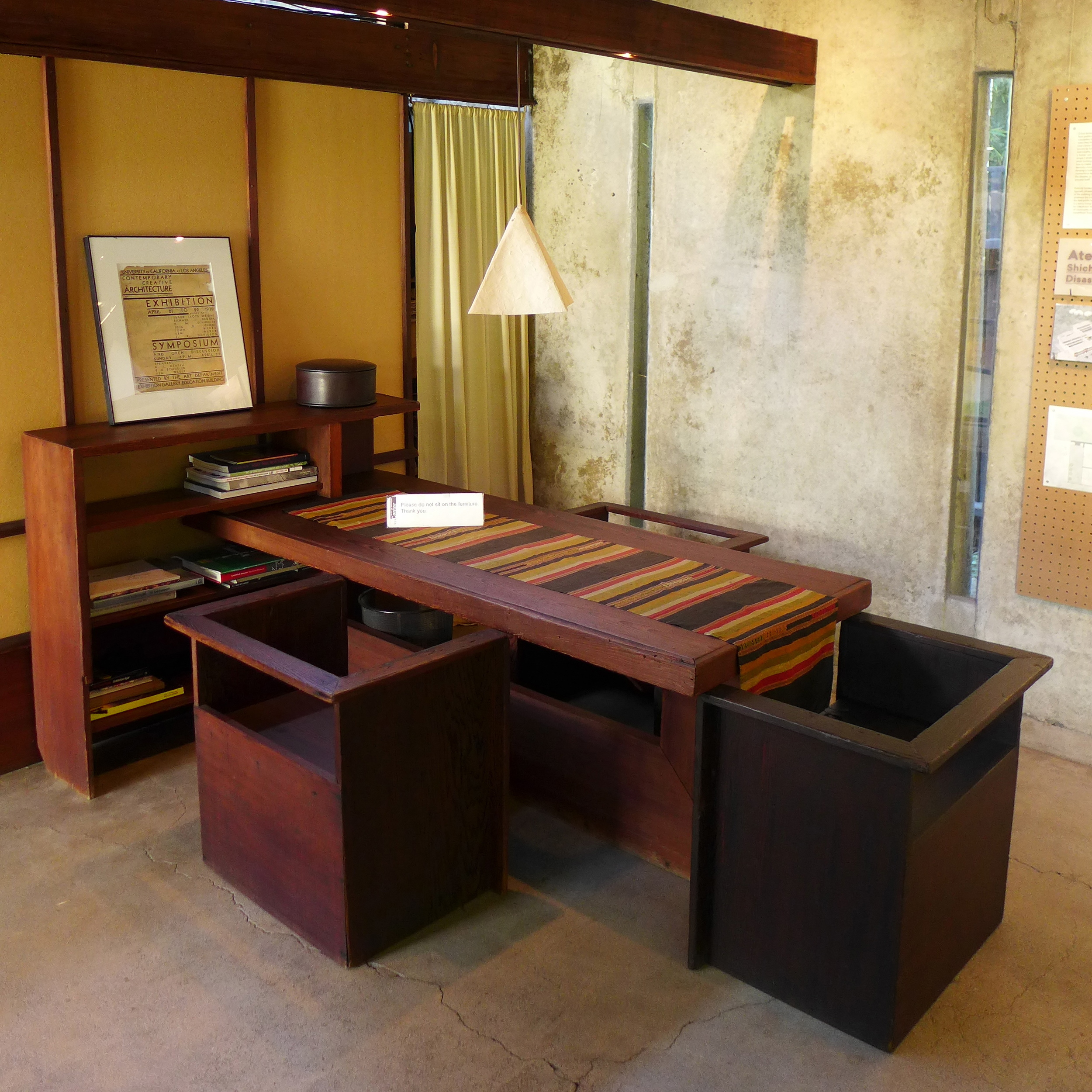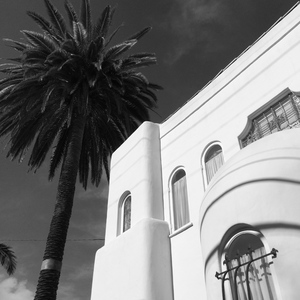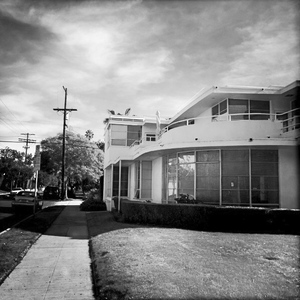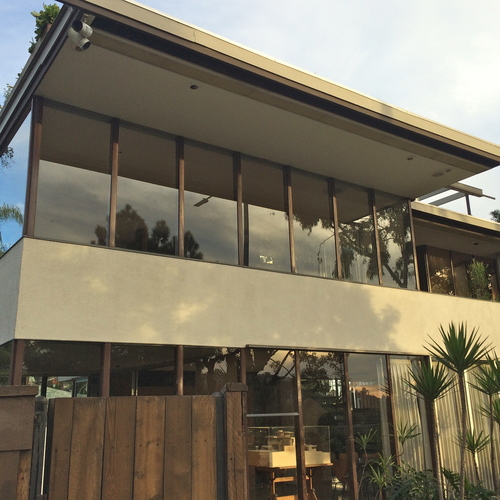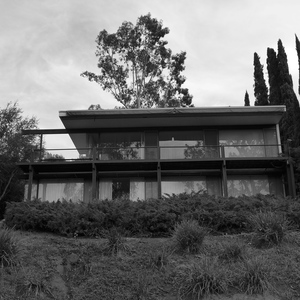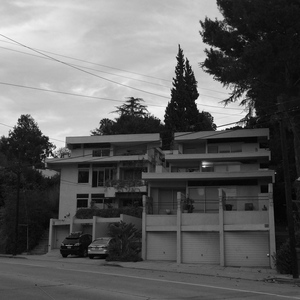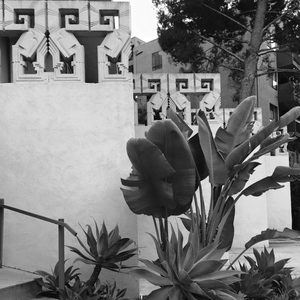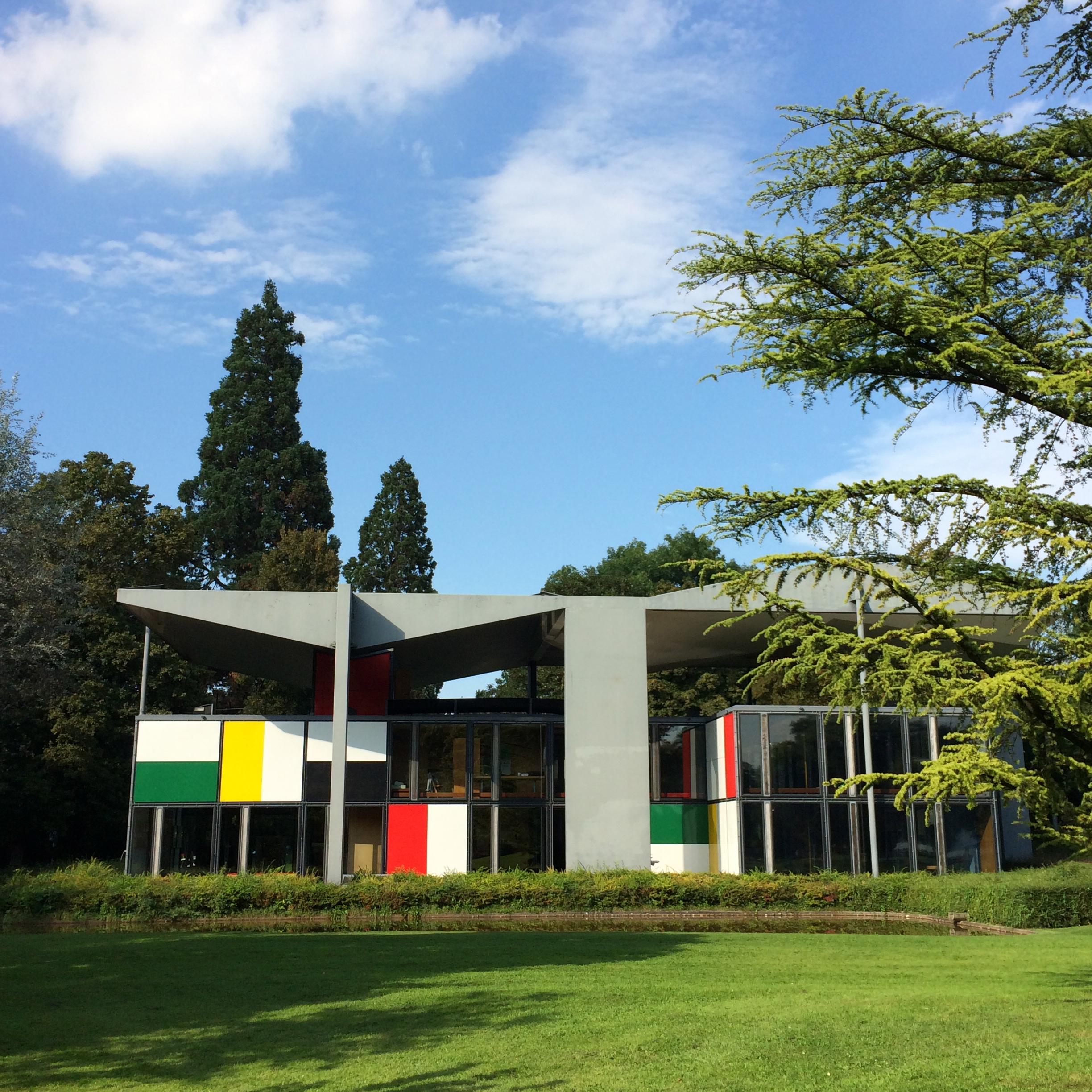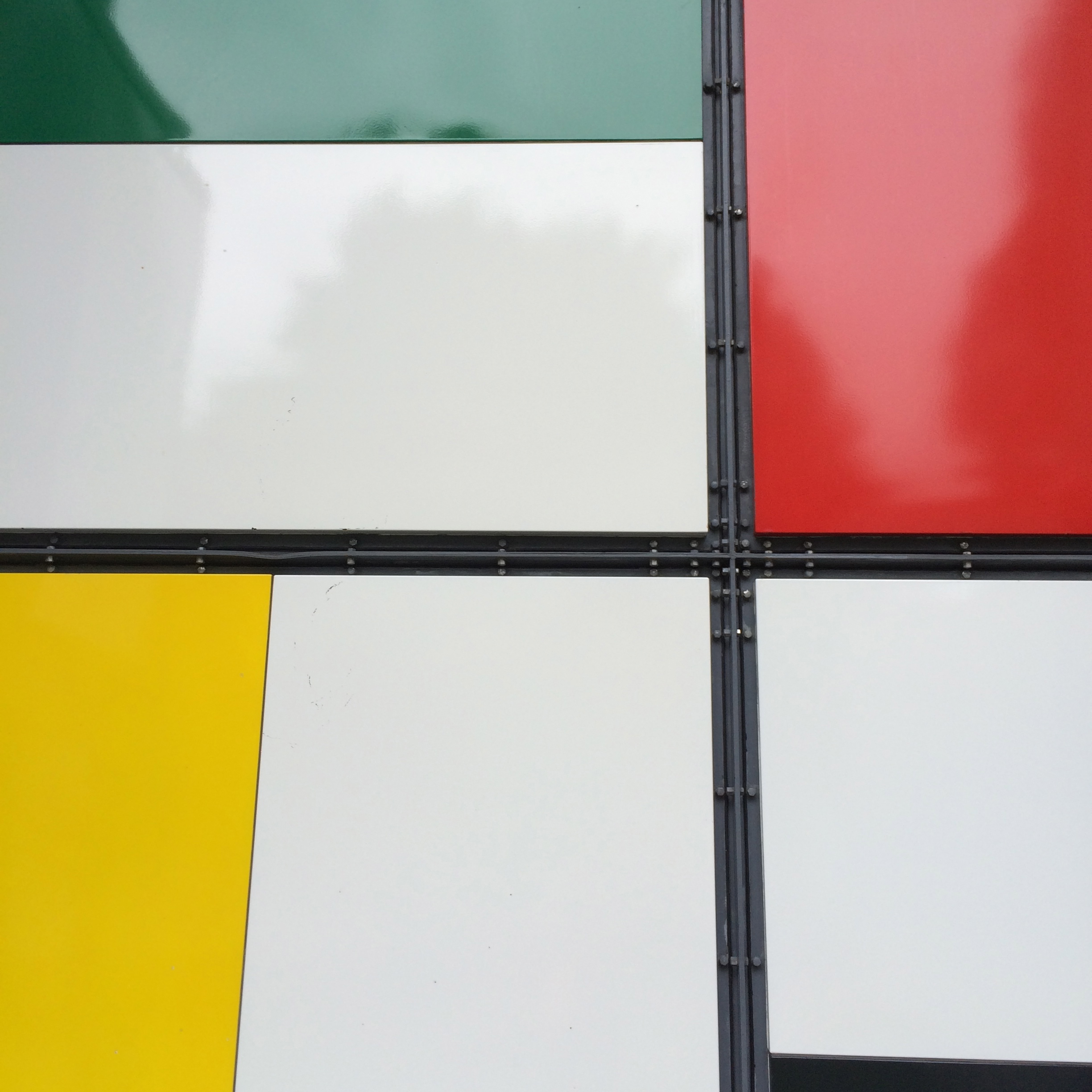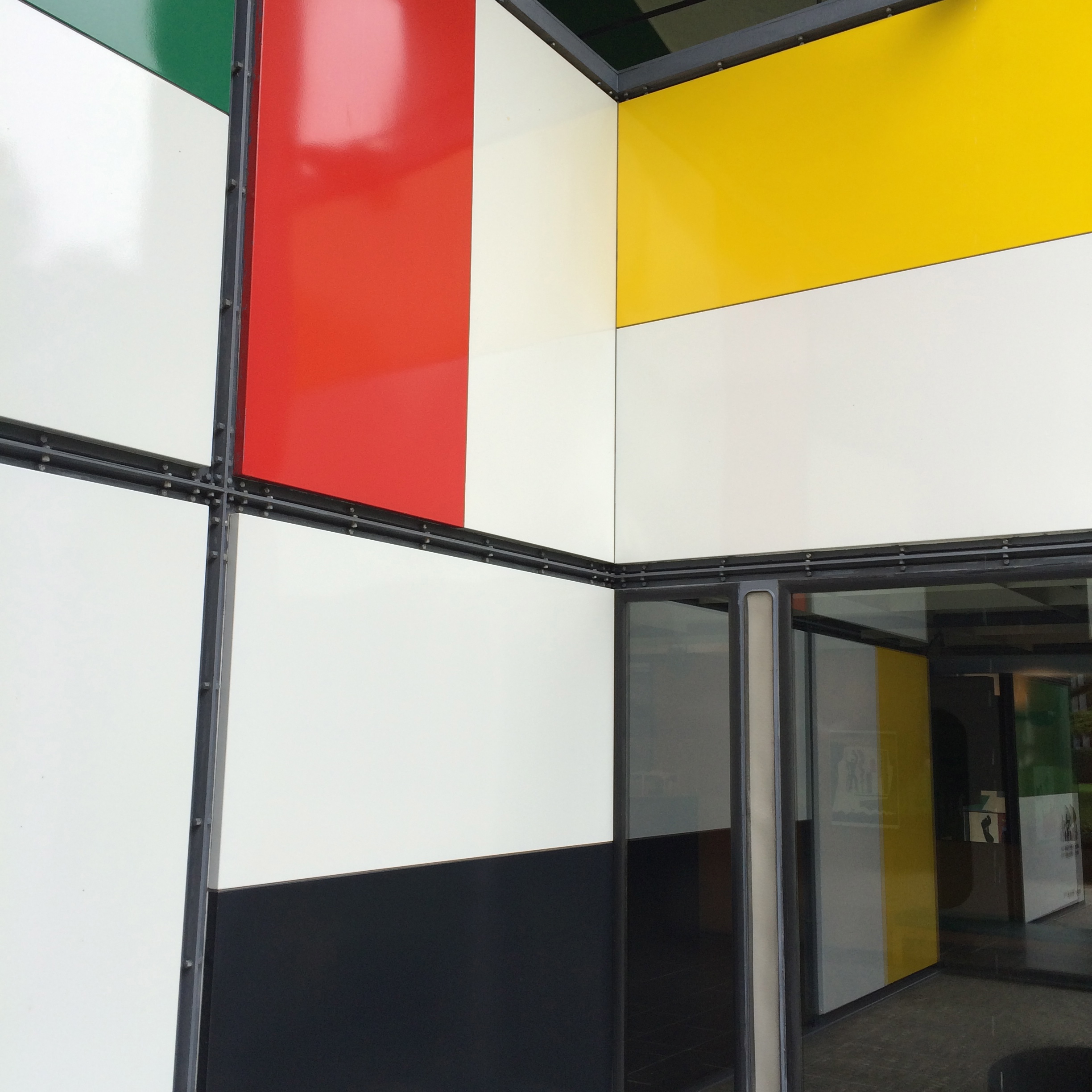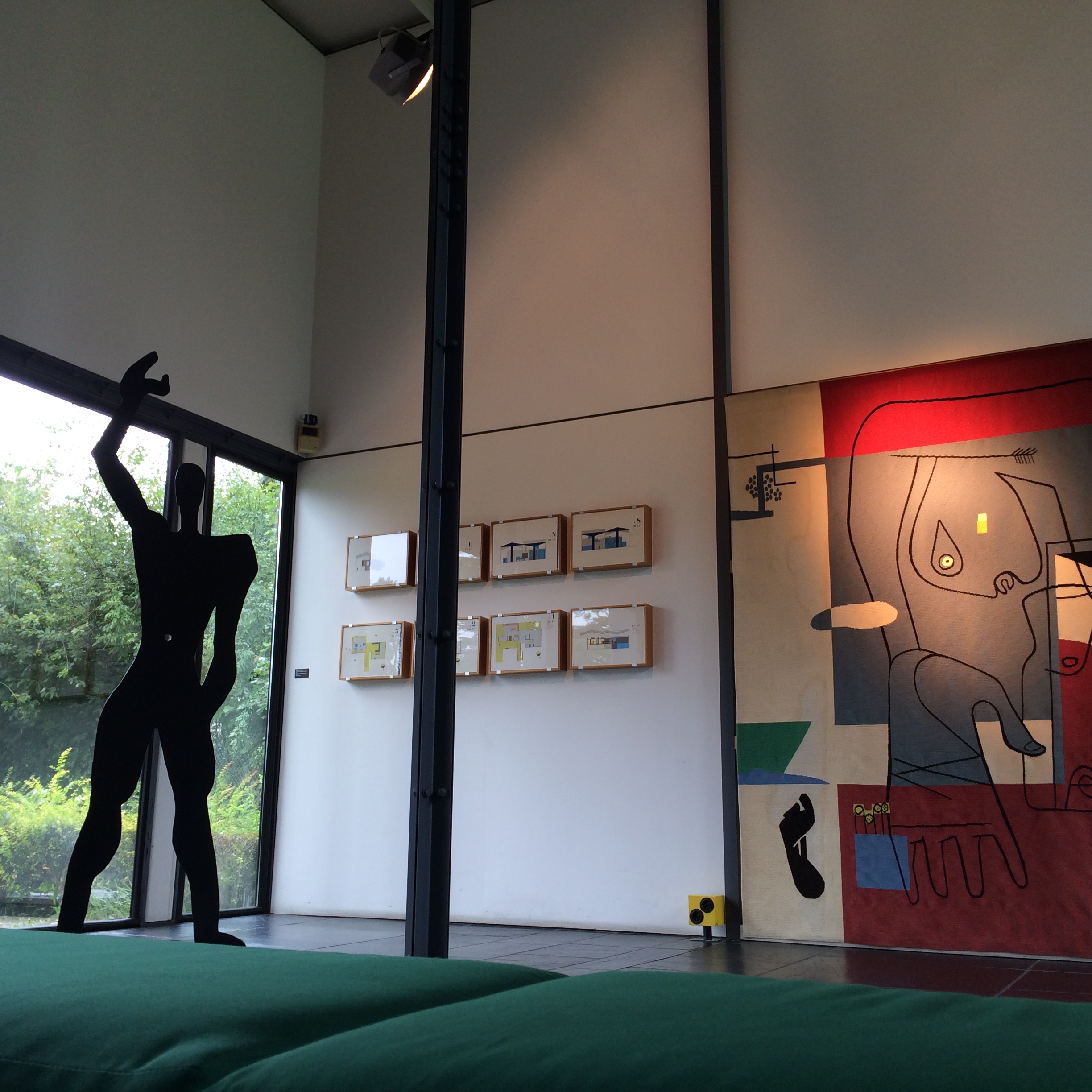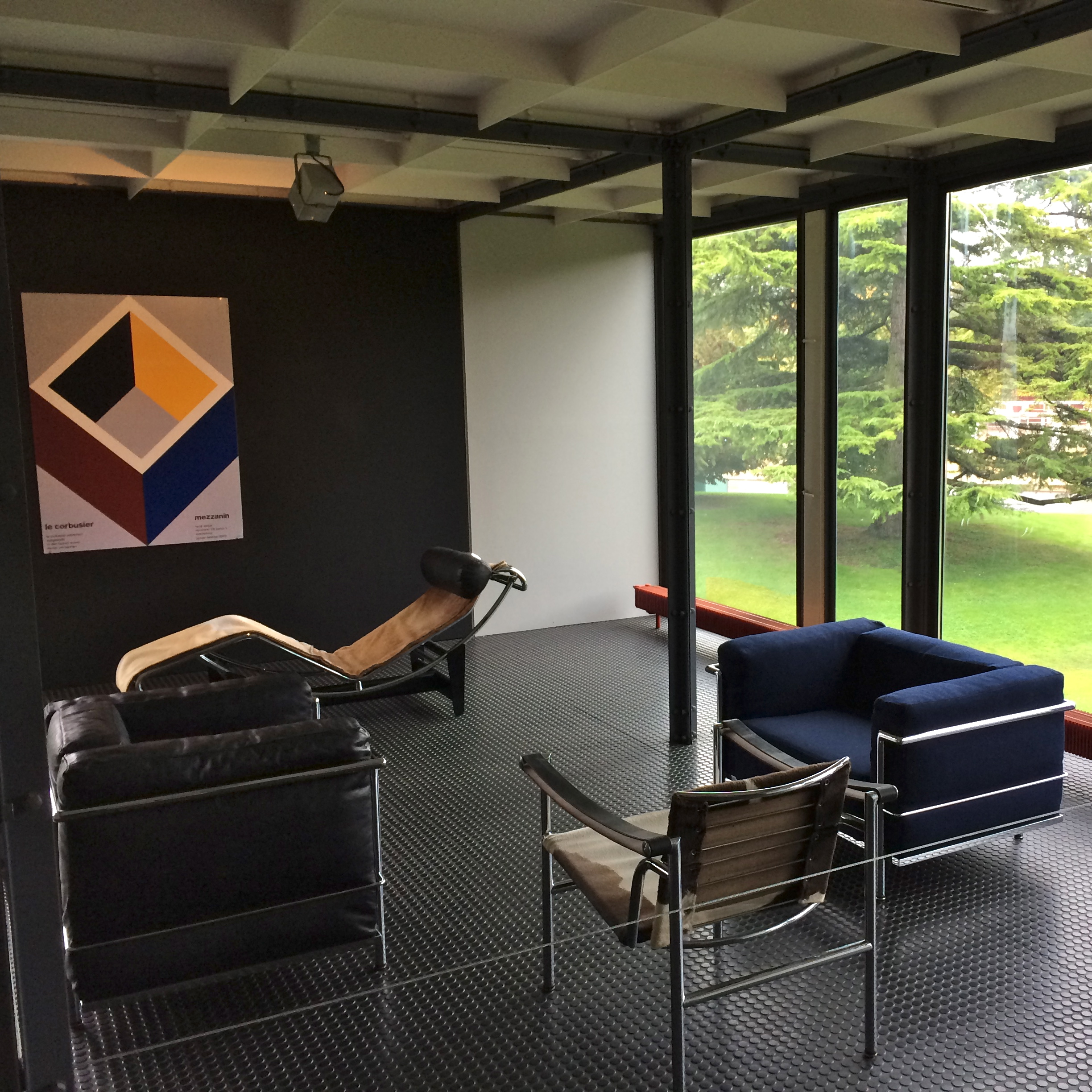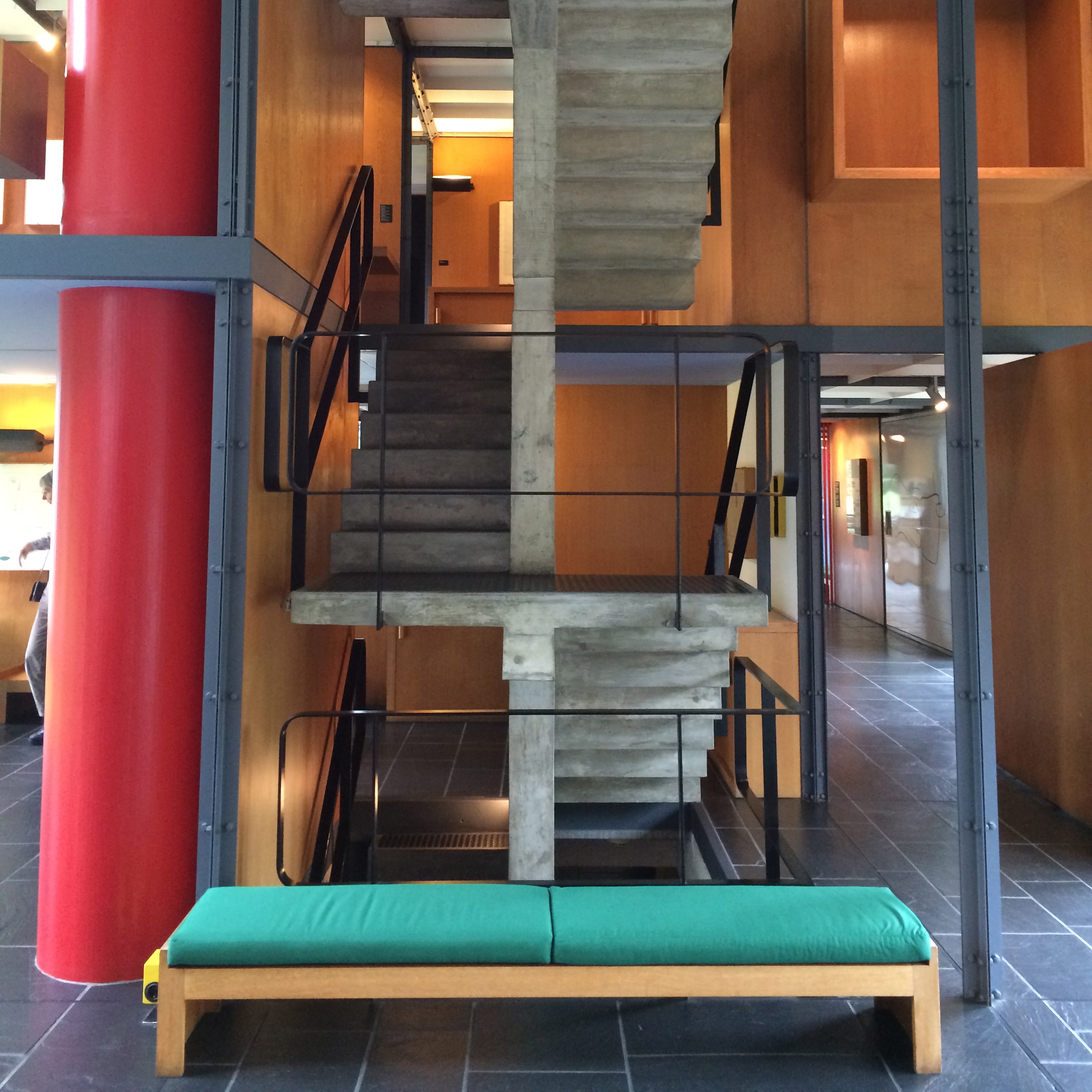Filtering by Category: interior design
Visit at Heart Castle
Umberto Eco,Travels in Hyperreality describing Heart Castle:
The striking aspect of the whole is not the quantity of antique pieces plundered from half of Europe, or the nonchalance with which the artificial tissue seamlessly connects fake and genuine, but rather the sense of fullness, the obsessive determination not to leave a single space that doesn’t suggest something, and hence the masterpiece of bricolage, haunted by horror vacui, that is here achieved. The insane abundance makes the place unlivable, just as it is hard to eat those dishes that many classy American restaurants, all darkness and wood paneling, dotted with soft red lights and invaded by nonstop music, offer the customer as evidence of his own situation of “affluence”: steaks four inches thick with lobster (and baked potato and sour cream and melted butter, and grilled tomato and horse radish sauce) so the customer will have “more and more” and can wish nothing further.
An incomparable collection of genuine pieces too, the Castle of Citizen Kane achieves a psychedelic effect and a kitsch result not because the Past is not distinguished from the Present (because after all this was how the great lords of the past amassed rare objects, and the same continuum of styles can be found in many Romanesque churches where the nave is now baroque and perhaps the campanile is eighteenth century), but because what offends is the voracity of the selection, and what distresses is the fear of being caught up by this jungle of venerable beauties, which unquestionably has its own wild flavor, its own pathetic sadness, barbarian grandeur, and sensual perversity, redolent of contamination, blasphemy, the Black Mass. It is like making love in a confessional with a prostitute dressed in a prelate’s liturgical robes reciting Baudelaire while ten electronic organs reproduce The Well-Tempered Clavier, played by Scriabin.
FOG design + art Fair
Fog Fair in San Francisco: Fabulous!
Vitra Design Museum
Vitra is a Swiss family-owned furniture company founded by Willi and Erika Fehlbaum. After WWII they moved the production facilities of their small furniture shop located in Biersfelden, Switzerland, to Weil am Rhein, Germany, and named their company Vitra. On his US trip in 1953, Willi Fehlbaum discovered the designs of Charles & Ray Eames. Subsequently, he acquired the production licenses through Herman Miller not only for Eames but also for George Nelson. In 1967 the Panton chair by Verner Panton was launched, the first cantilever chair made out of plastic. In 1977 son Rolf Fehlbaum took over and in 1984 the partnership with Herman Miller was terminated - without loosing the rights to designs by Charles & Ray Eames and George Nelson for Europe and the Middle East. Today, Vitra produces furniture for homes, offices and public areas. Their home collection includes not only classics by Charles & Ray Eames, Verner Panton and Alexander Girard but also pieces by designers such as Antonio Citterio, Ronan & Erwan Bouroullec and Hella Jongerius to name just a few.
The Vitra Campus is always worth a day visit. At the VitraHaus, designed by Herzog & deMeuron, you get a chance to stroll around, explore your love for design and place an order for any design piece your heart desires. The Frank Gehry's Vitra Design Museum consistently features exquisite exhibits on the works by important designers such as Alvaro Aalto, Gerrit Rietveld, Charles & Ray Eames. And there is also a two-hour architectural tour (both in German and English), which gives you a closer look at the production facilities designed by a group of the most notable architects of today.
To learn more, visit Vitra.
Vitra & G-Star RAW launch Prouvé RAW Office Edition.
Vitra Campus Architecture
The architectural campus features following buildings:
Petrol Station, Jean Prouvé, ca. 1953/2003
Airstream Kiosk, 1968/2011
Dome, Richard Buckminster Fuller, 1978/2000
Factory Buildings, Nicholas Grimshaw, 1981/1986
Balancing Tools, Claes Oldenburg & Coosje van Bruggen, 1984
Vitra Design Museum Gallery and Gate, Frank Gehry, 1989
Vitra Design Museum, Frank Gehry, 1989
Factory Building, Frank Gehry, 1989
Fire Station, Zaha Hadid, 1993
Conference Pavilion, Tadao Ando, 1993
Factory Building, Álvaro Siza, 1994
Bus Stop, Jasper Morrison, 2006
VitraHaus, Herzog & de Meuron, 2010
Diogene, Renzo Piano, 2013
Promenade, Álvaro Siza 2014
Vitra Slide Tower, Carsten Höller, 2014
LA.6: Eames House
Built as part of John Entenza's Case Study House Program, the Eames Studio House (#8) is one of America's great 20th century houses. Charles and Ray Eames purchased the lot in 1945 shortly after they had moved to California. Initially designed jointly by Charles Eames and Eerio Saarinen, the original plans of a cantilever were changed during the construction phase (1947-49) to accomodate the current lay-out. The final design consists of two metal-framed double-height boxes - one pavilion used as residence, one as studio. Set against a eucalyptus-covered hillside, the Eames House overlooks a beautiful meadow with a magnificent view of the pacific ocean.
We got lucky enough to enjoy an outstanding private interior tour, which was didactically very well thought out. For almost three hours we immersed ourselves into the world of Charles and Ray Eames. The open, maximized space of the interior was very impressive and their collection of memorabilia astounding. Apparently the house has not been altered over the years; kitchen and furniture - all is still original. We left with a fulfilled and inspired heart taking with us one of Charles Eames fitting quotes: "We take our pleasures seriously" .
Located on 203 Chautauqua Blvd, Pacific Palisades CA 90272
To learn more, visit The Eames House.
To learn more about the Case Study House Program, visit Art & Architecture, Wikipedia and CurbedLA.
Aa a side note: driving along Chautauqua Blvd, you will notice a Brutalist cliff hanger. In case you are curious, it was built in 1979 by Robert Bridges….
LA.5: Schindler & Neutra
Schindler House
R.M. Schindler (1887-1853) studied at the Academy of Fine Arts under Adolf Loos and arrived in the United States in 1914. Initially he was working for Ottenheimer, Stern & Reichart in Chicago. A big admirer of Frank Llyod Wright, he was able to secure work with him in 1918. Schindler left Wright's Studio after completing the Barnsdall project in 1921.
The Schindler/Chase Studio House (1921-22) is one of his most important works. Featuring a modernist canon, the studio house has regarded as the clearest example of Schindler's principles. Built as a double house for the Schindlers and the Chases, the house speaks of honest materials, efficiency and economy. I love the simplicity of the kitchen with its flat red wood panels and ergonomic lay-out. Japanese and Spanish influences are detectable in the way the plan opens all rooms to the atrium as well as the surrounding garden and elegantly marries inside with outside. The Schindler House is beautiful - a classic in modern architecture!
Located on 833 N. Kings Road, West Hollywood CA 90069.
To learn more, visit The Schindler House.
While in West Hollywood...
Two houses to explore down the street.
Top left: Apartment Building, Islamic Revival 1925, Carl Kay, on Sweetzer at Waring Aves.
Top center: Apartment Building, Islamic Revival 1925, Carl Kay, detail.
Top right: Duplex, 1936, William P. Kesling, on 754-756 Harper Ave.
VDL Research Compound
Richard Neutra (1892 - 1970) is considered to be one of the most important modernist architects. Neutra studied under Adolf Loos at the Vienna University of Technology. He came to the United States in 1921 and briefly worked for Frank Lloyd Wright. After accepting an invitation from his close university friend R. M. Schindler, he moved to Southern California, where he lived and built for the majority of his career.
The VDL Research Compound is named after Dir CH Van Der Leeuw, a dutch philanthropist, whose no-interest loan helped Richard Neutra build a radical, two story international style house with rooftop and balcony gardens. It was designed to accommodate Neutra's studio office and two residences. Built in 1933, it partially burned in 1963. The VDL Research Compound, the epitome of Neutra's aesthetic and beliefs, offers daily tours by Cal Poly Pomona Architecture students.
Located on on 2300 E. Silver Blvd, Silver Lake CA 90036
For tours, visit VDL.
To learn more, visit Neutra History.
While in Silver Lake…..
Silver Lake, despite being a small district, has a high concentration of first-rate architecture. It is one of the most important places in LA to visit. Modernists: Schindler, Neutra, Ain, Soriano, Harris, Lautner abound!
To learn more, visit Silver Lake Architecture.
Top left: Colony of Neutra Houses at Neutra Place.
Top center: Bubeshko Apartments by R. M. Schindler (1938 right; 1941 left) located on 2036-40 Griffith Park Blvd.
Top right: Bubeshko Apartments by R. M. Schindler, detail.
Centre Le Corbusier
The Maison l'Homme of Zurich, Switzerland, today the Centre Le Corbusier / Heidi Weber Museum, is an inspiring art museum, which I always make a point of visiting when I am back home.
The center was commissioned on the initiative of Heidi Weber, owner of the interior design gallery Mezzanin. She met Le Corbusier (Charles-Eduard Jeanneret, 1887- 1965) in 1958 in Roquebrune Cap Martin and maintained a close professional relationship with the architect throughout last years of his life.
Thanks to her inspiration and tenacity, Le Corbusier completed his sketch of the kind of dream house he had been working on since 1950. Heidi Weber's vision was a museum / an exhibition hall serving as the perfect space to house Le Corbusier's works of art - a Gesamtkunstwerk reflecting all aspects of his oeuvre: architecture, sculptures, paintings, furniture, design and theoretical writings in unified harmony. Construction began in 1964. The center was completed in 1967, after the death of Le Corbusier.
To learn more, visit Heidi Weber Museum.
